Pittsburgh's Oakland neighborhood is a busy area located about 2 miles East of Downtown on fairly hilly terrain. It is very different however; its main business area is compact and devoid of many highrises. Instead, the neighborhood is the city's core of higher education, dominated by the University of Pittsburgh on the West side (a campus that is integrated with the business core and surrounding cultural facilities and residential areas) and Carnegie Mellon University on the East side (a campus that is mostly insular). Grand historic buildings of the City Beautiful era form much of the core, while historic residential areas of the same time spread to the North and East, continuing to adjacent neighborhoods such as Shadyside and Squirrel Hill. The massive Schenley Park and its steep topography of grassy and leafy slopes and ravines forms the Southeast border. Oakland is such a rich area of notable early 20th Century architecture (as well as a sprinkling of modern buildings) that it deserves two threads; here is Part 2.
Carnegie Complex:
Near the center of Oakland is one of the city's great cultural institutions; several large connected buildings house the Carnegie Library of Pittsburgh Main Branch, Carnegie Music Hall, Carnegie Museum of Natural History, and Carnegie Museum of Art. The historic buildings were built in 1895 and 1907.
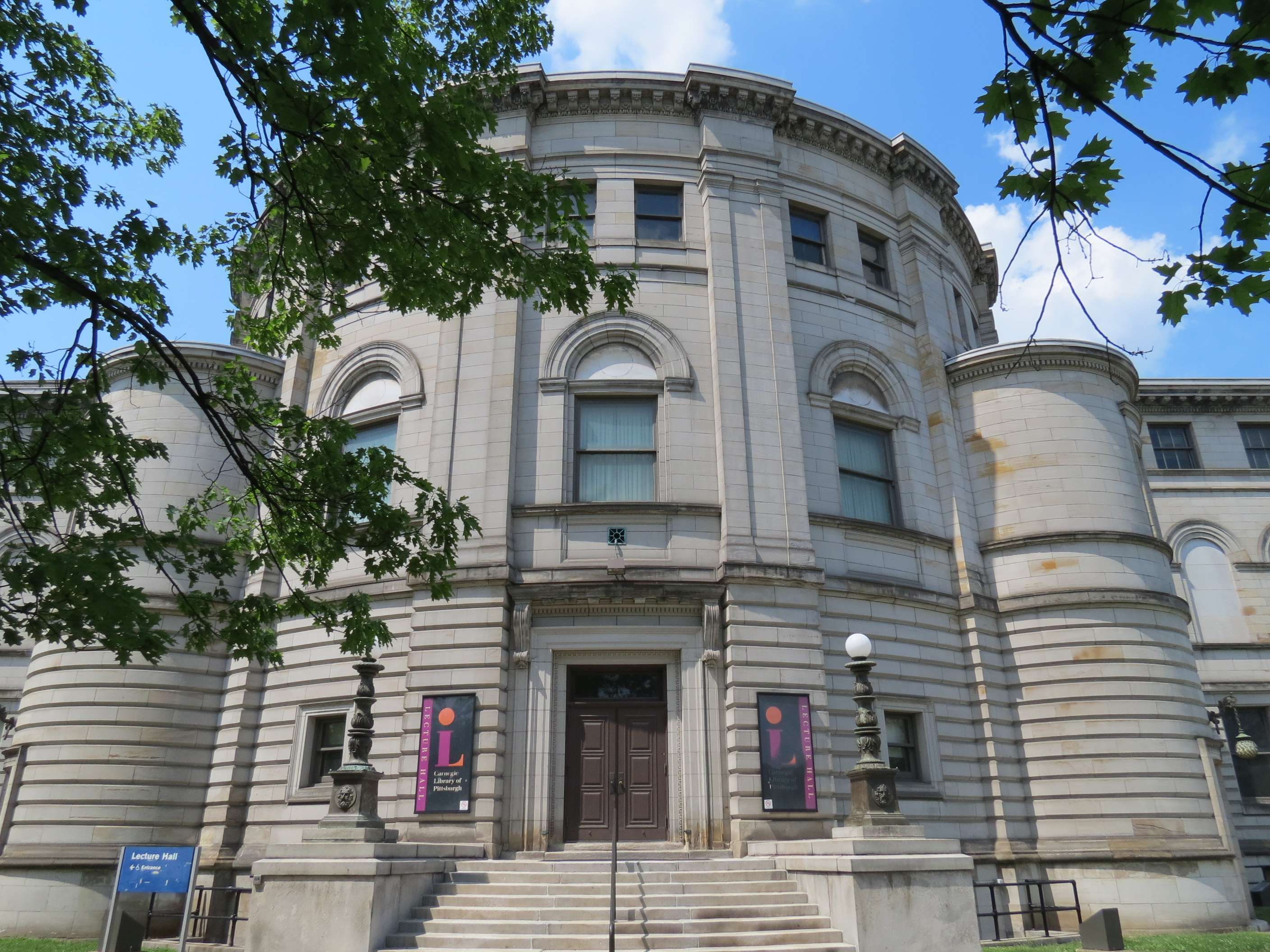
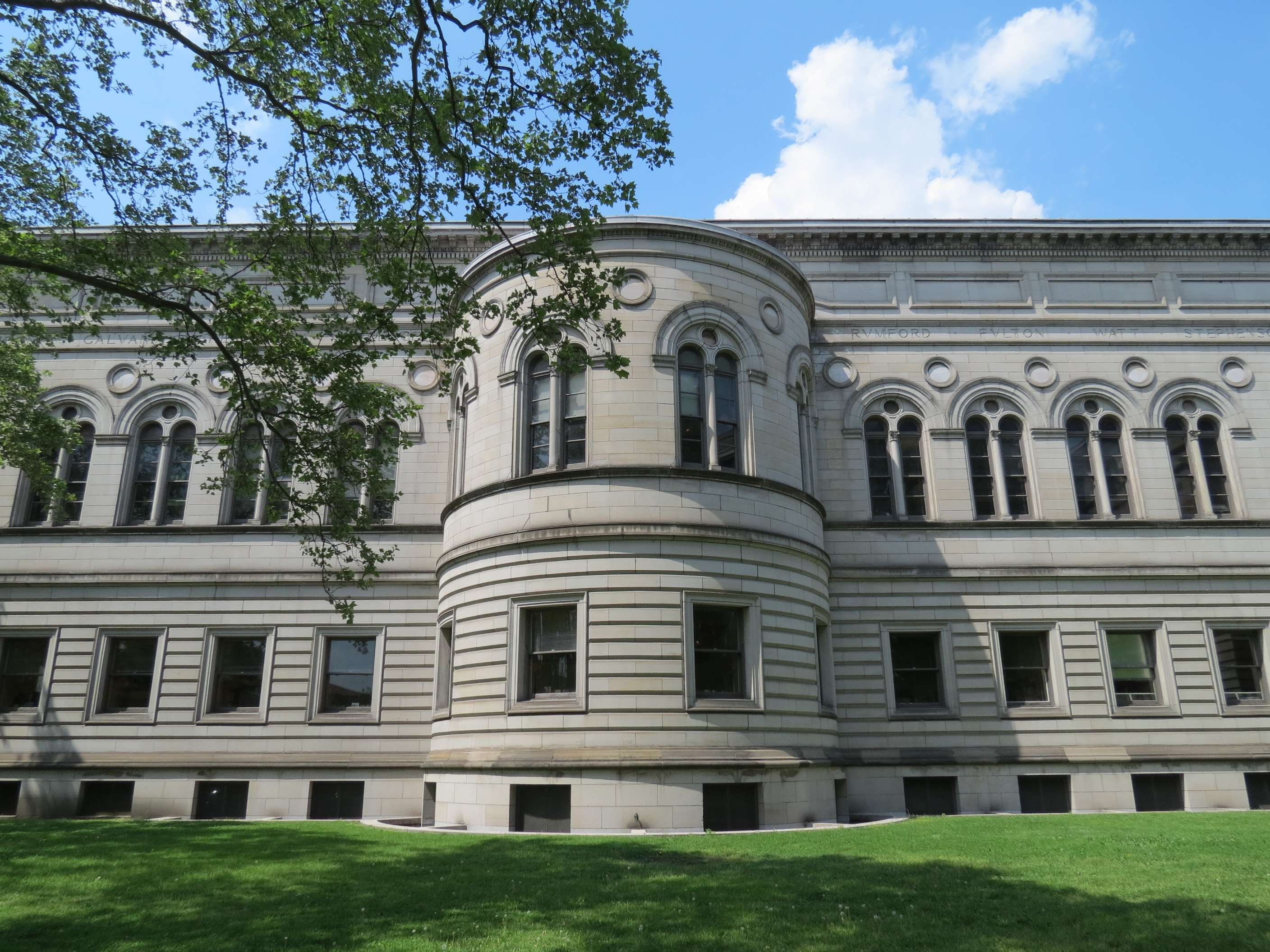
Carnegie Library of Pittsburgh, Main Branch:
This was not the first Carnegie Library bit is certainly a grand example of one of the early ones. Its entrance is separate from the other facilities in the complex.
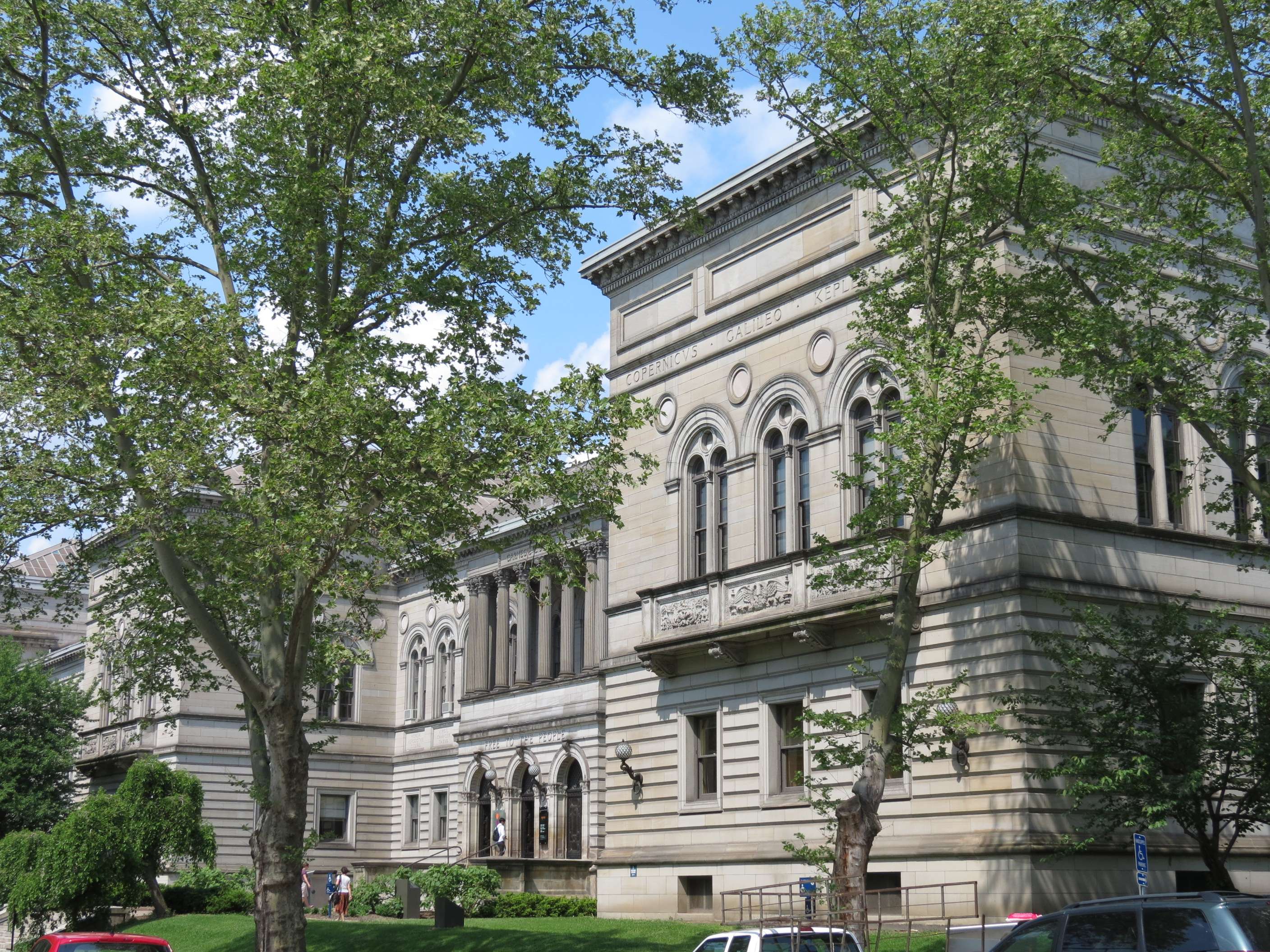
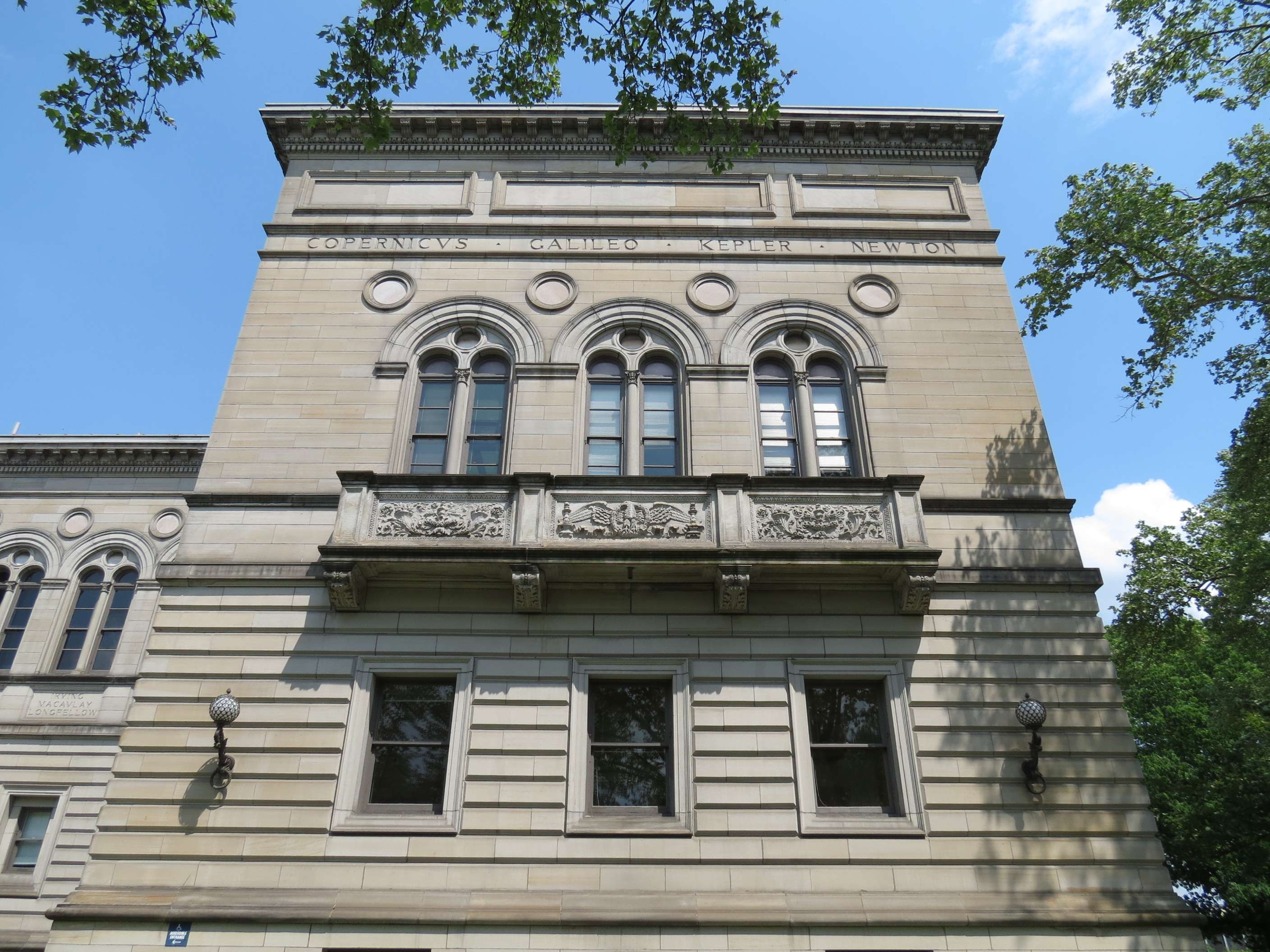
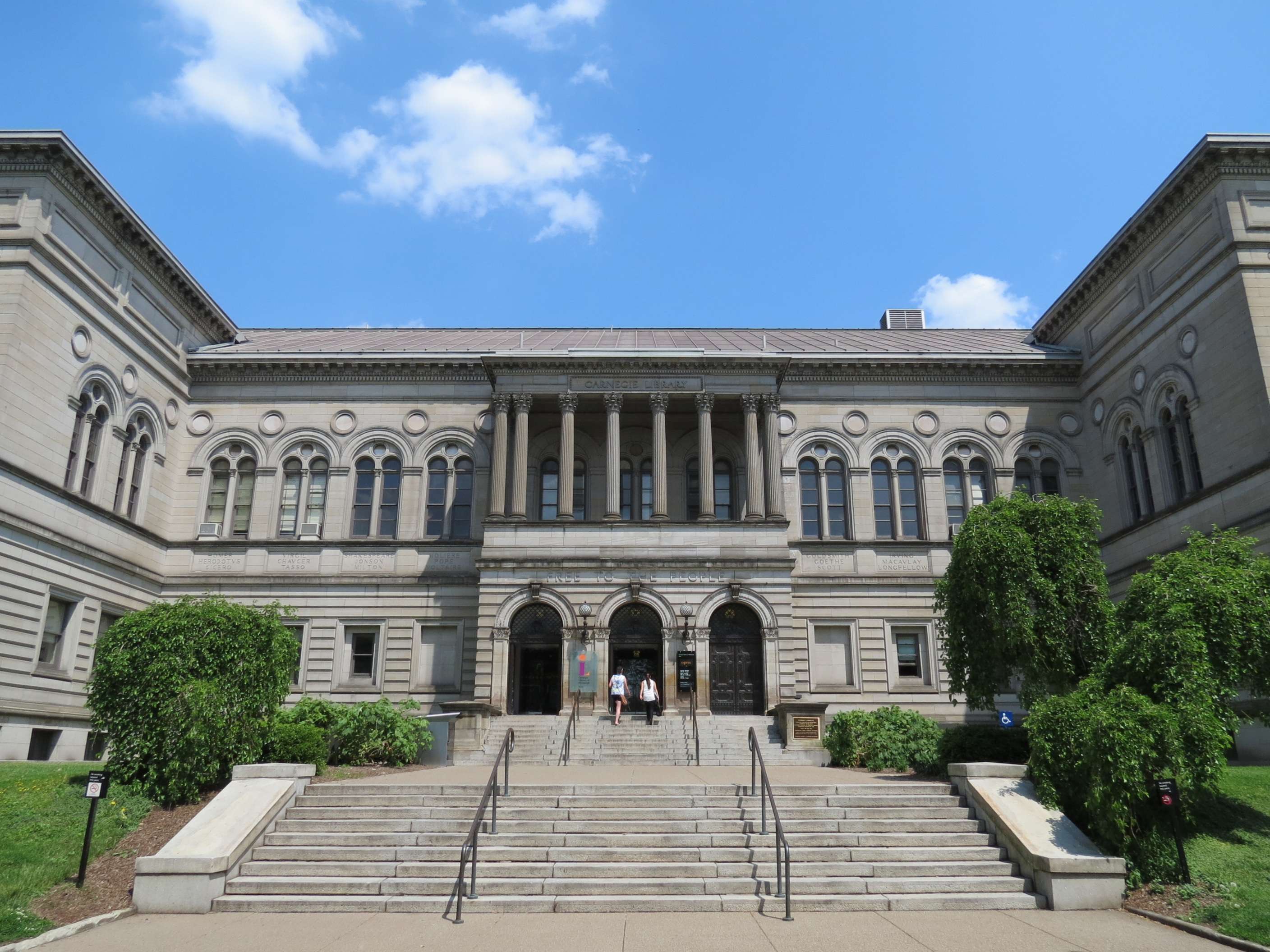
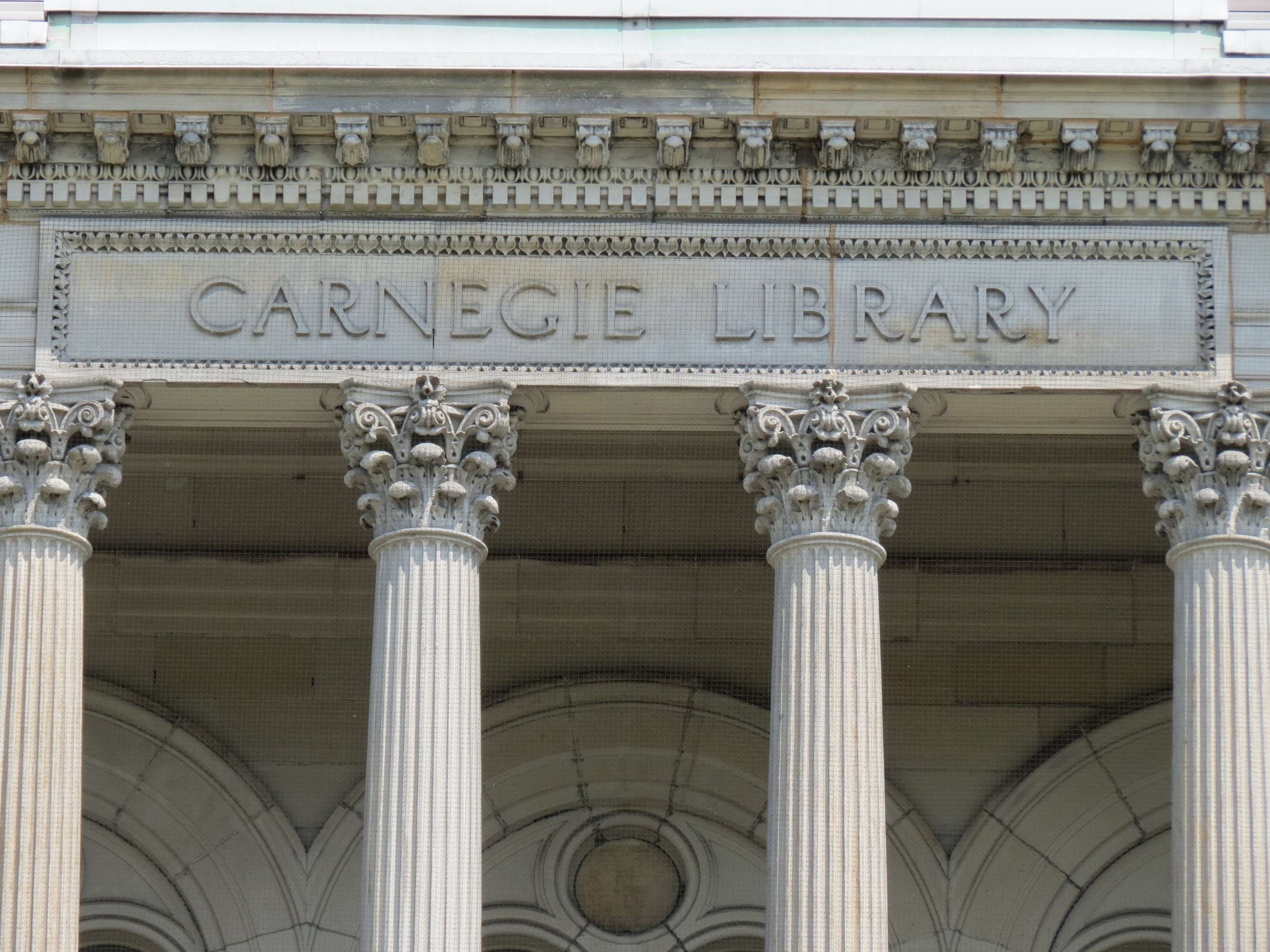
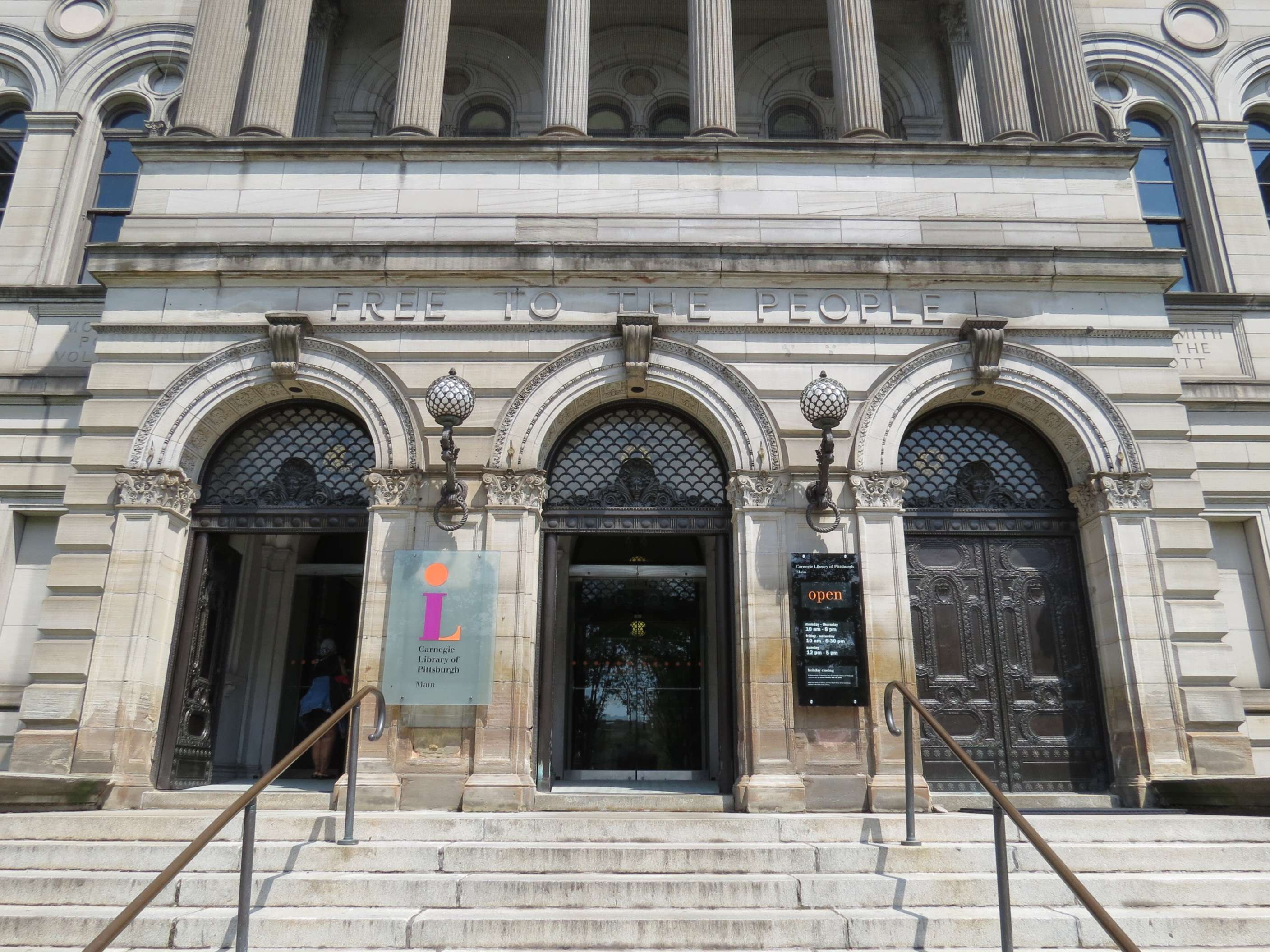
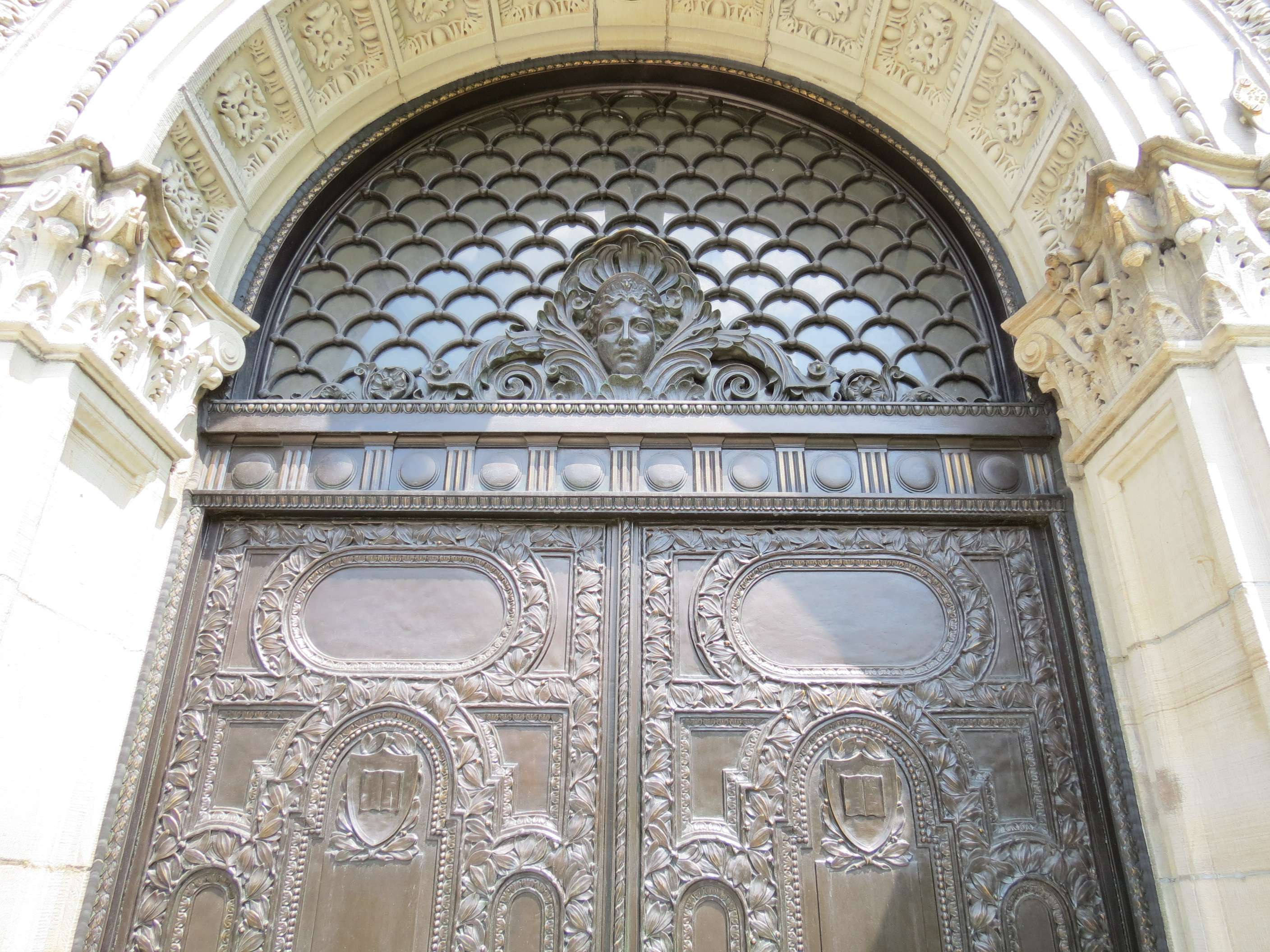
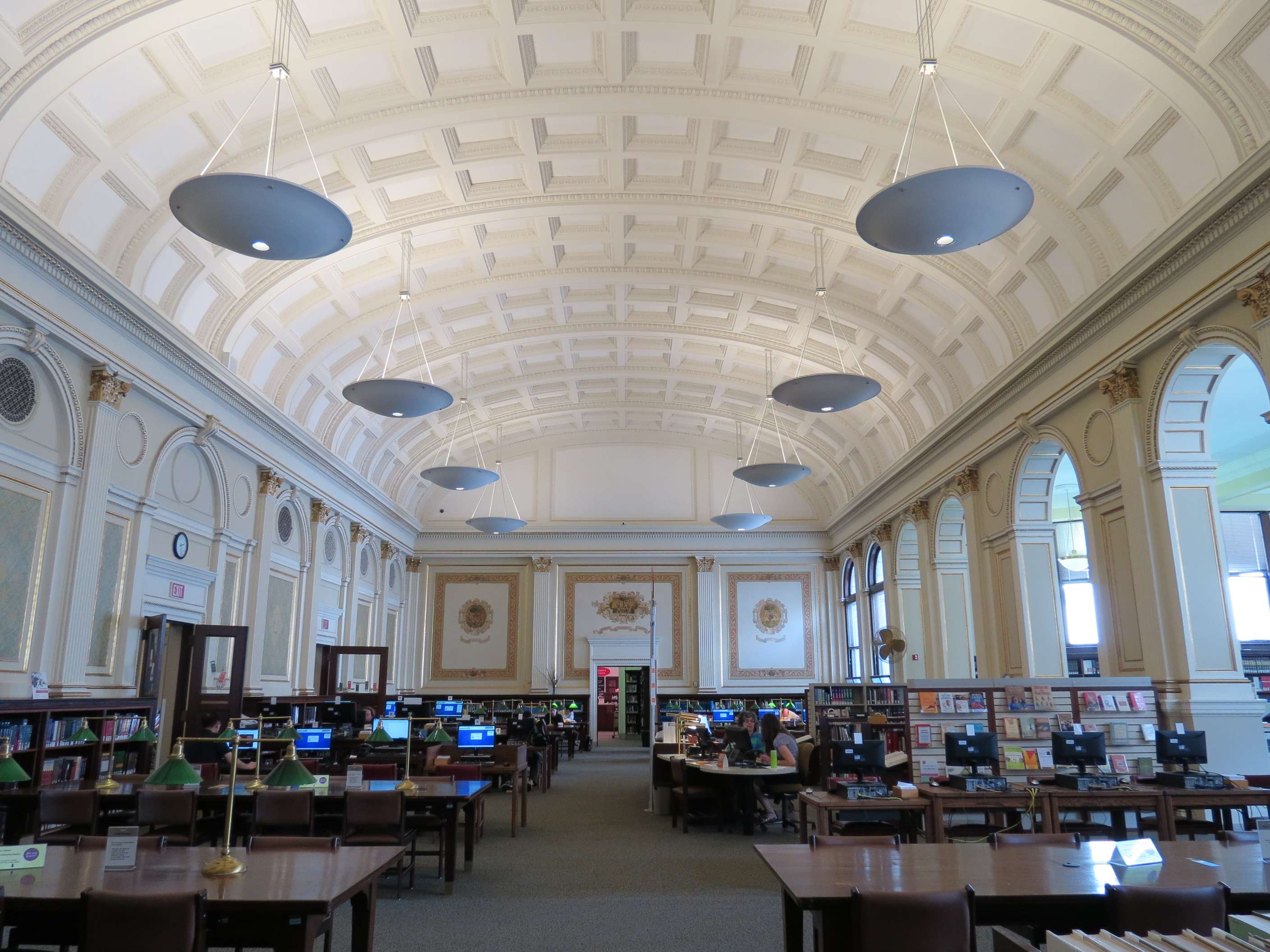
Carnegie Music Hall:
Entry to this part of the complex is from a separate outdoor staircase of from a connection from the museums to the foyer pictured here (theater interior was closed when I visited).
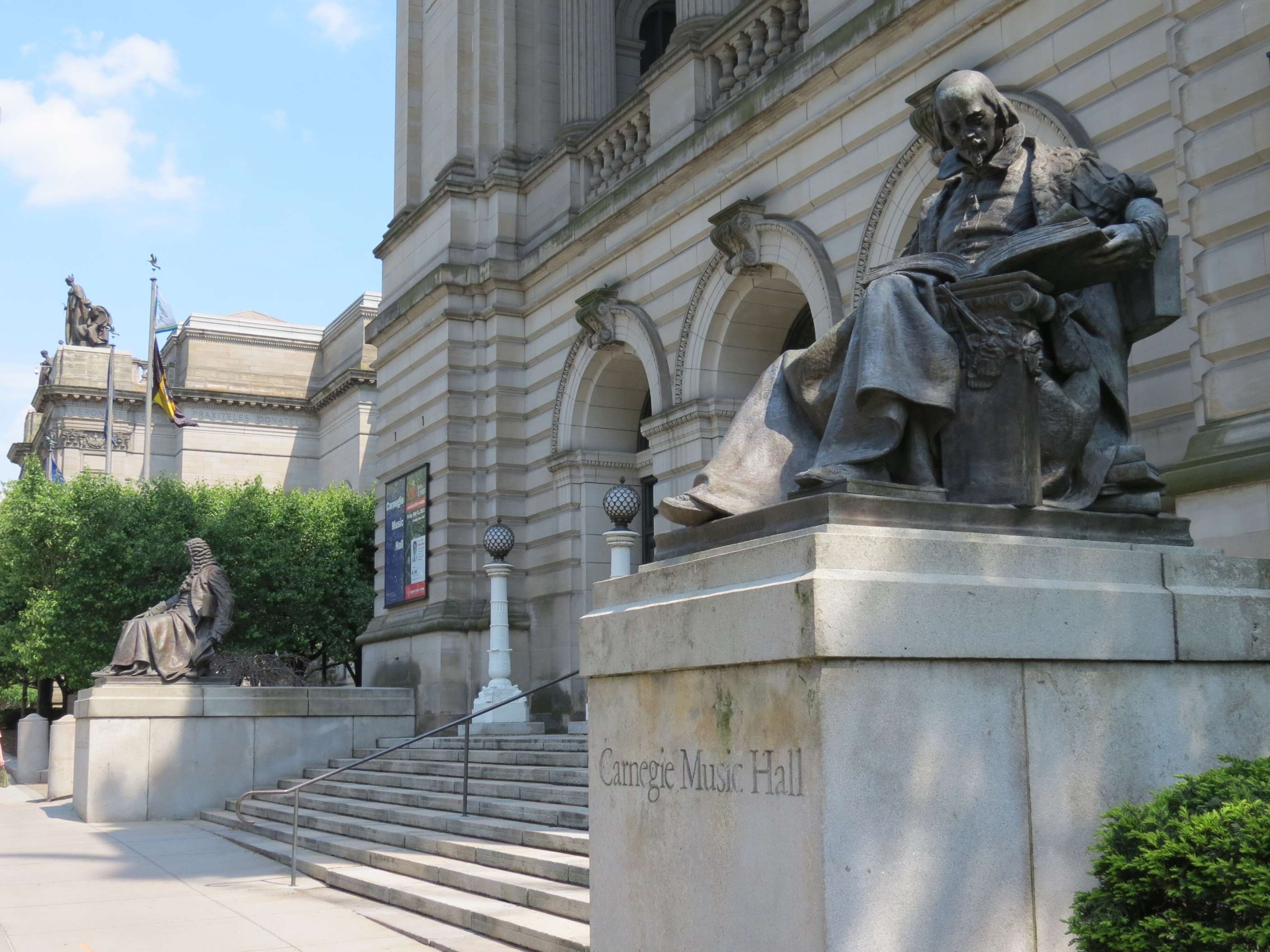
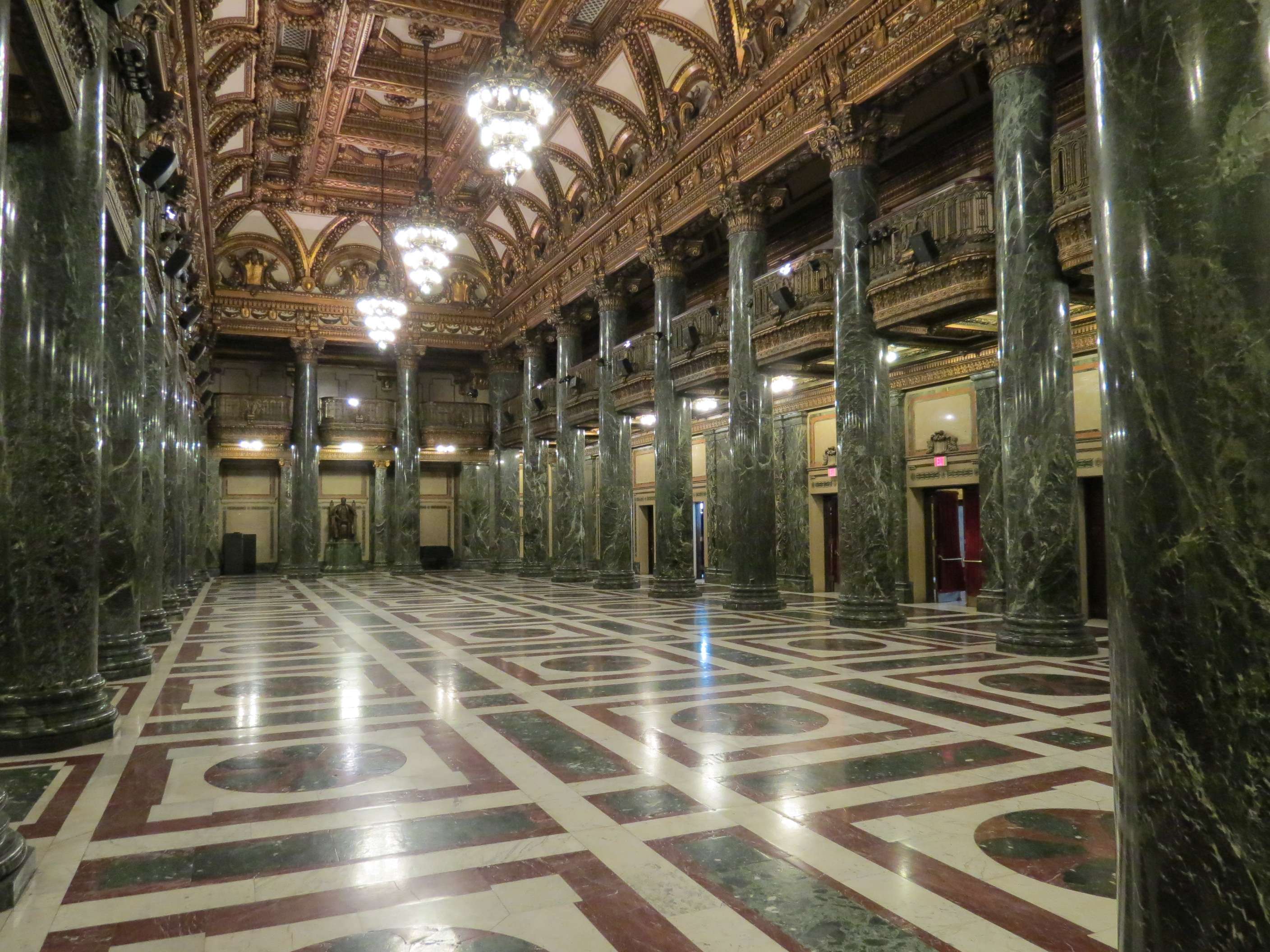
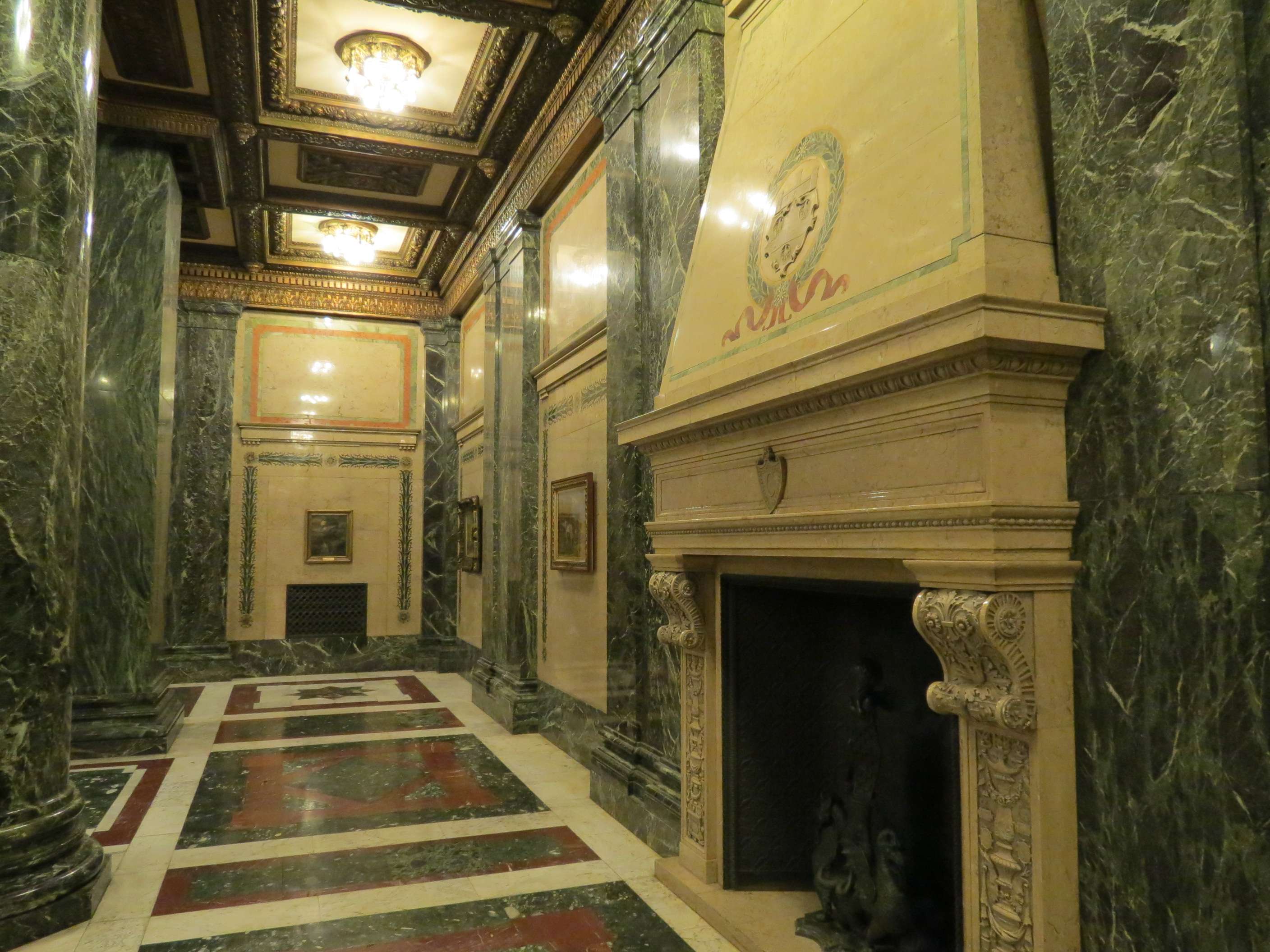
Carnegie Museum of Natural History and Carnegie Museum of Art:
Several entrances serve this part of the complex, and admission to the museums is combined since the two collections have galleries interspersed in the buildings.
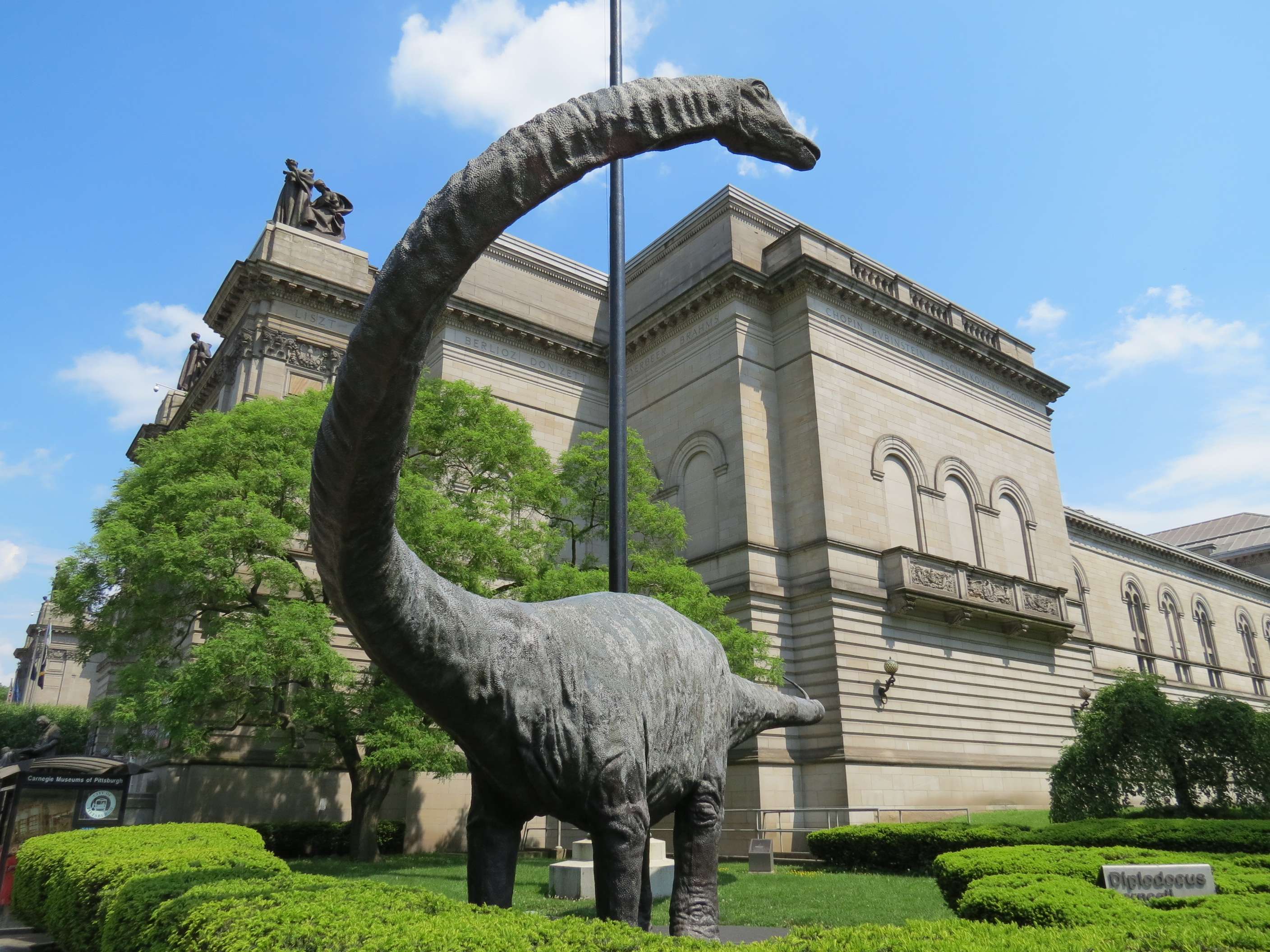
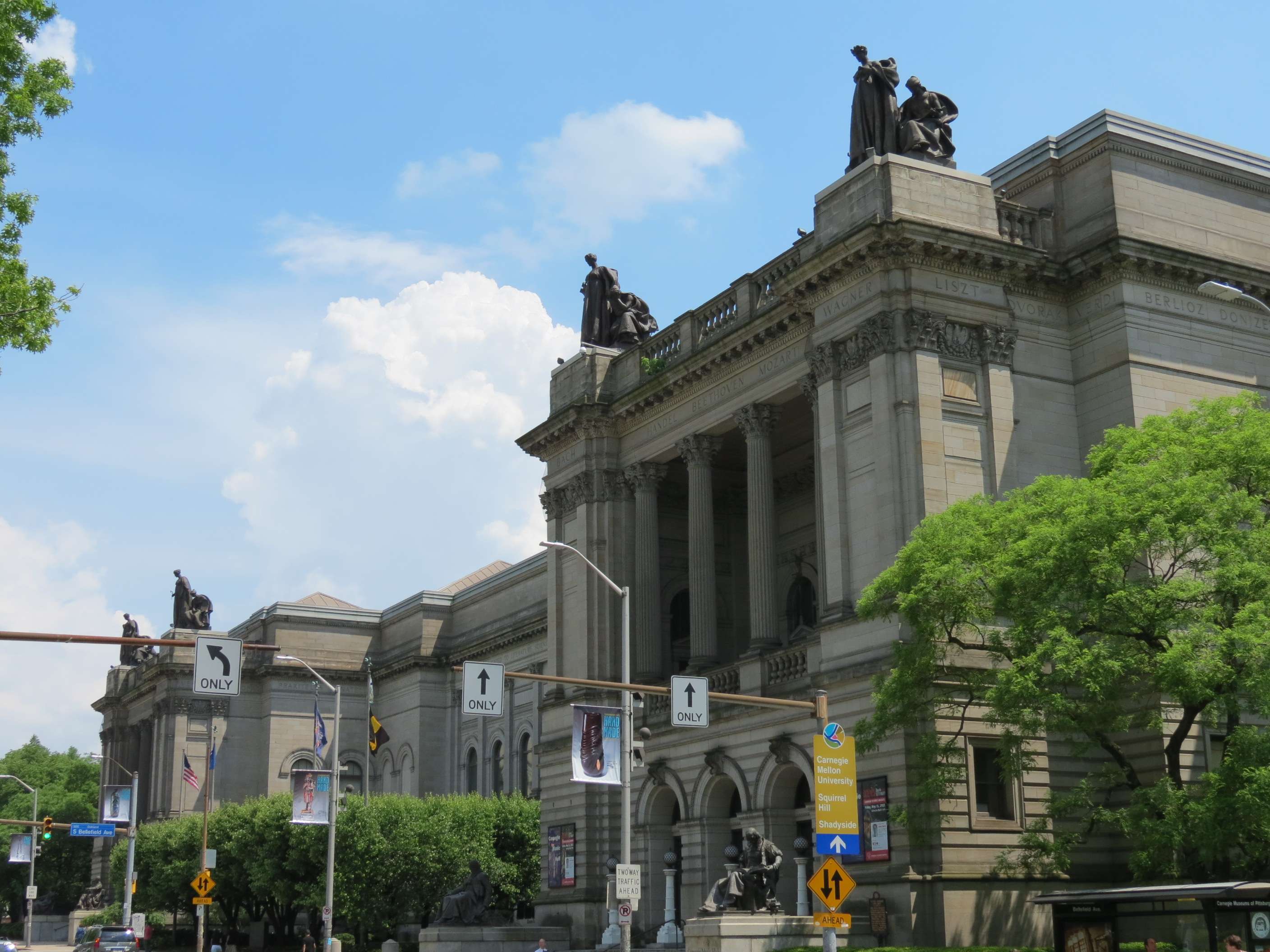
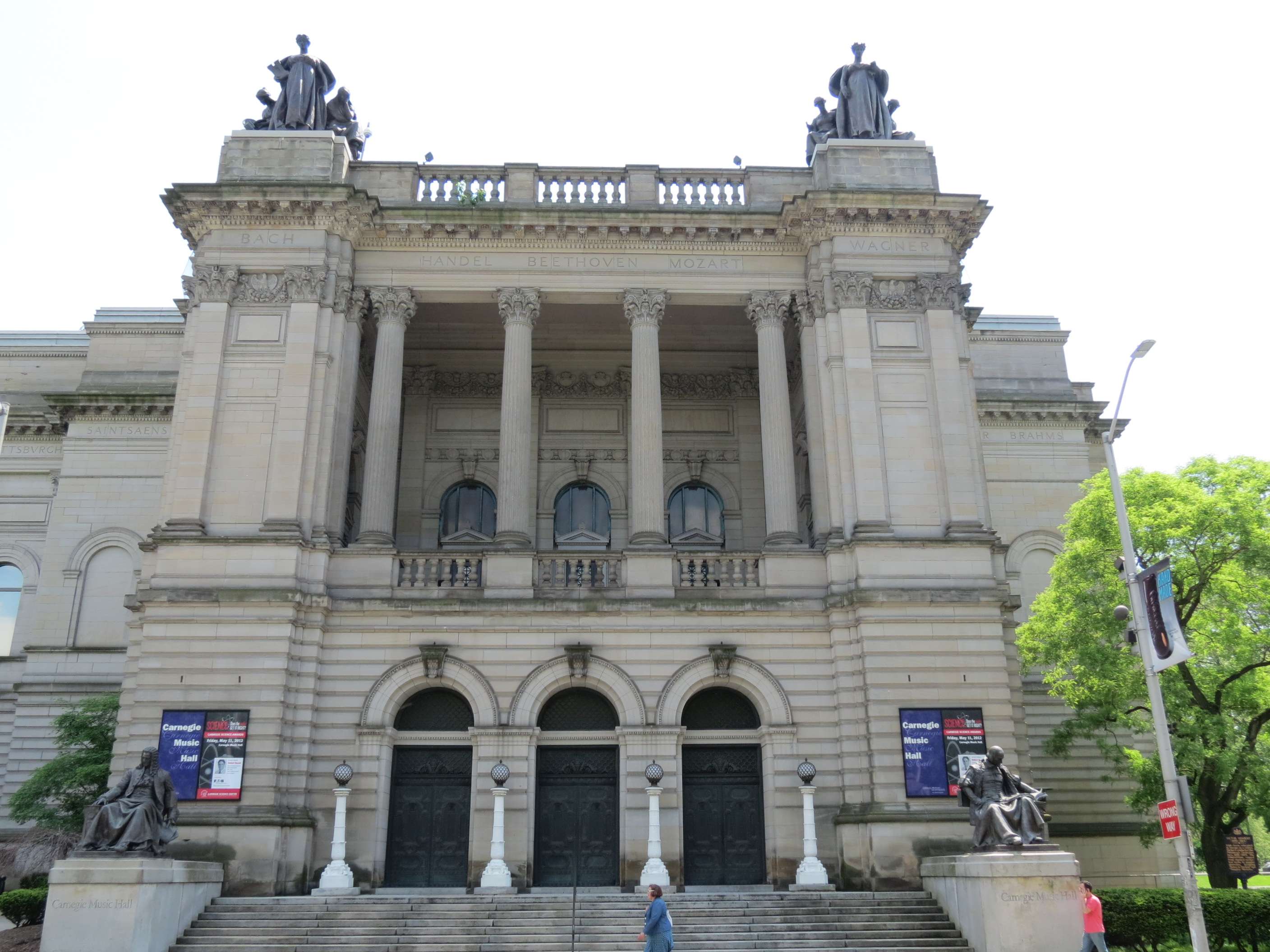
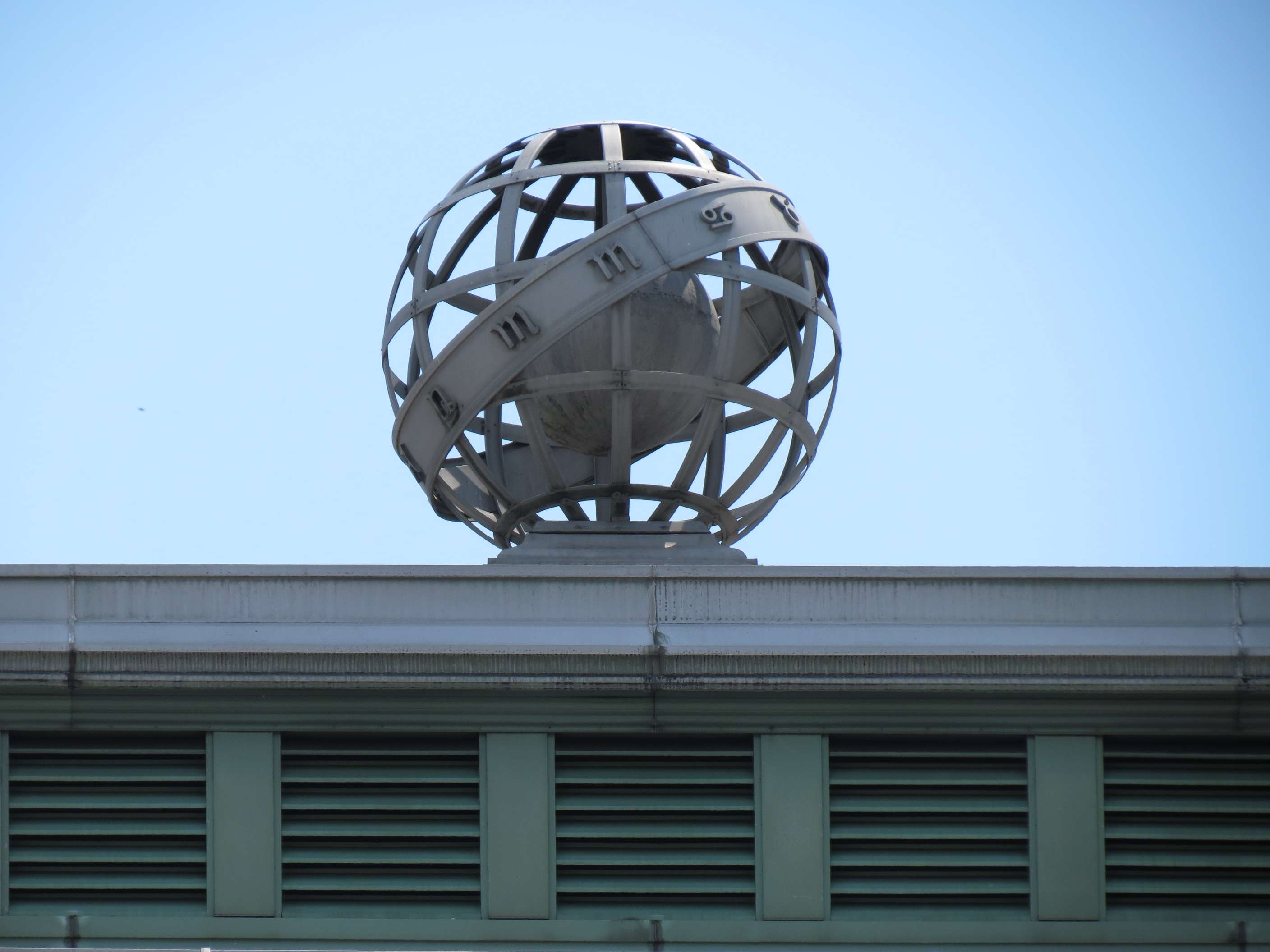
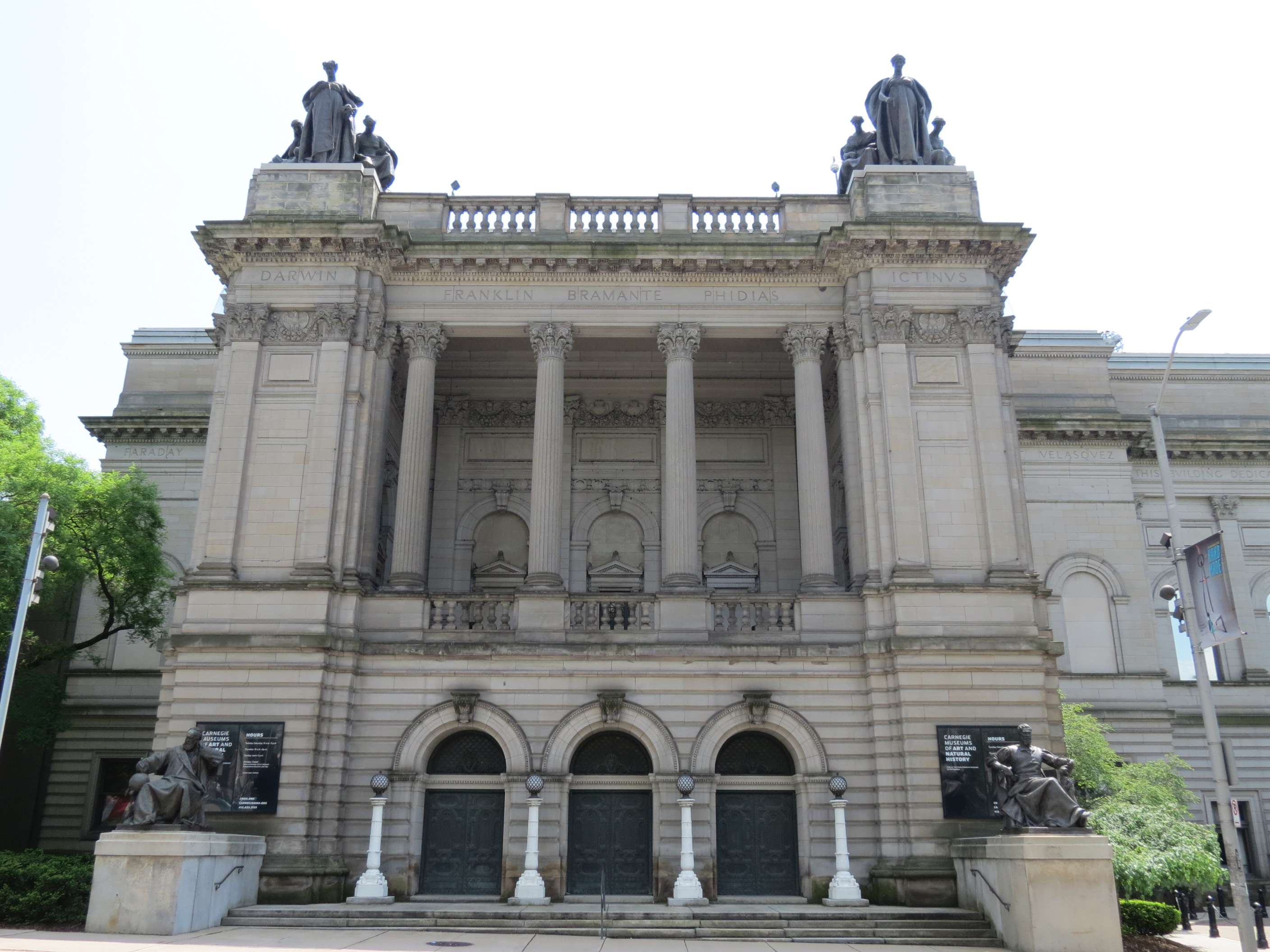
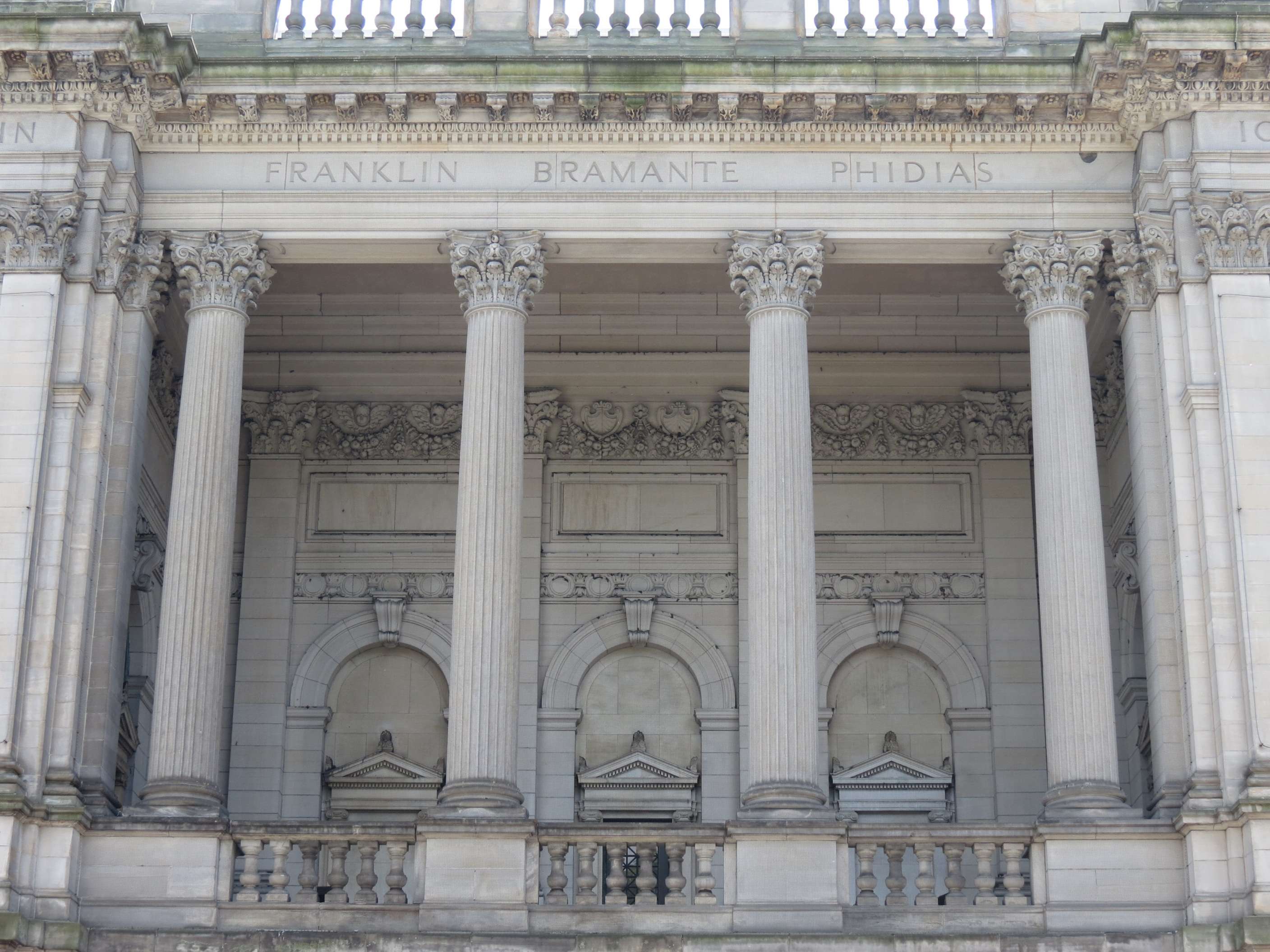
Carnegie Museum of Art's Hall of Sculpture:
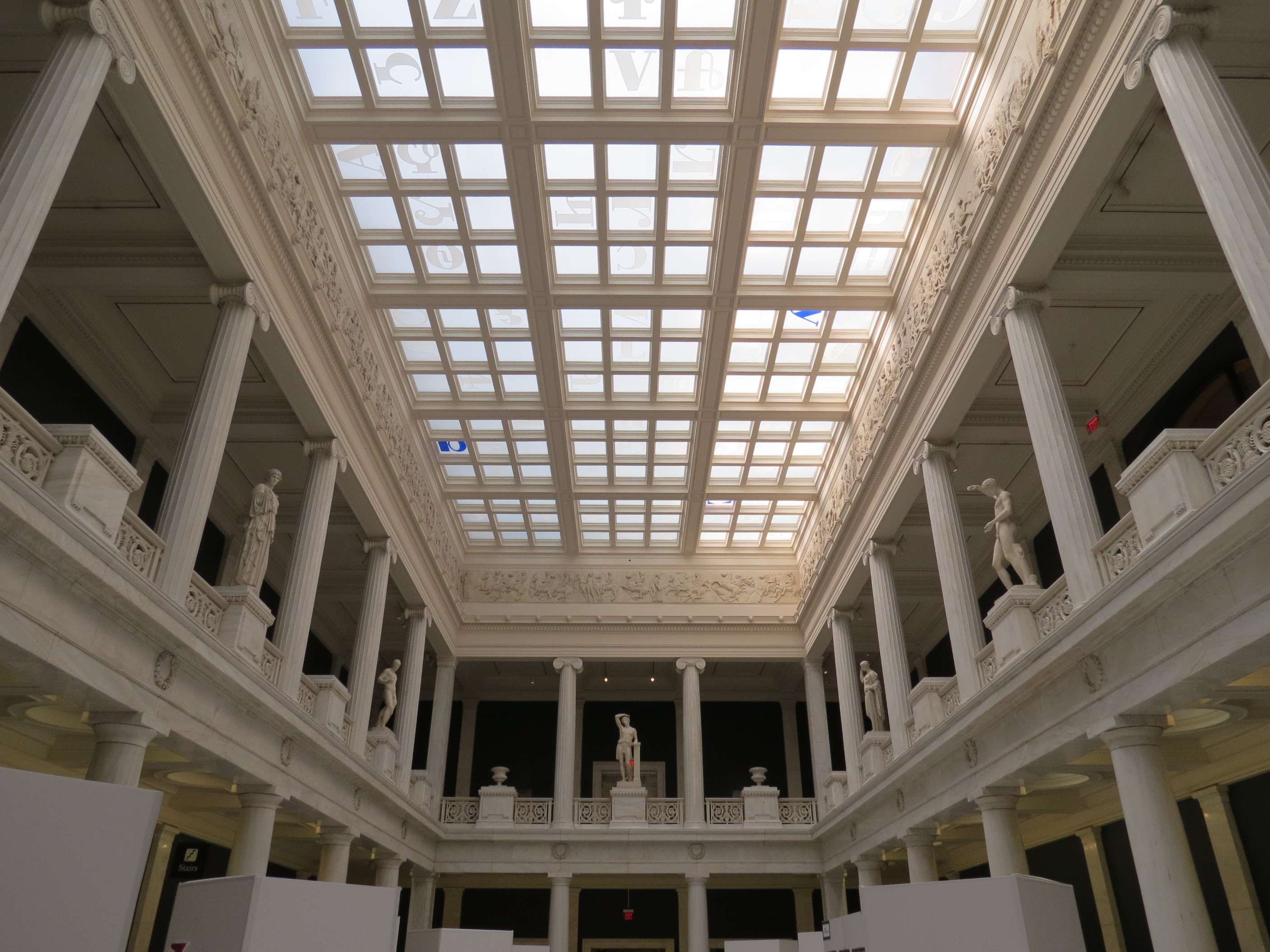
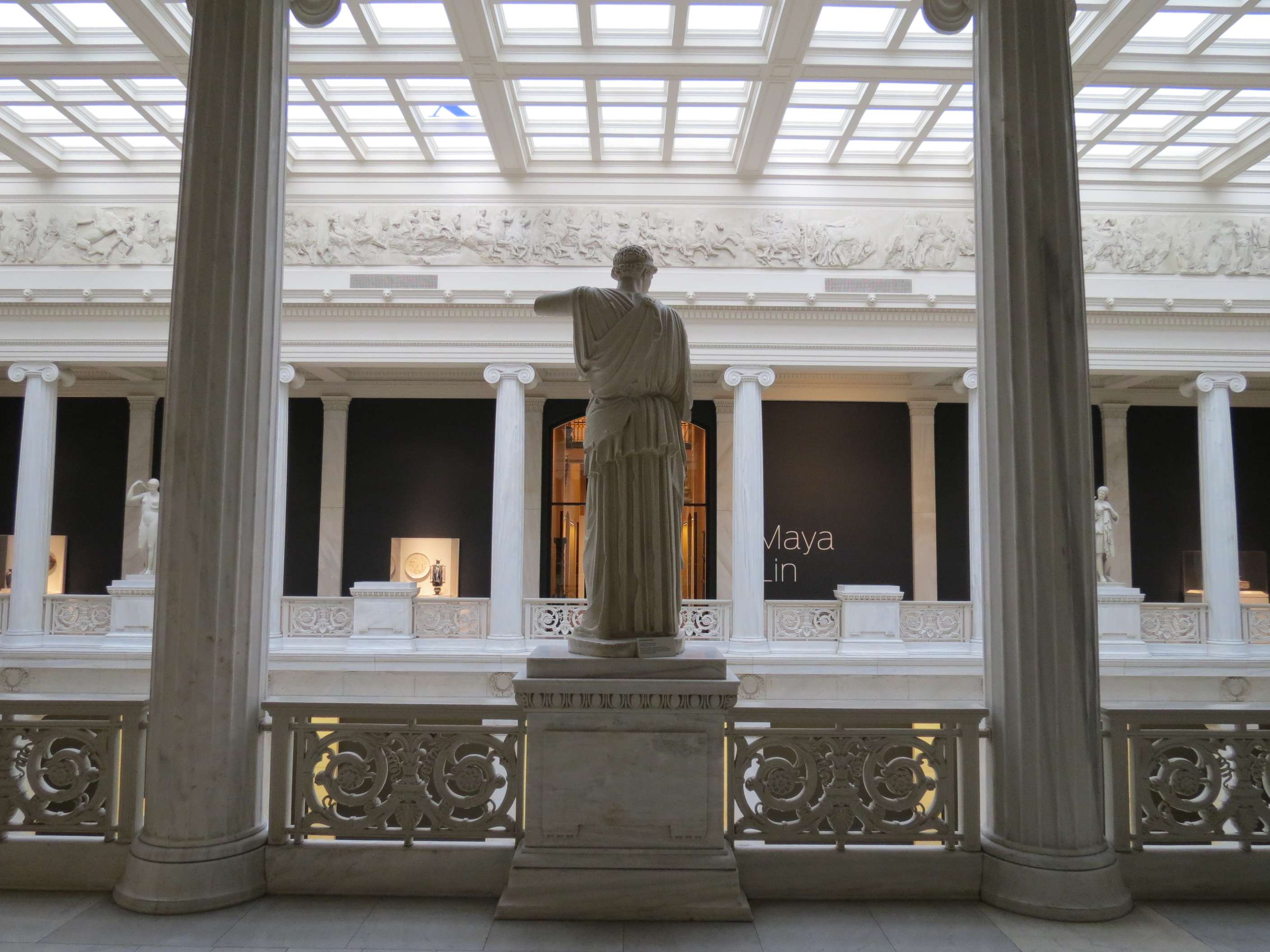
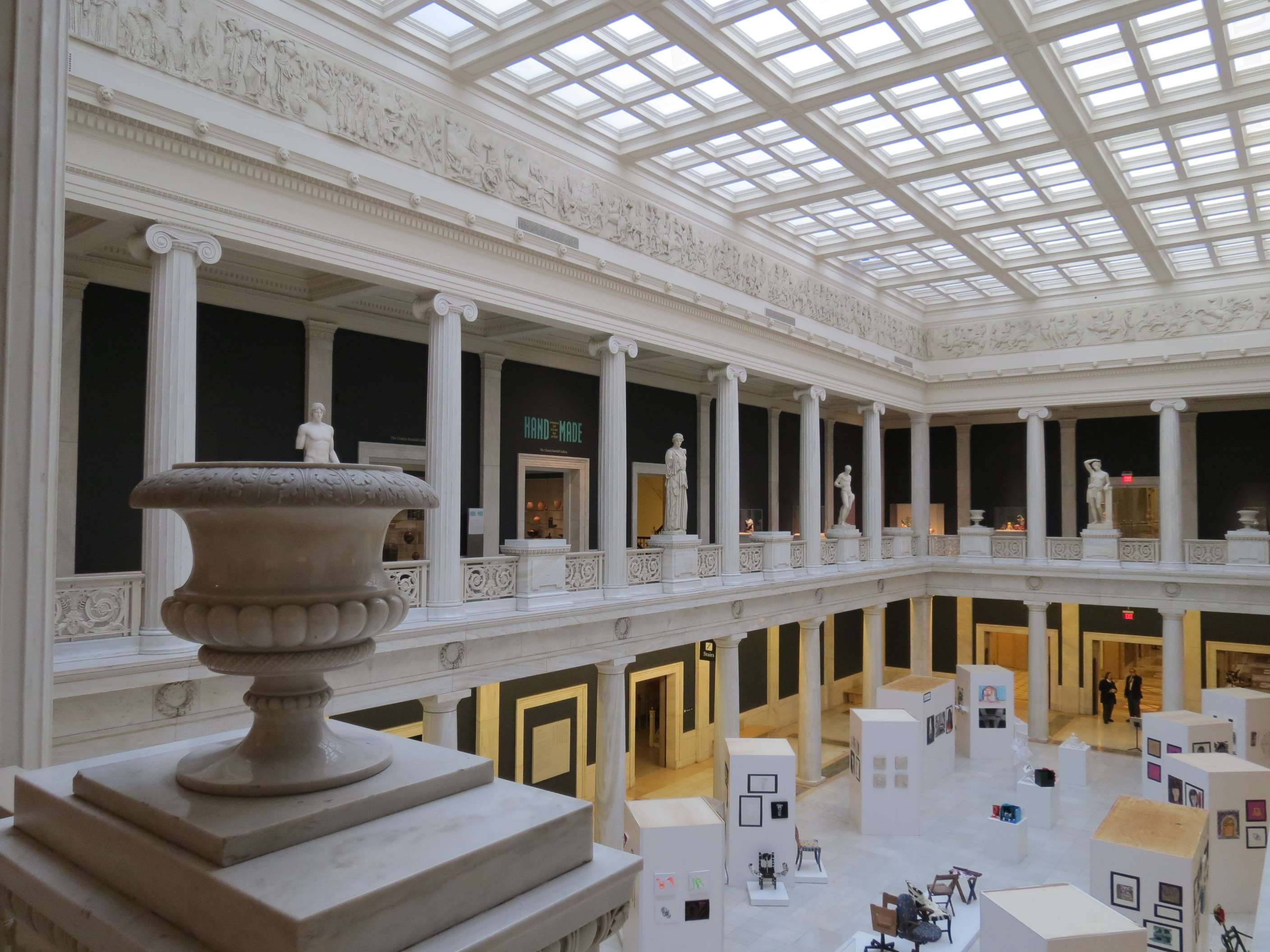
Carnegie Museum of Art's Hall of Architecture:
A magnificent collection of plaster casts of historic architecture fills this gallery.
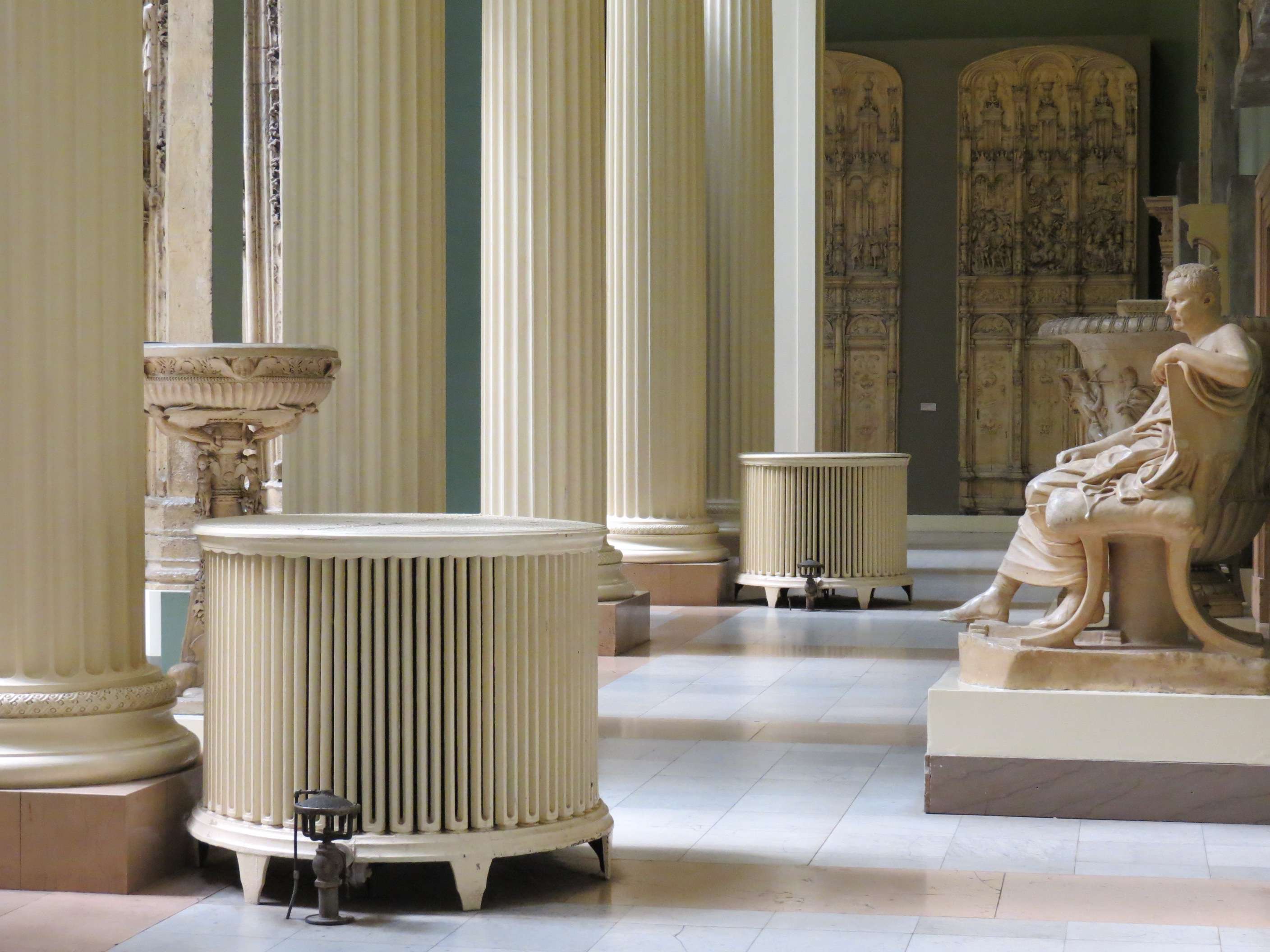
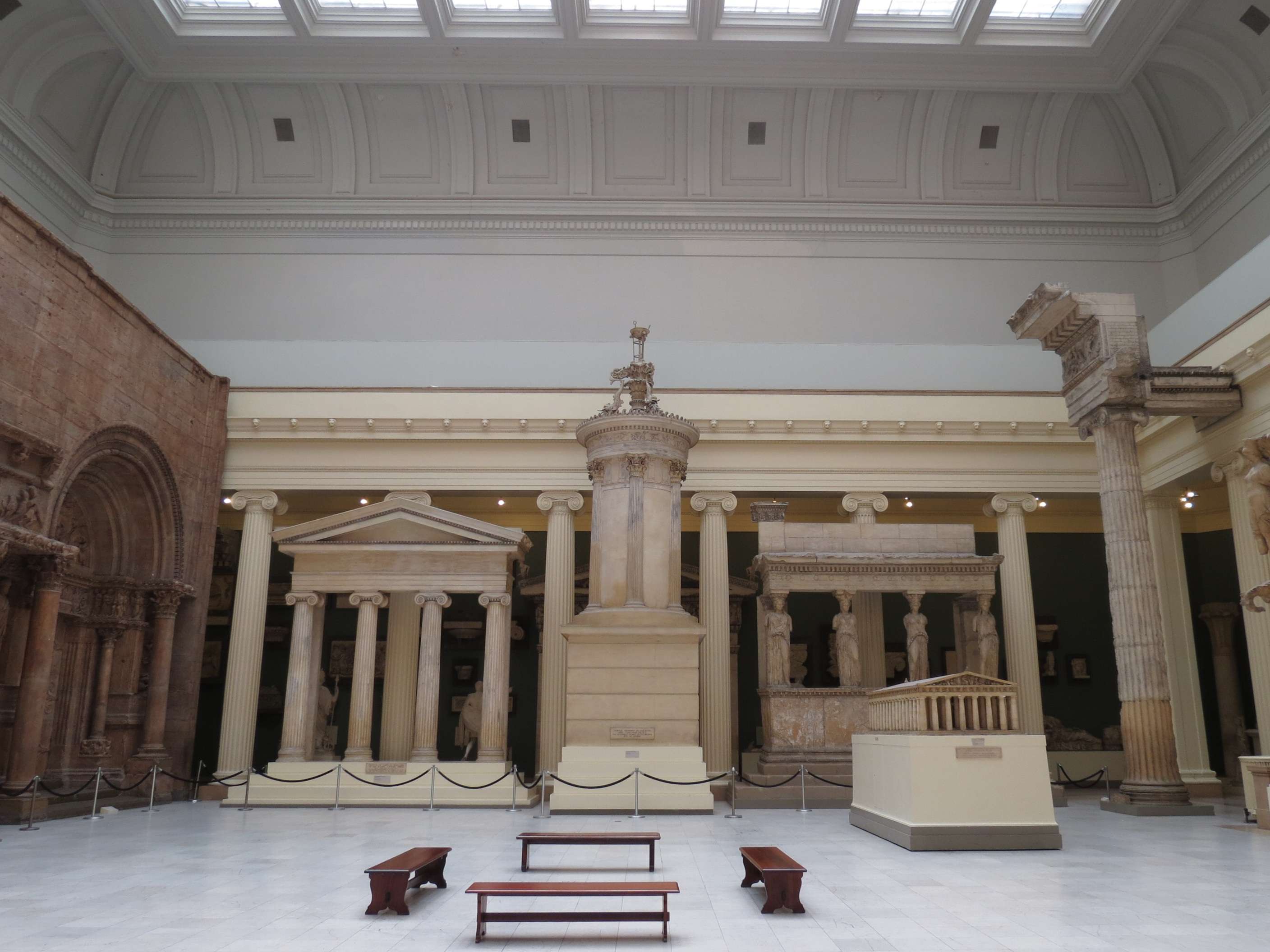
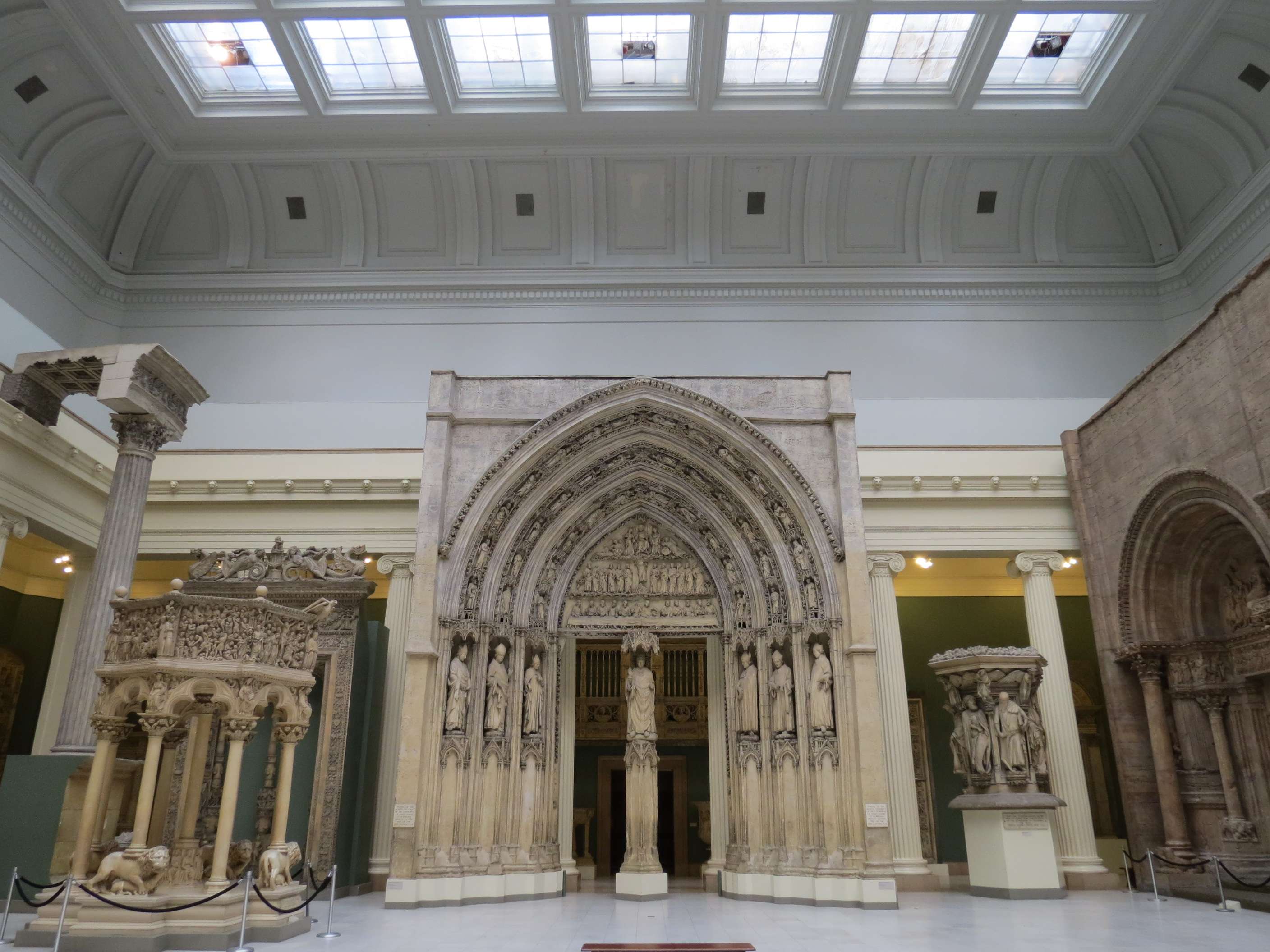
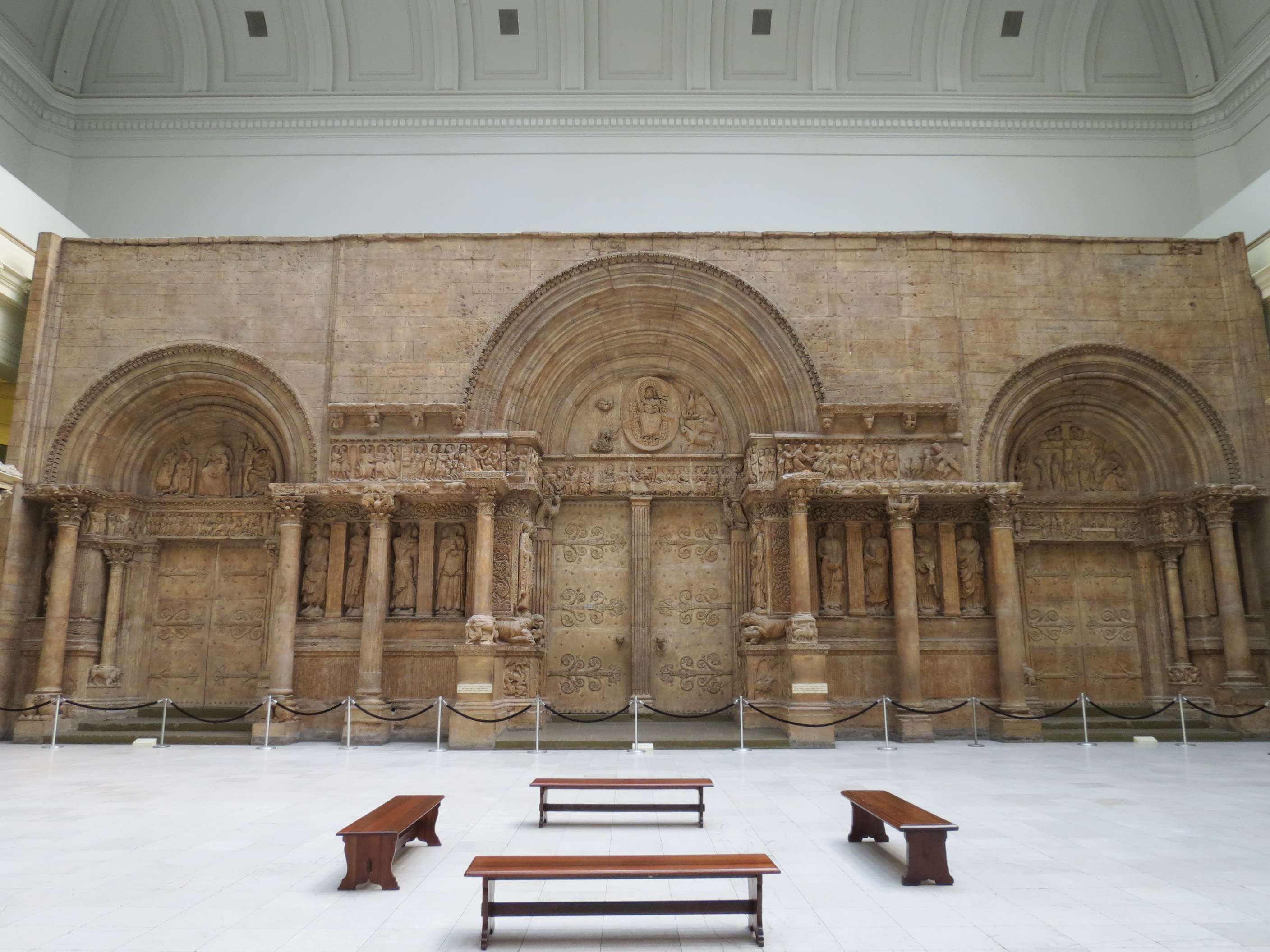
Carnegie Museums' Grand Staircase:
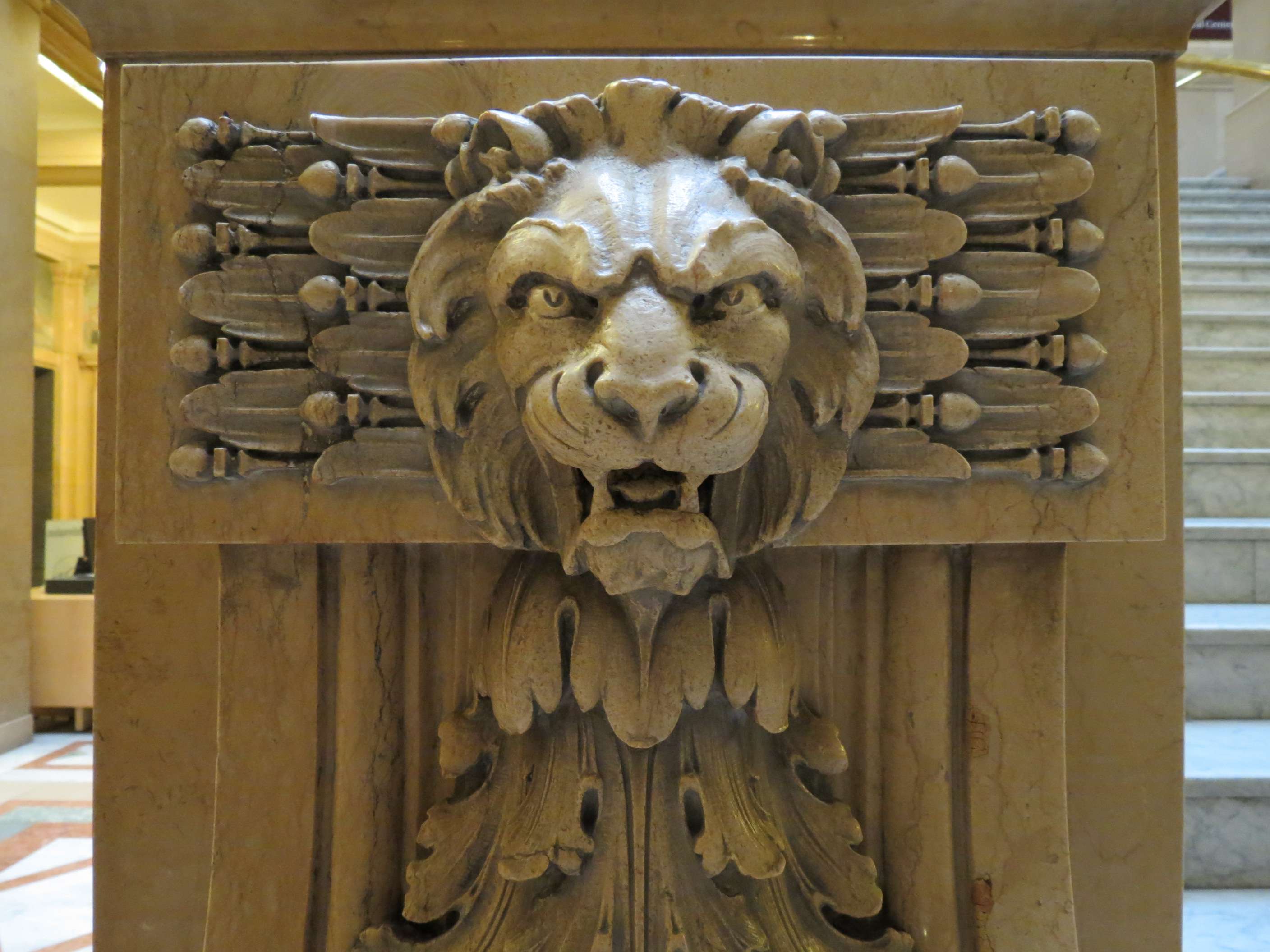
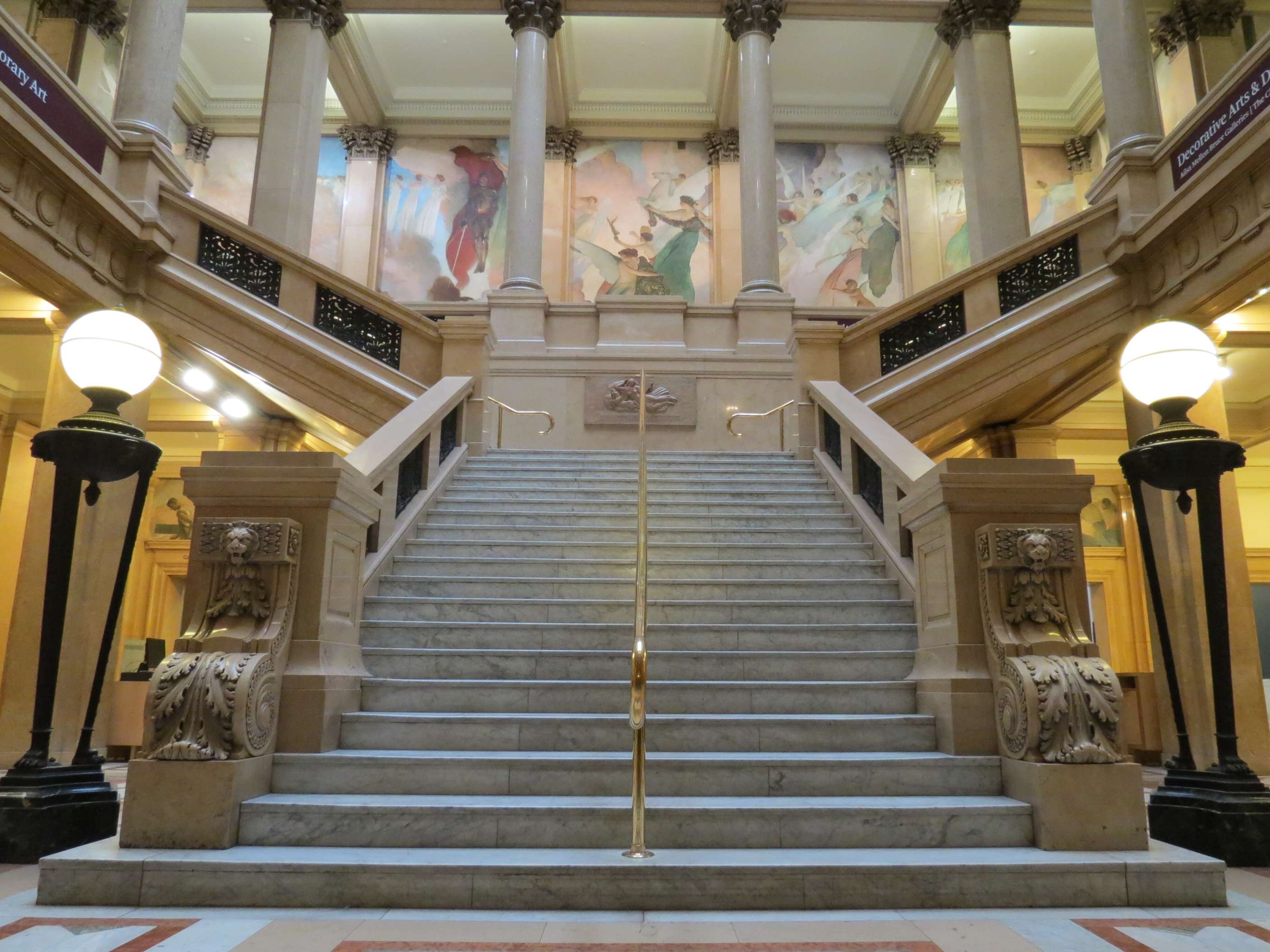
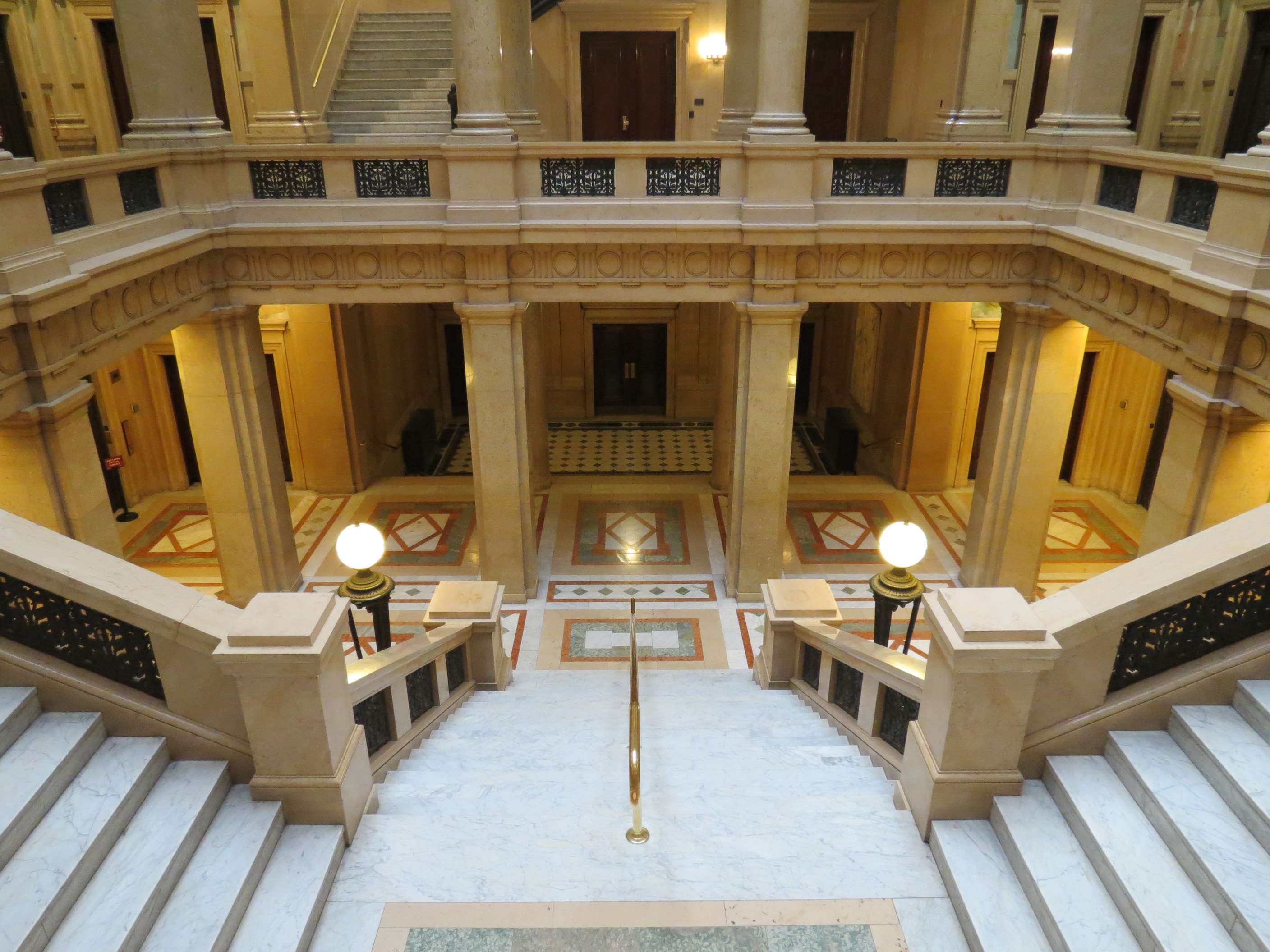
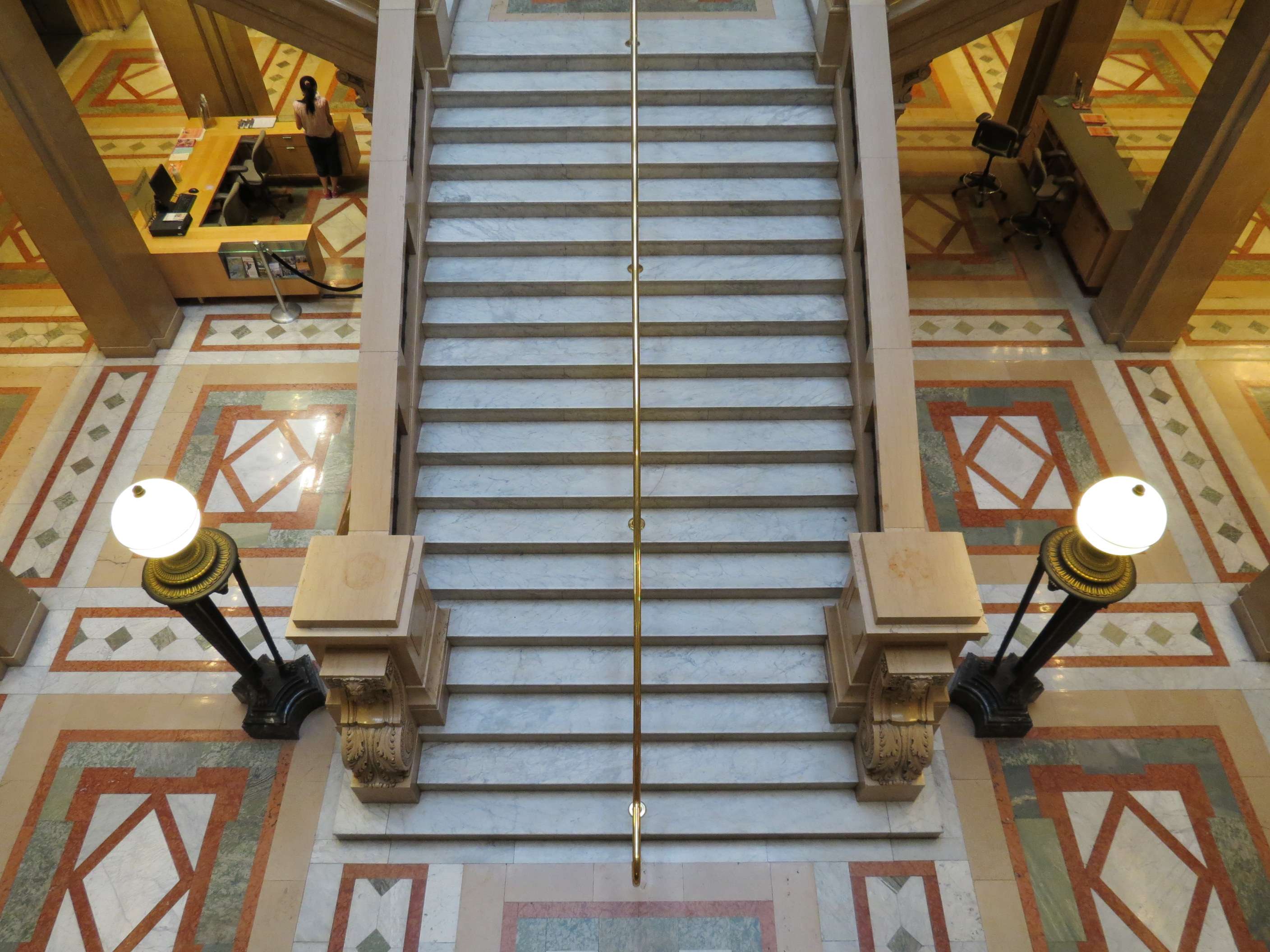
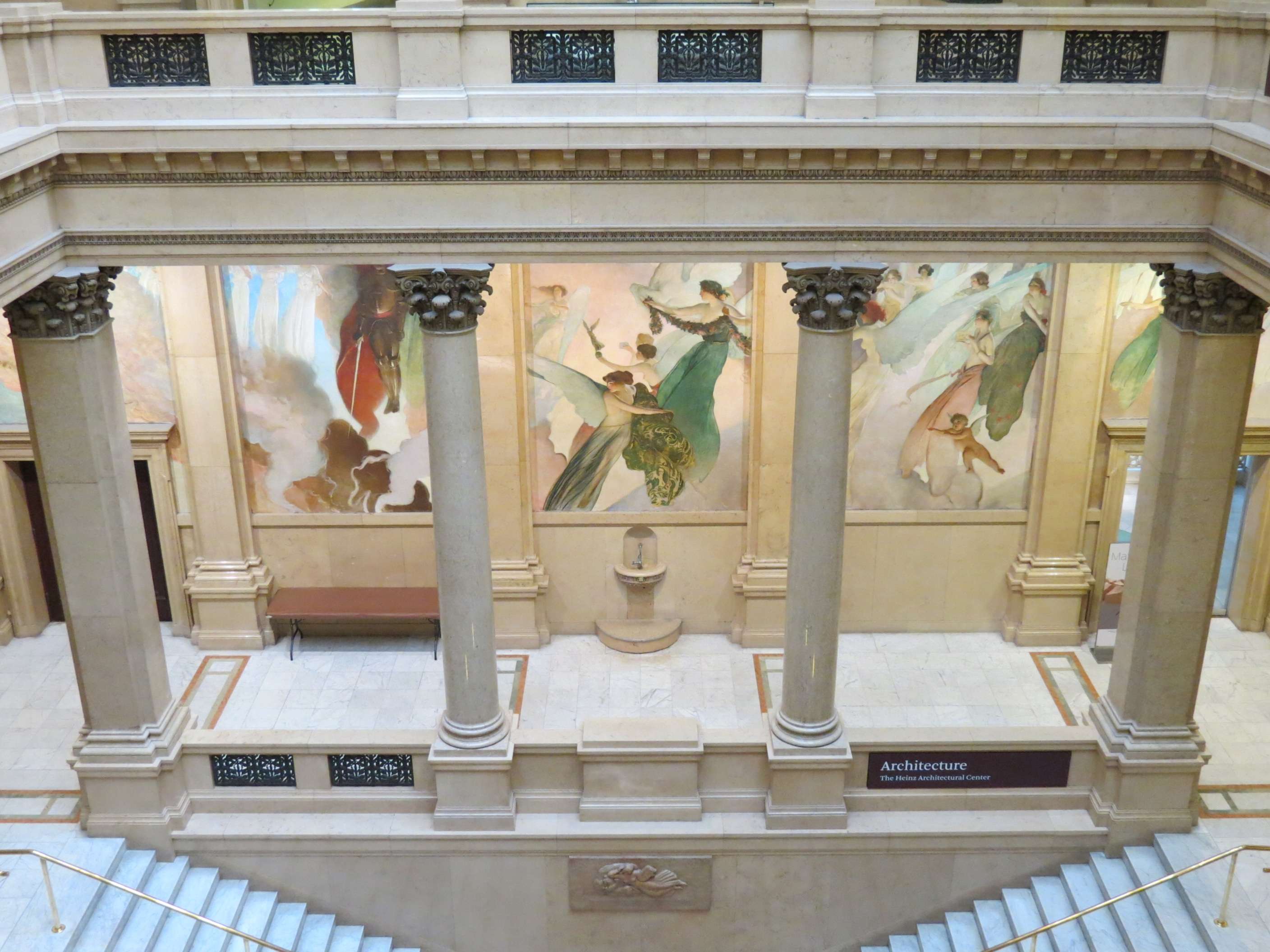
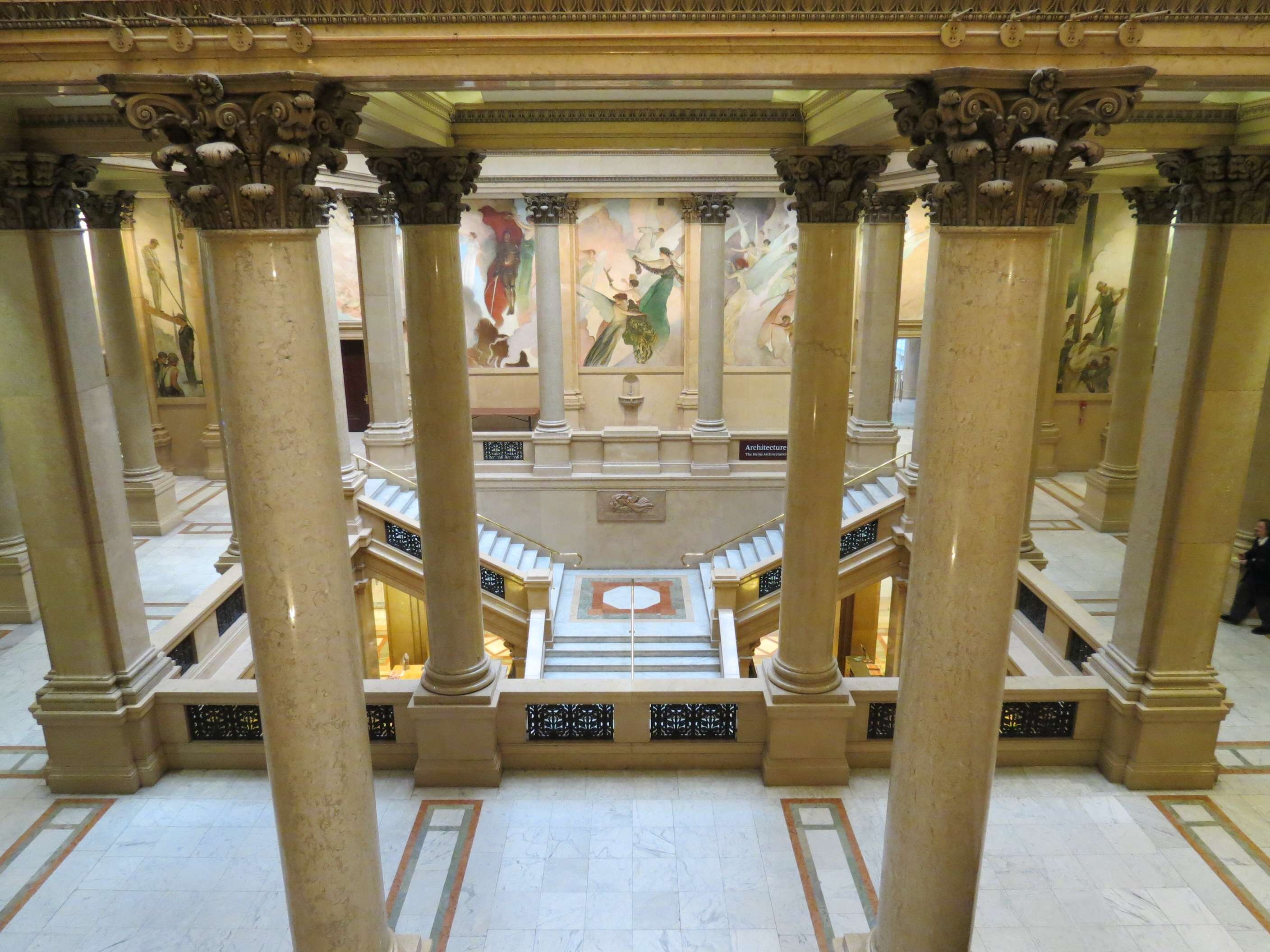
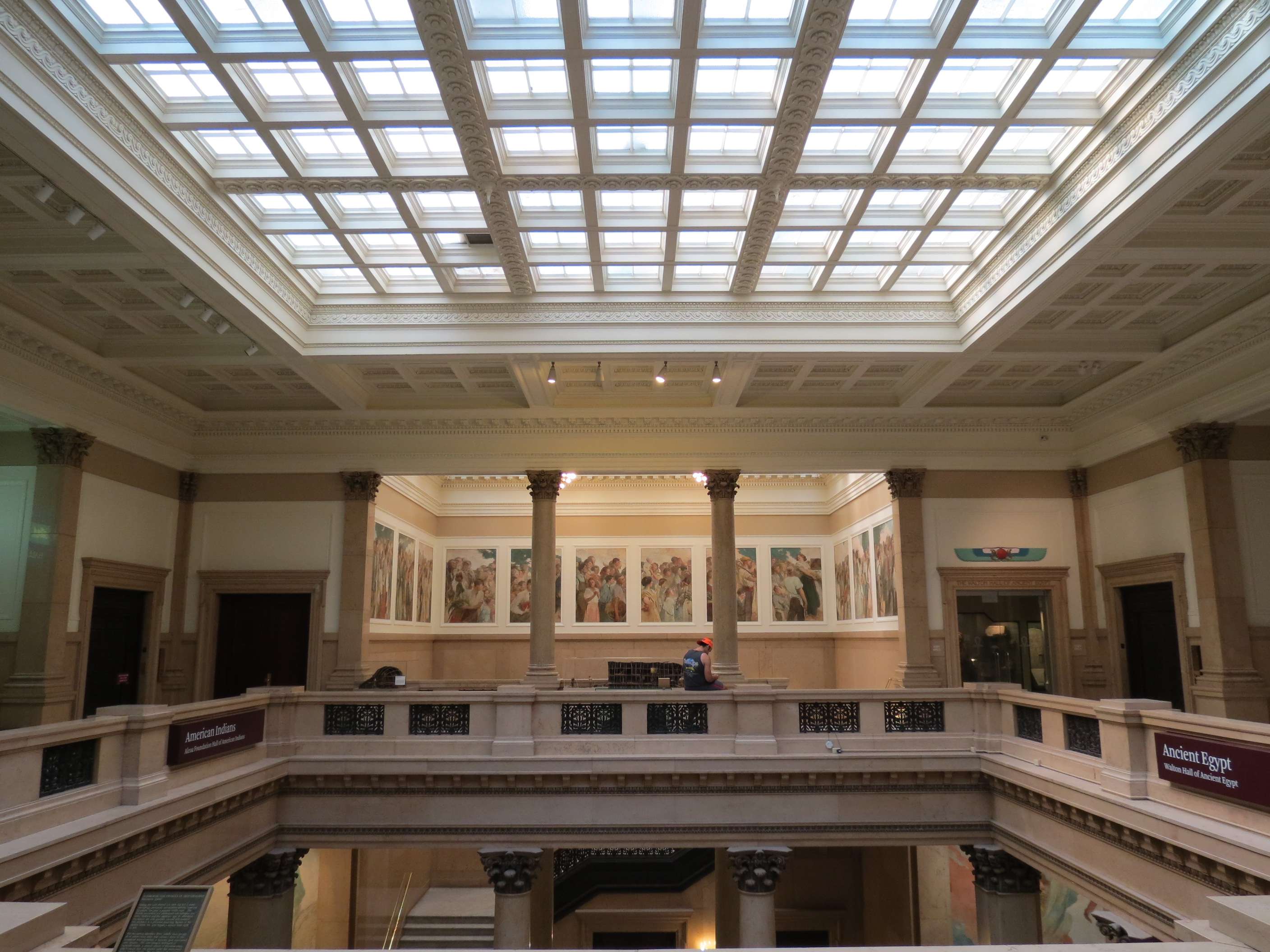
Carnegie Museum of Natural History's 'Dinosaurs In Their Time' Exhibit:
The museum has a premier collection of fossils, and their exhibitry was recently renovated to include a few historic rooms as well as an expansion into a large former outdoor courtyard that has been enclosed (some of the stacks of the Carnegie Library feature window views into the hall).


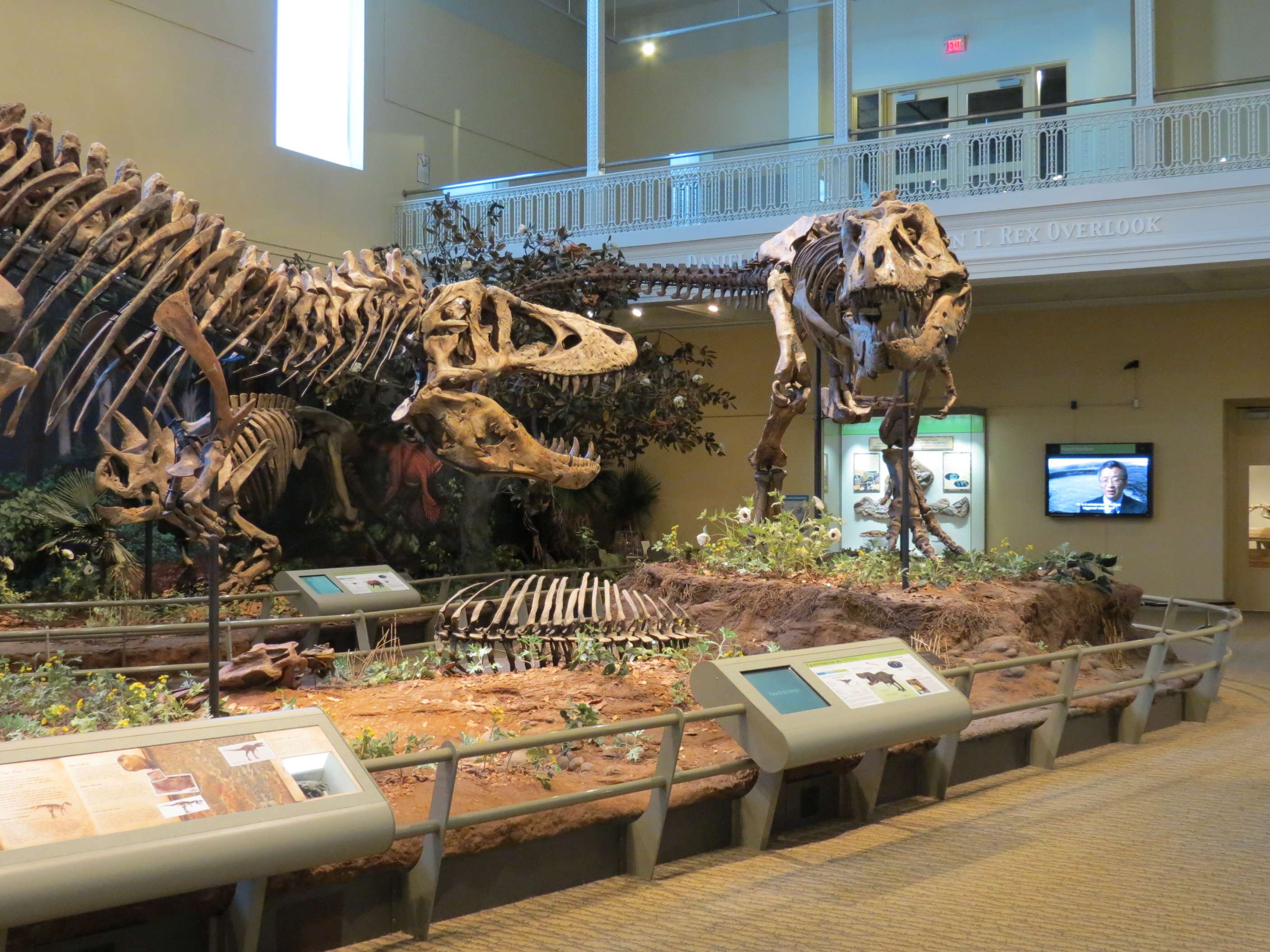
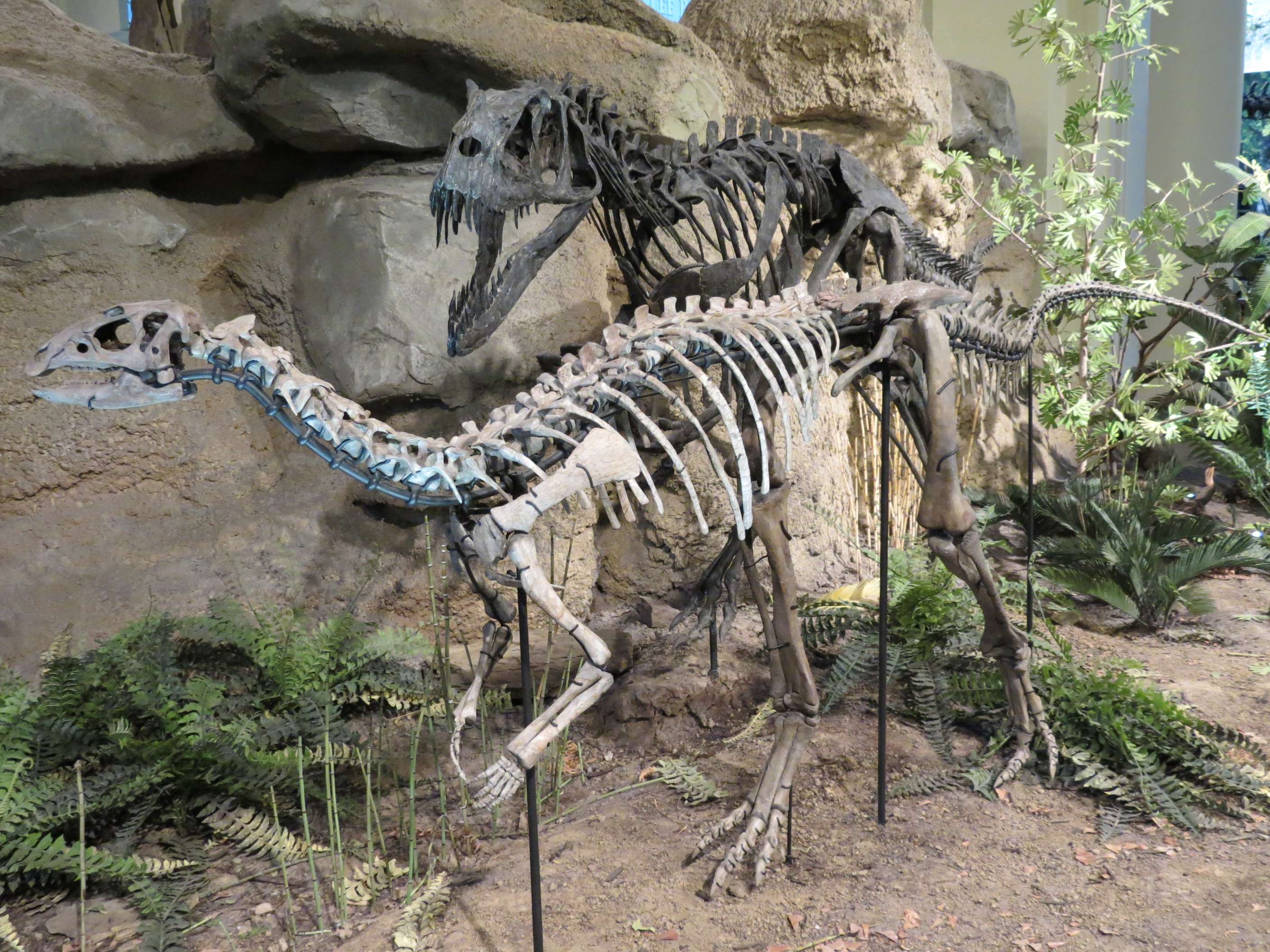
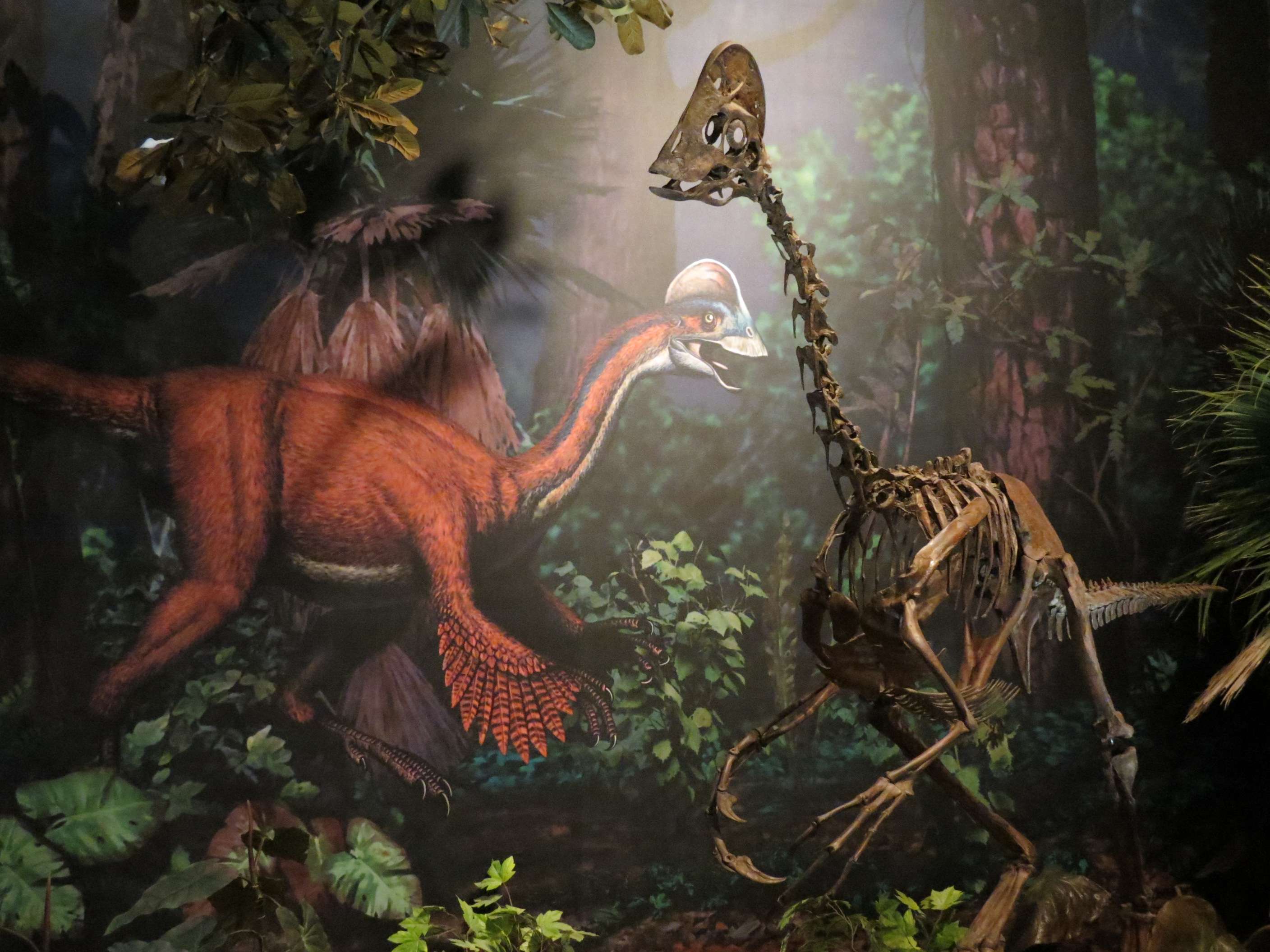
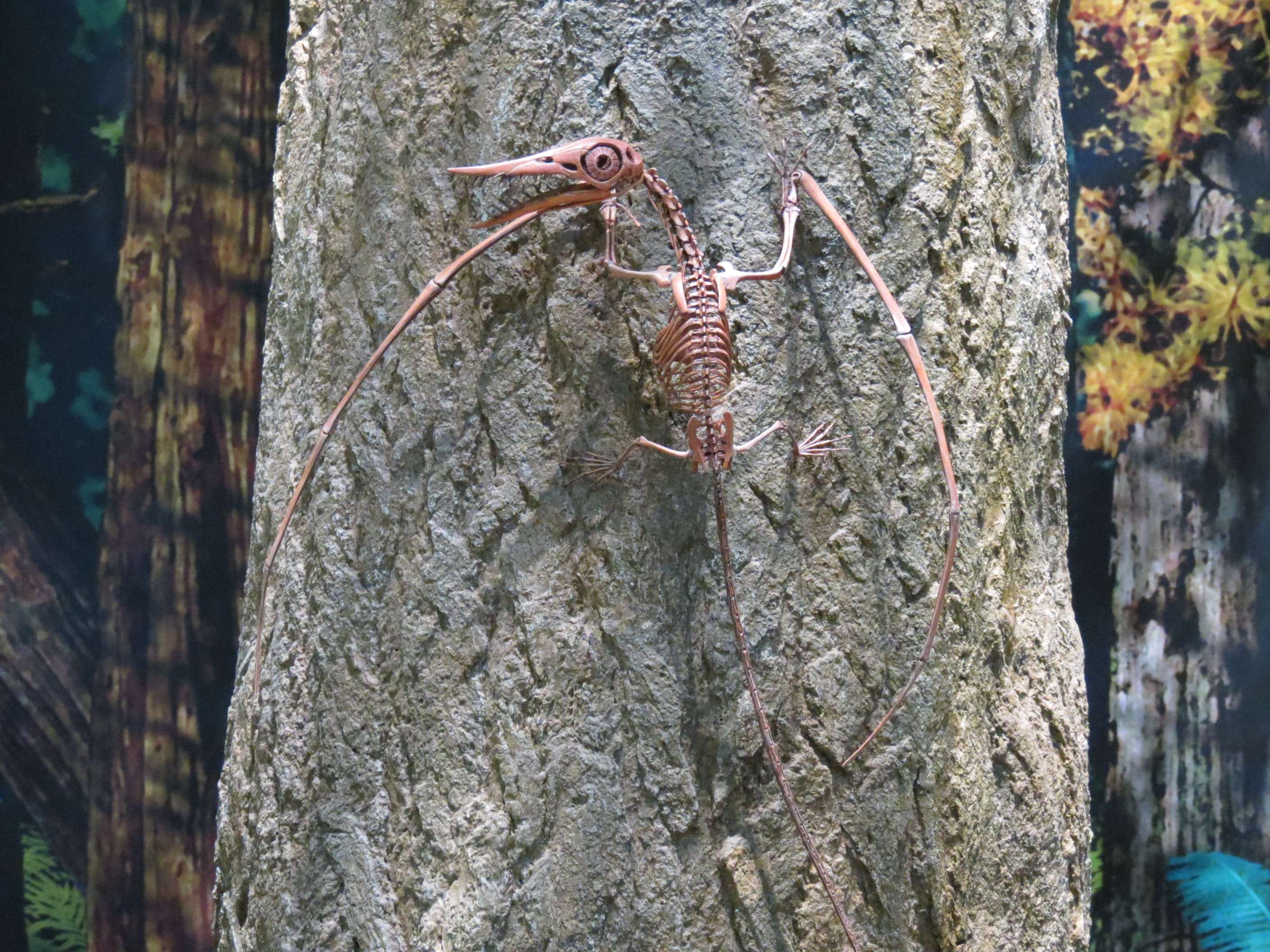
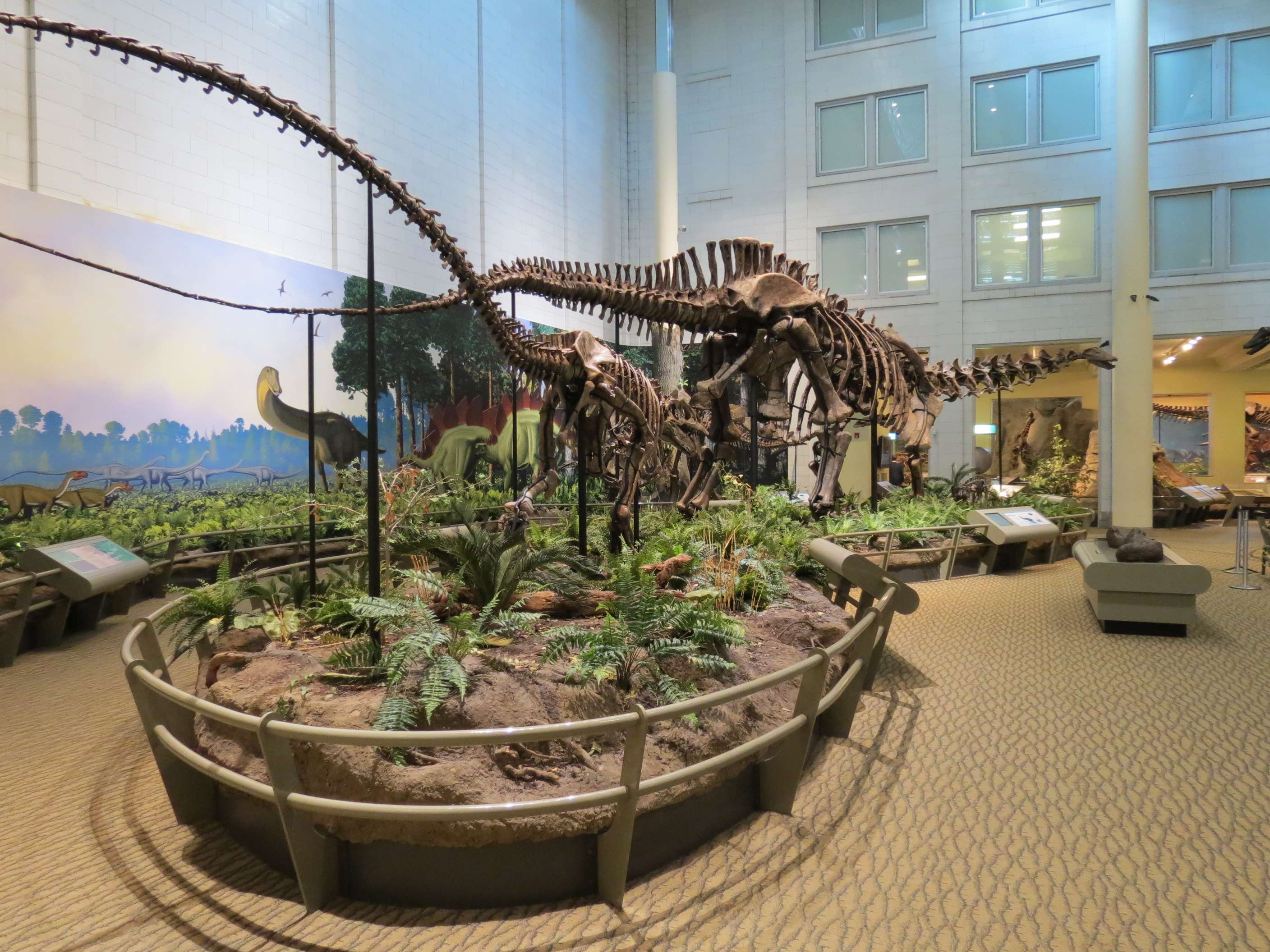
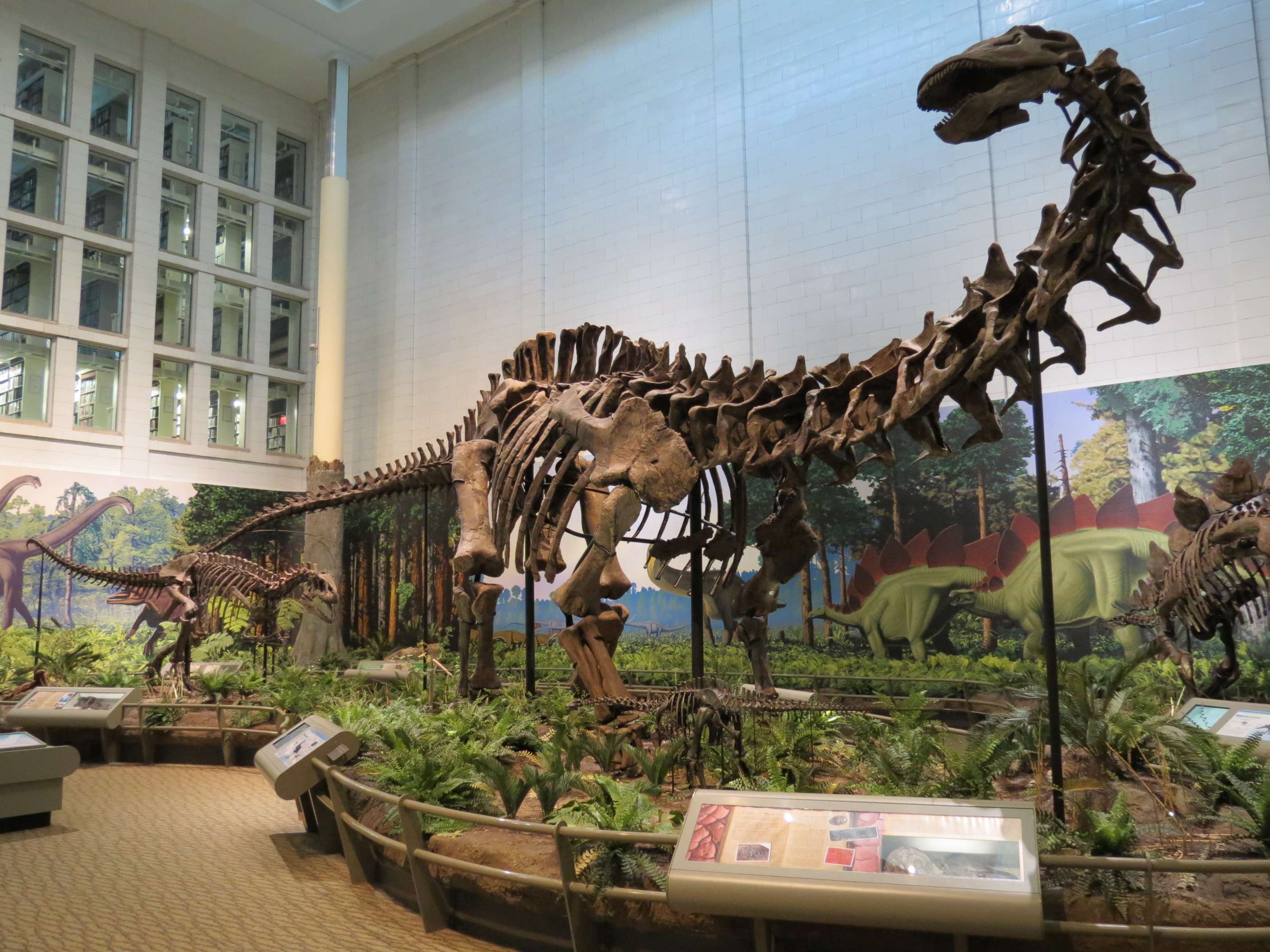
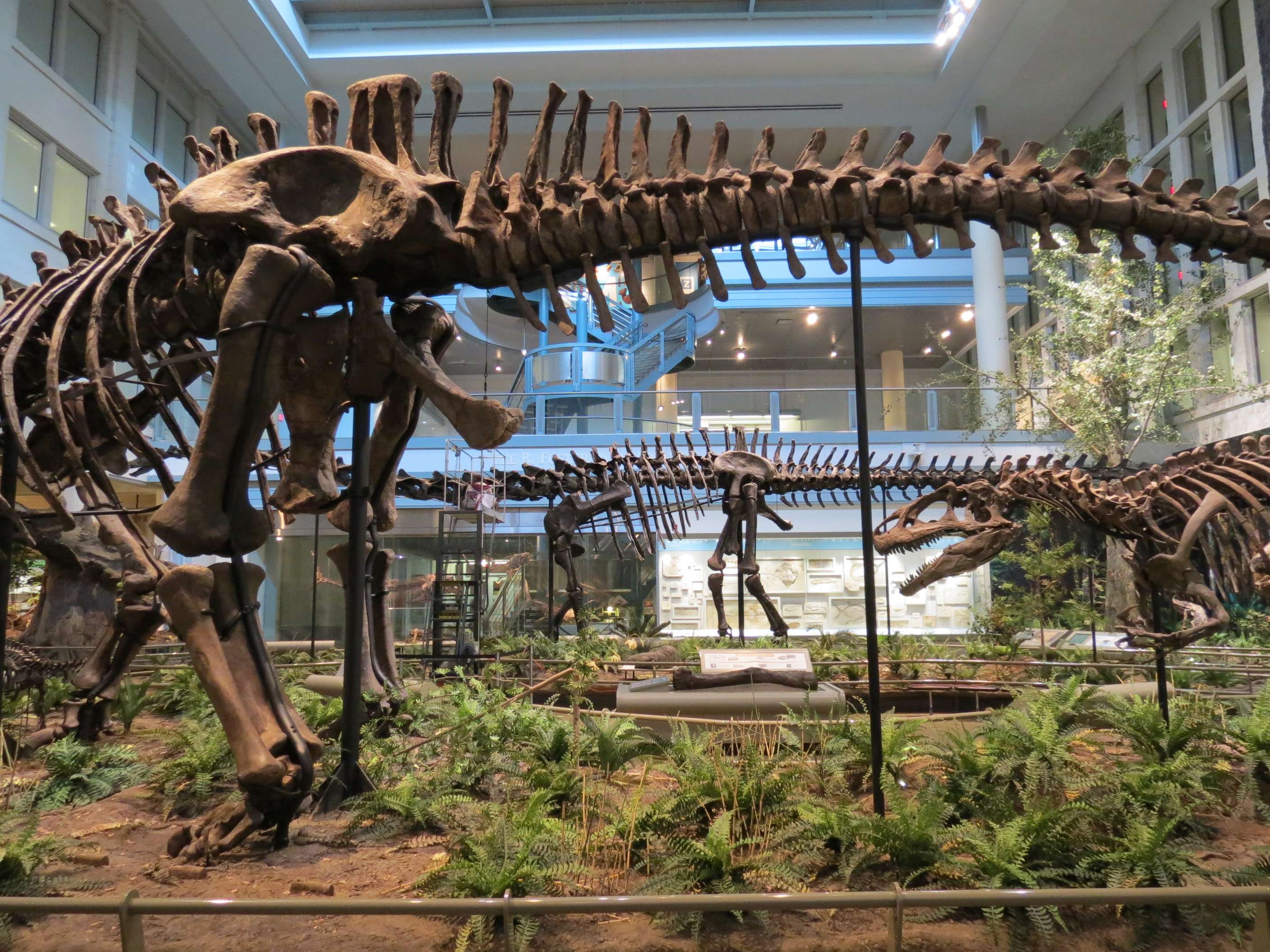

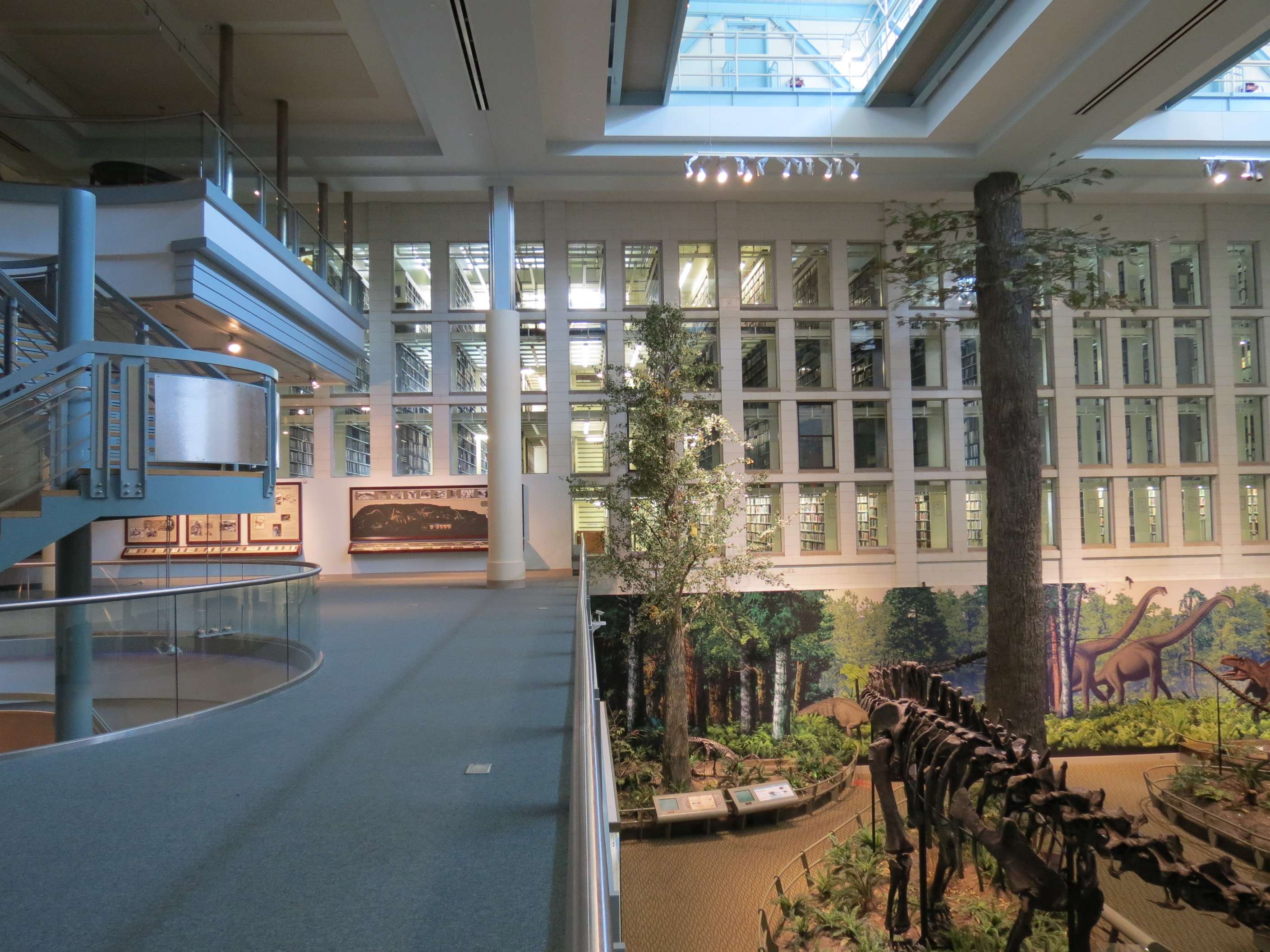
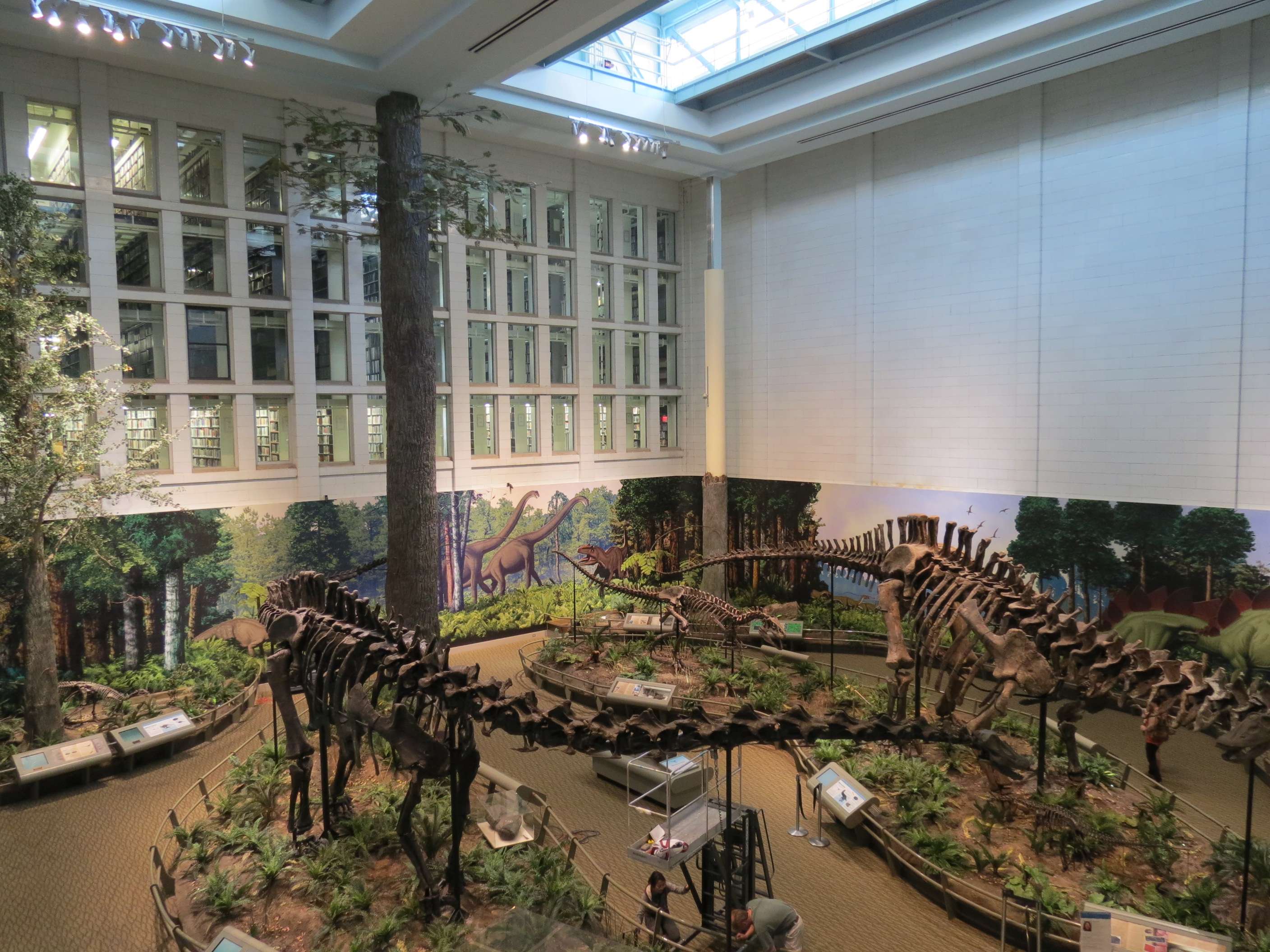
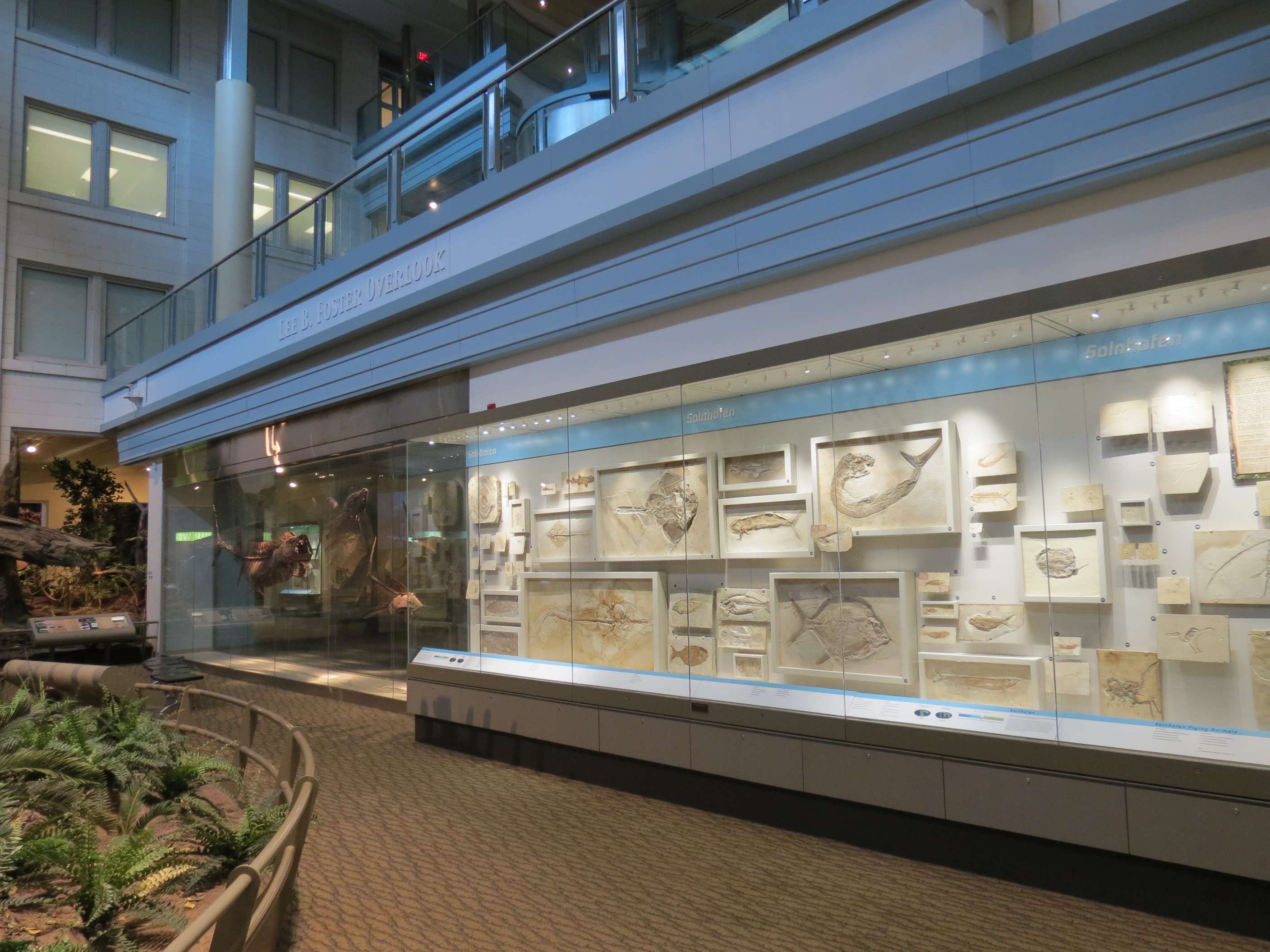
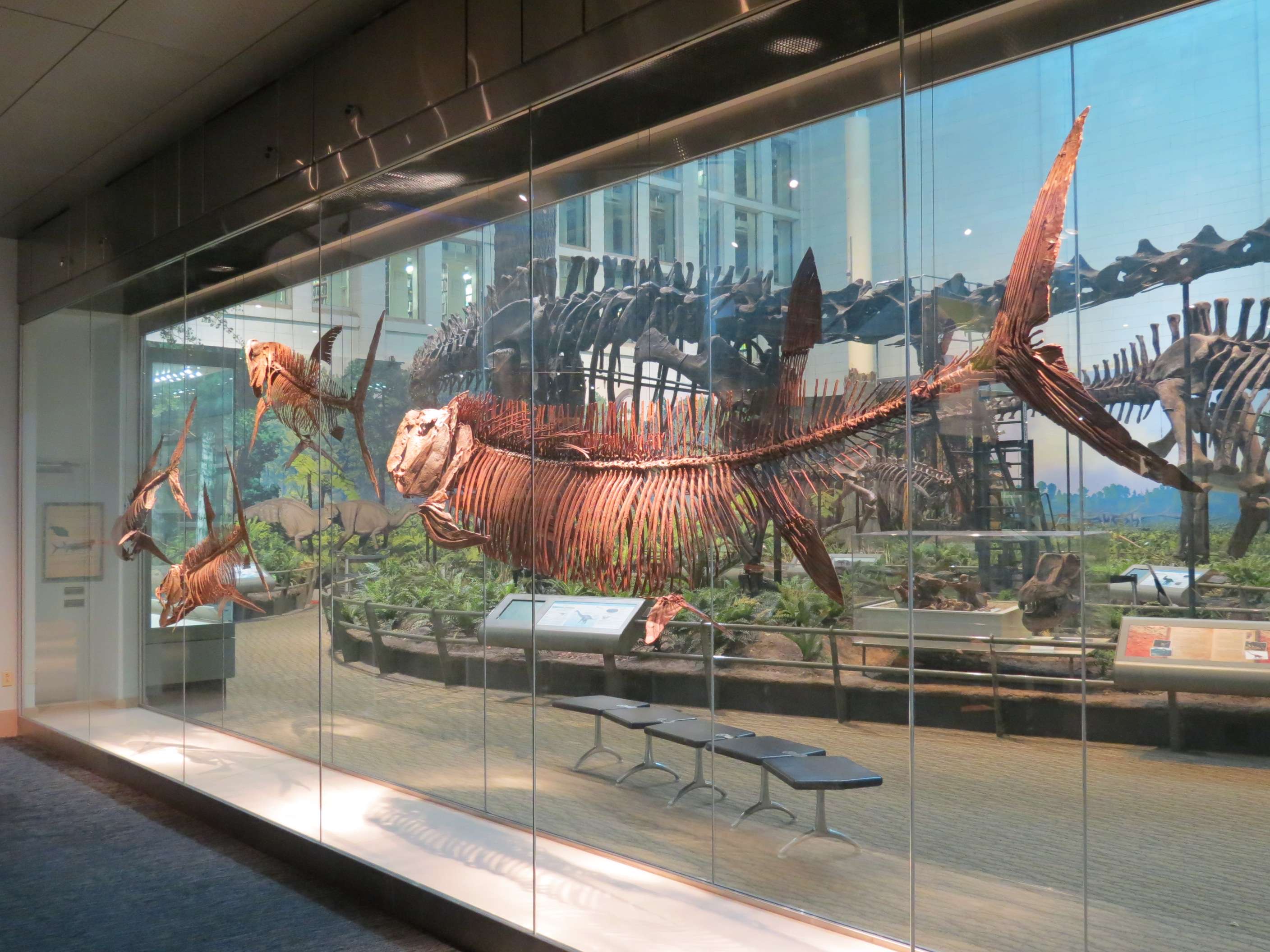
Carnegie Museum of Art's Scaife Galleries, 1974:
Adjoining the historic buildings of the complex is this large modern addition that primarily showcases modern art.

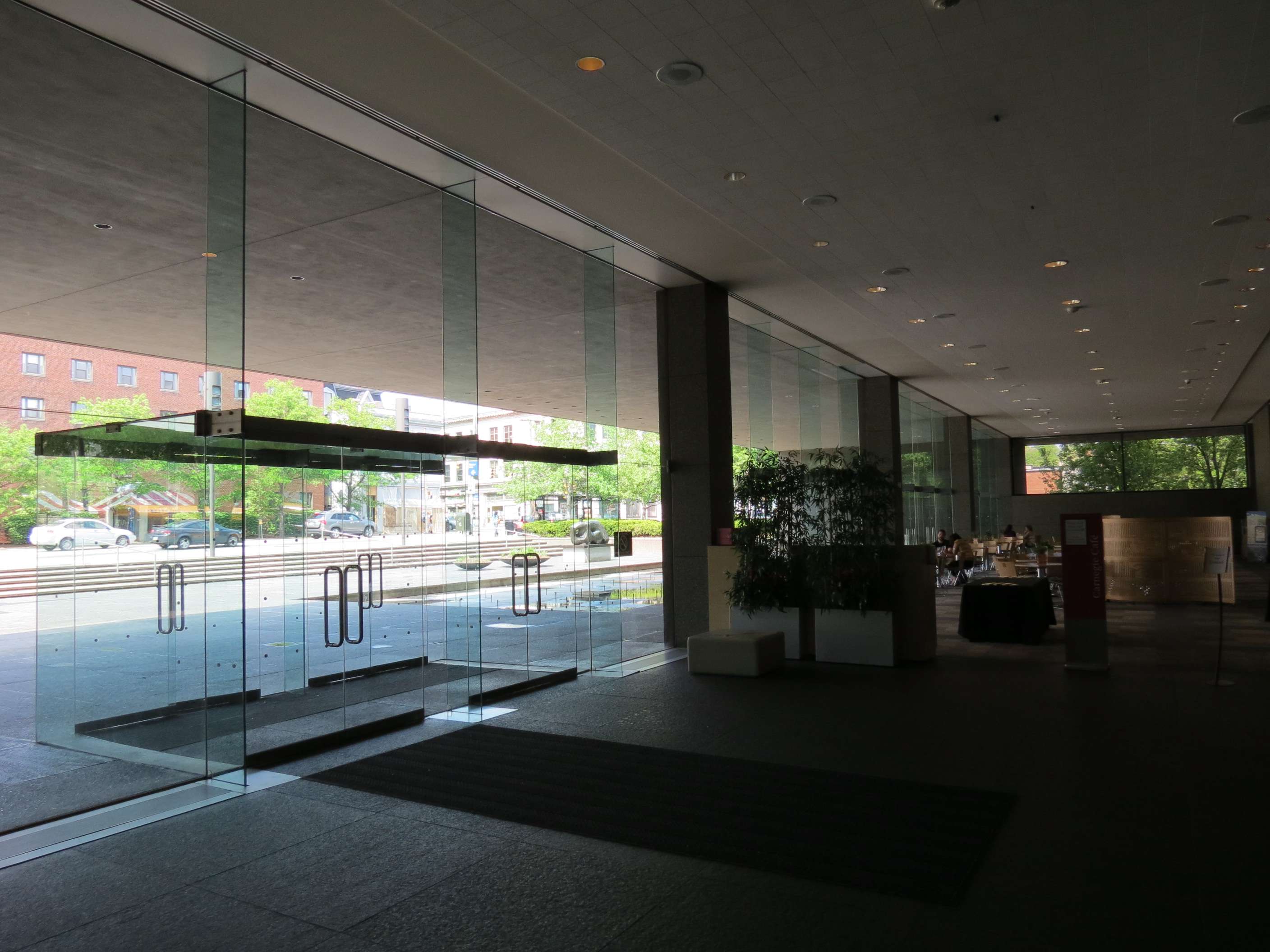

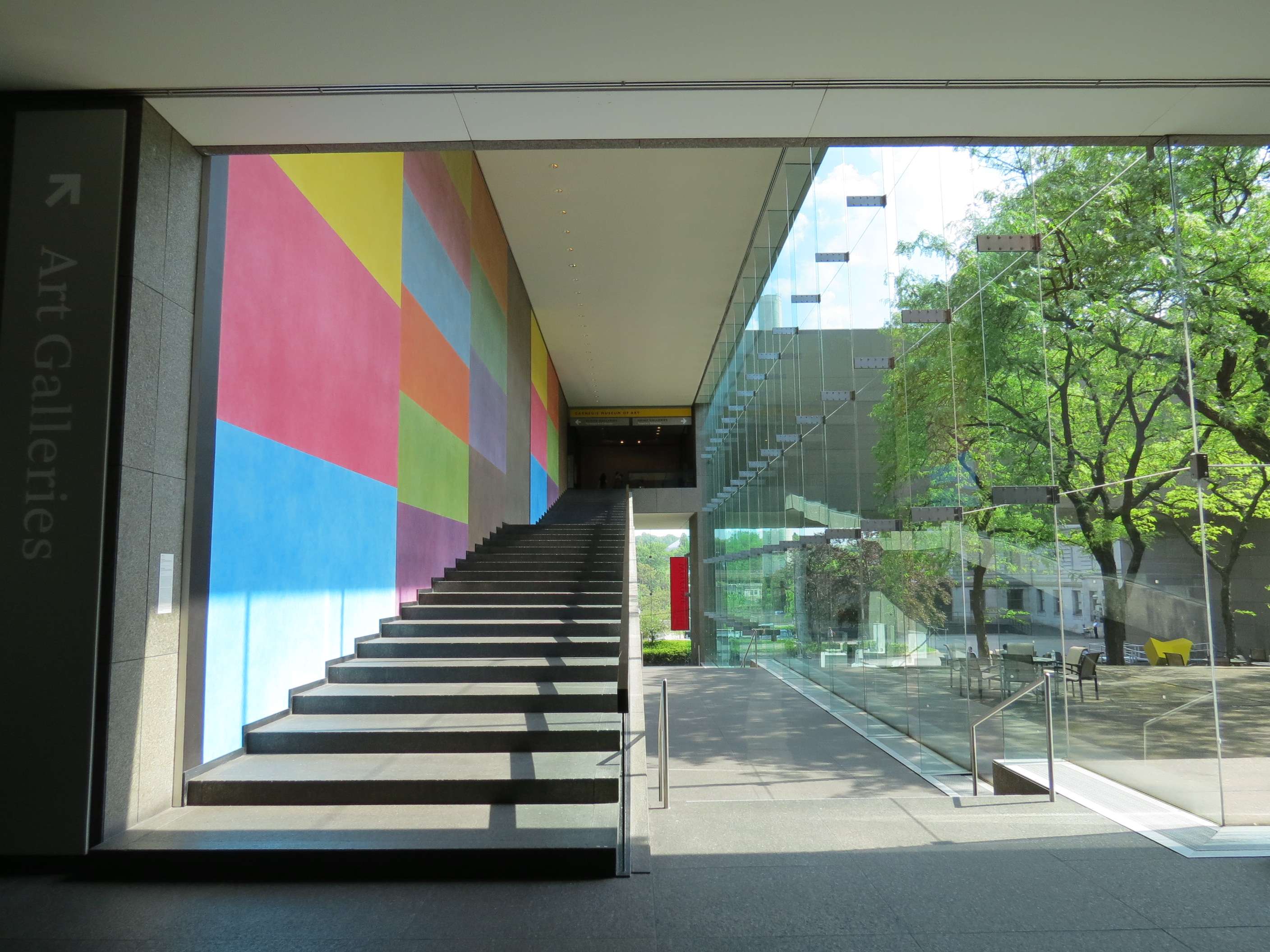
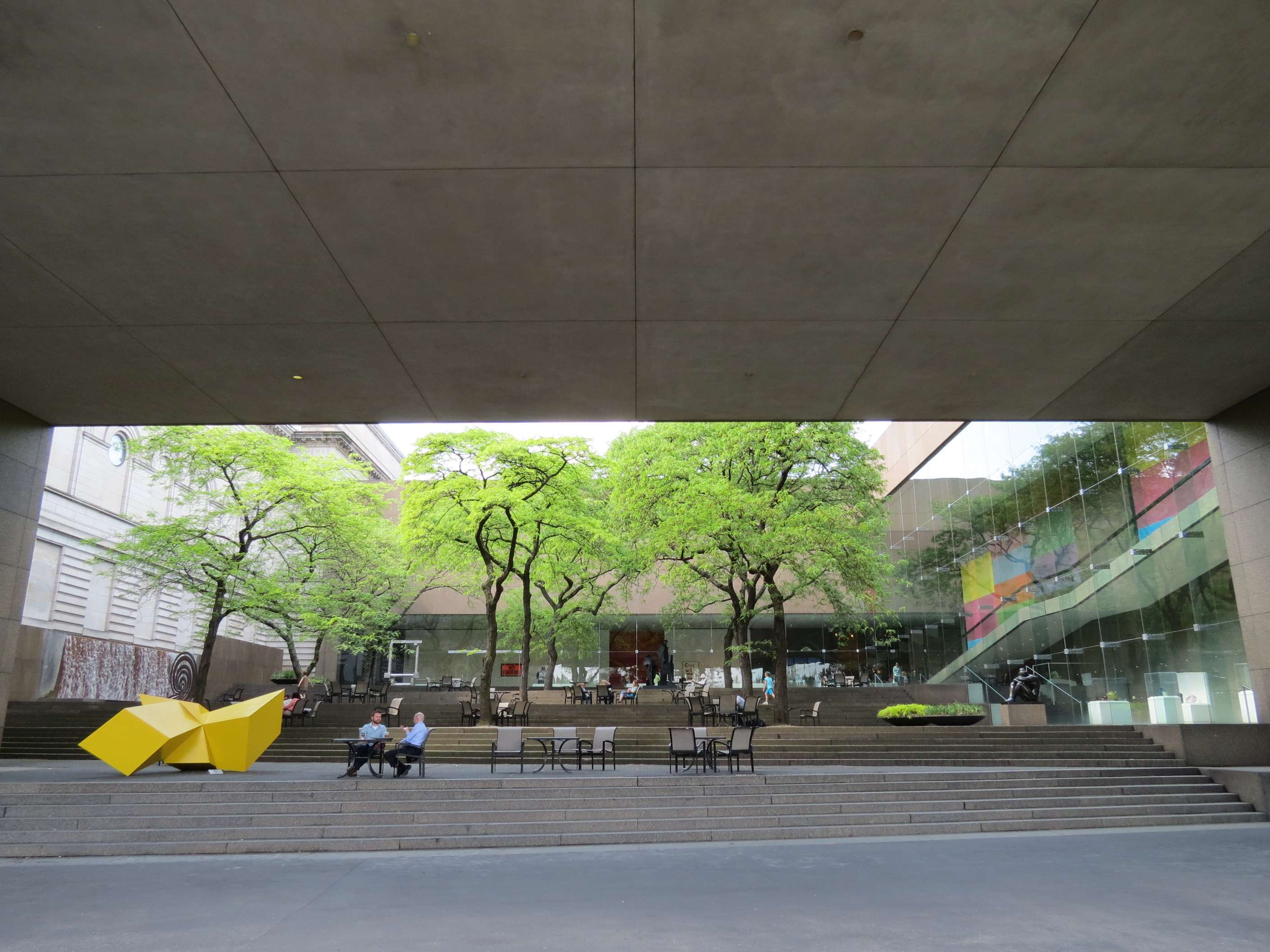
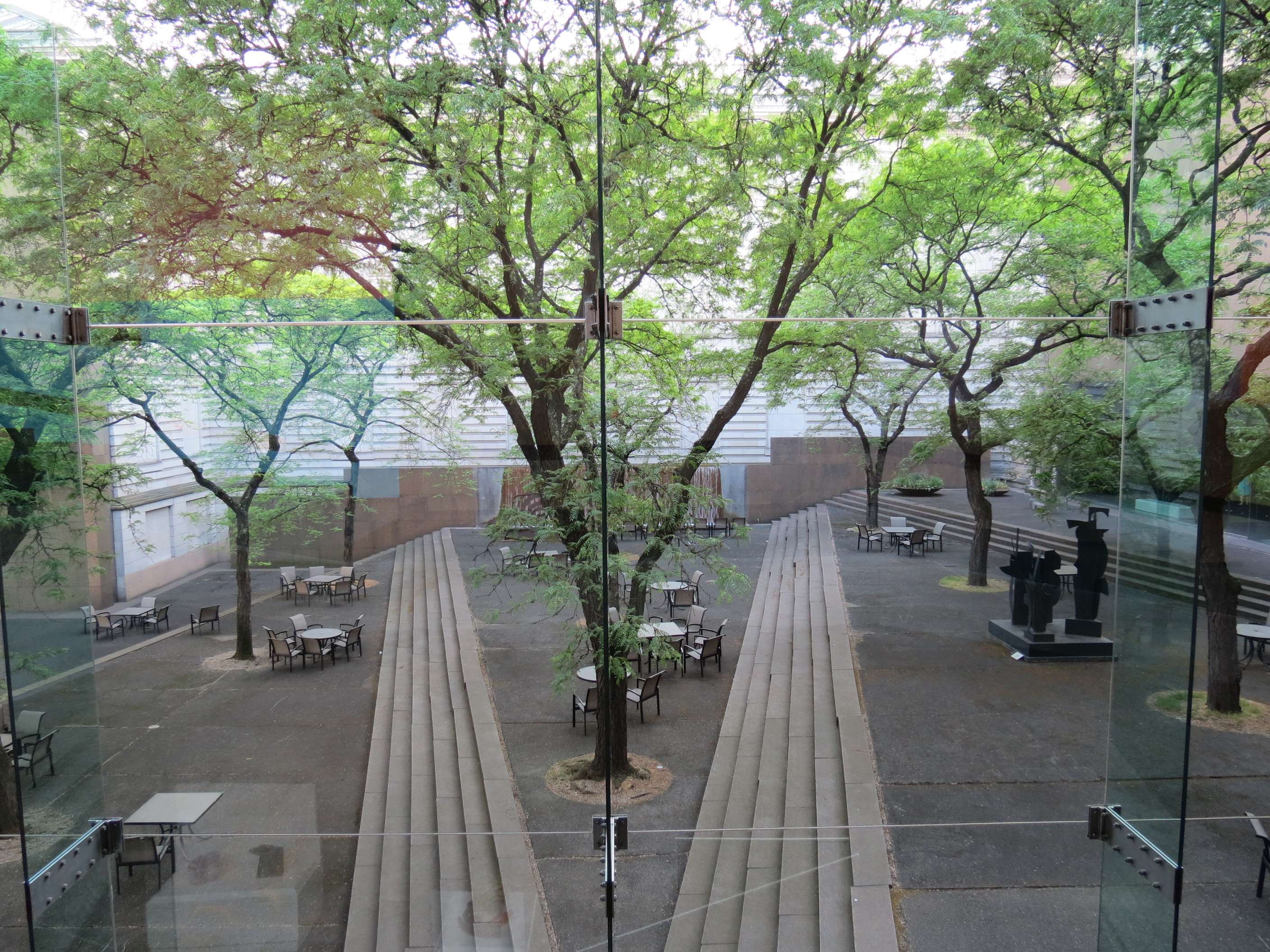
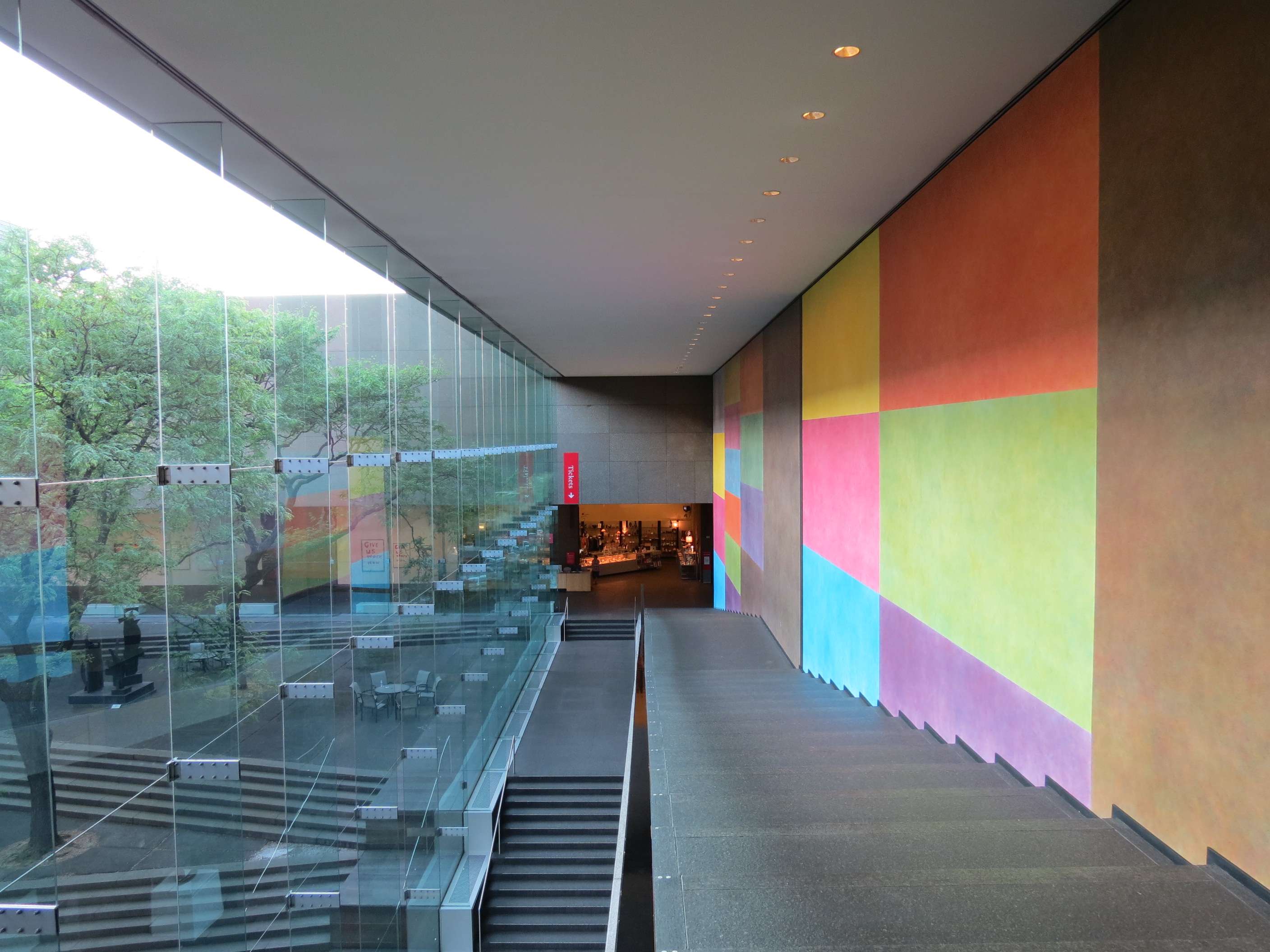
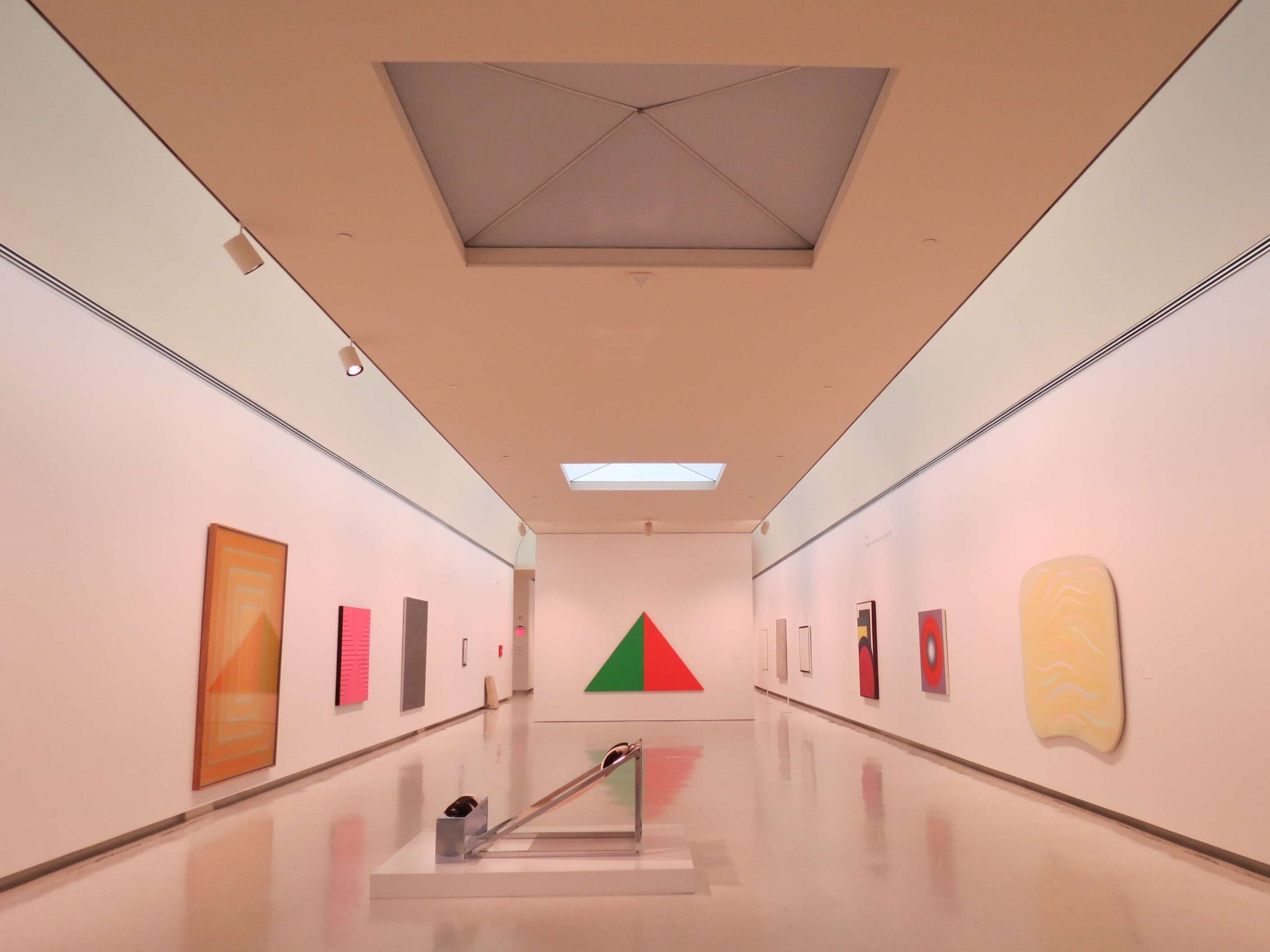
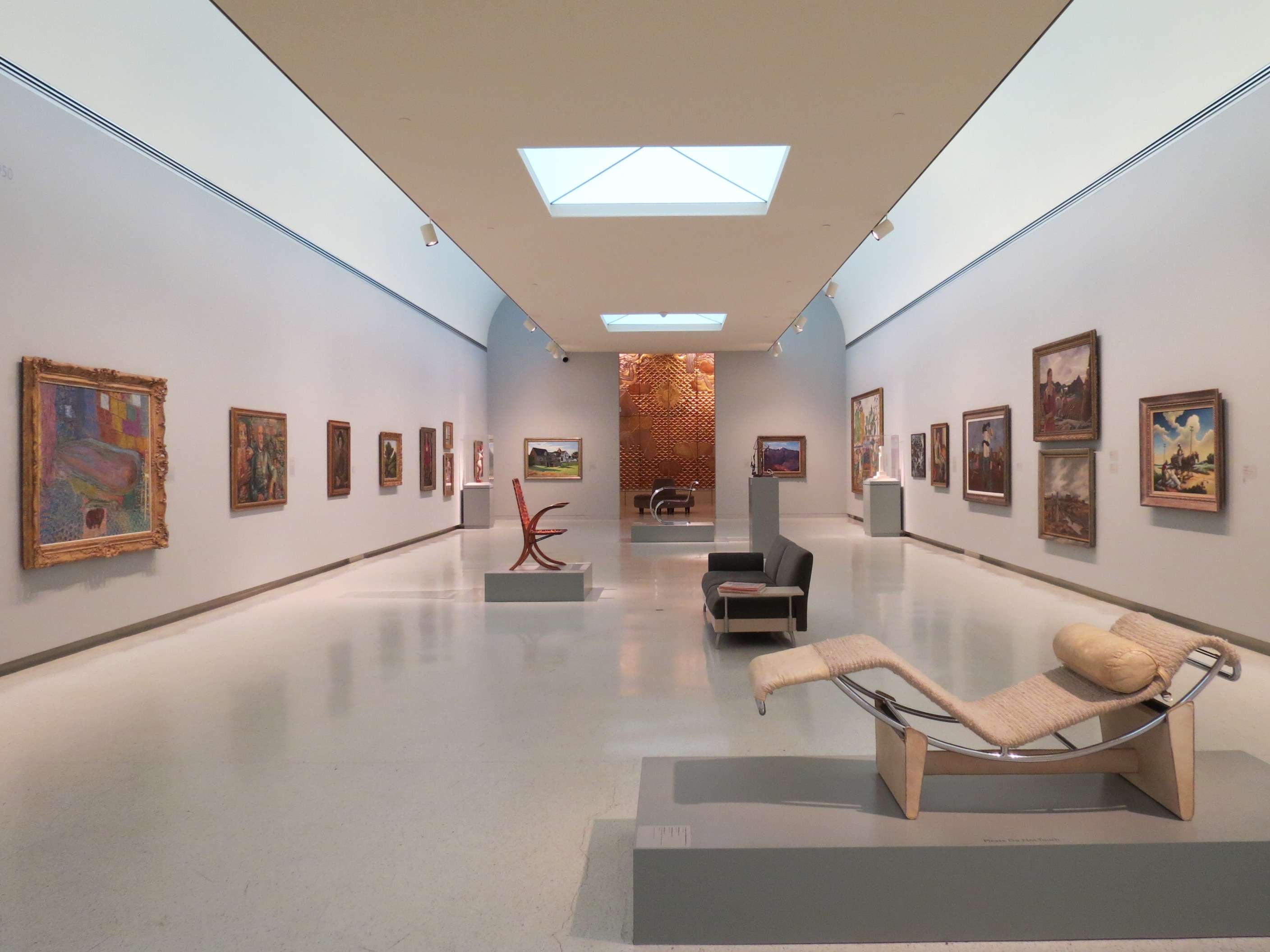
Litchfield Towers, 1963:
Oakland may be largely known for many grand early 20th Century buildings, but some mid-century modernism is also in evidence. These three towers are dormitories on the University of Pittsburgh campus.
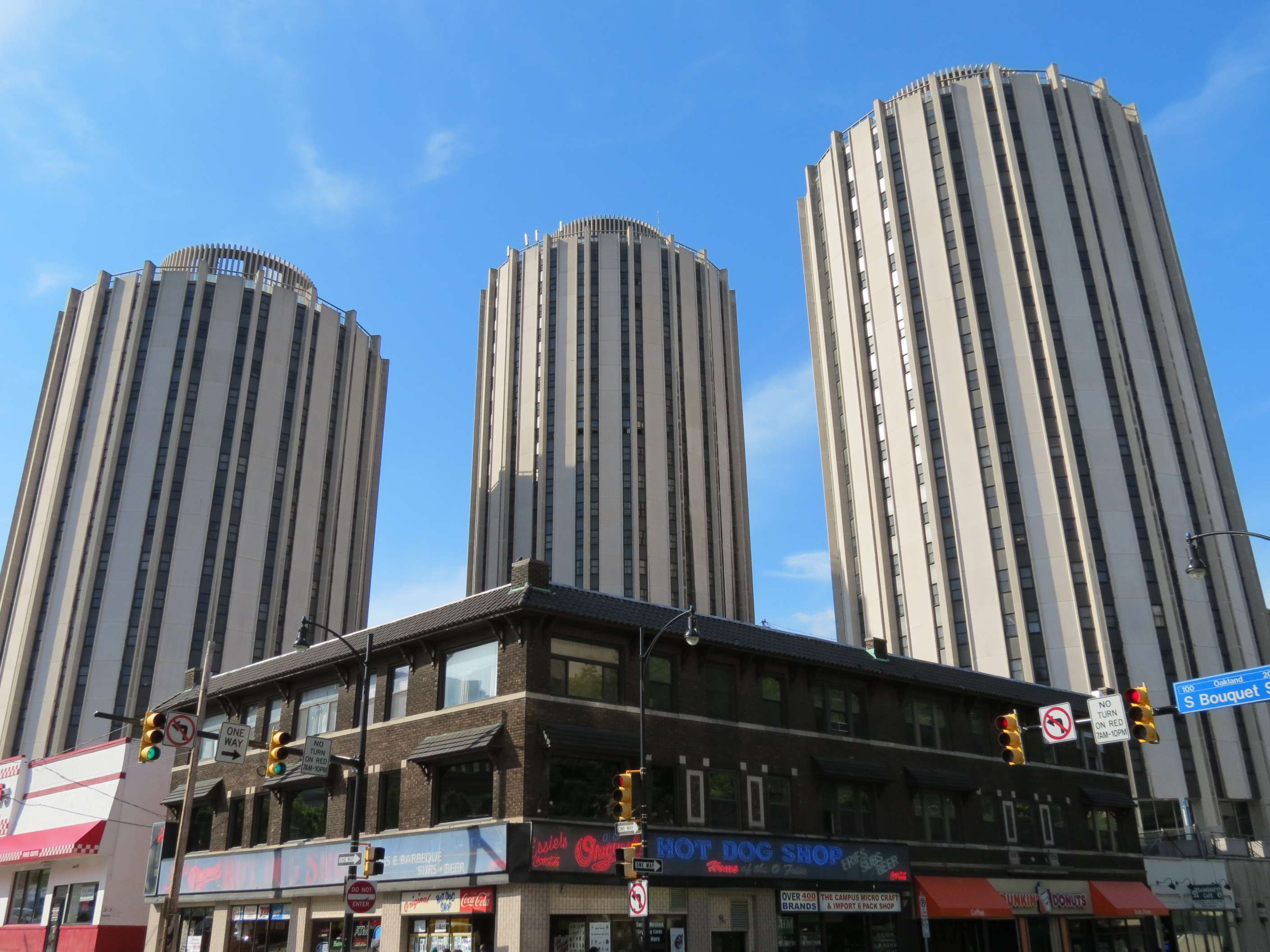
Posvar Hall, 1978:
This hulk is also on the University of Pittsburgh campus, as well as the next building.
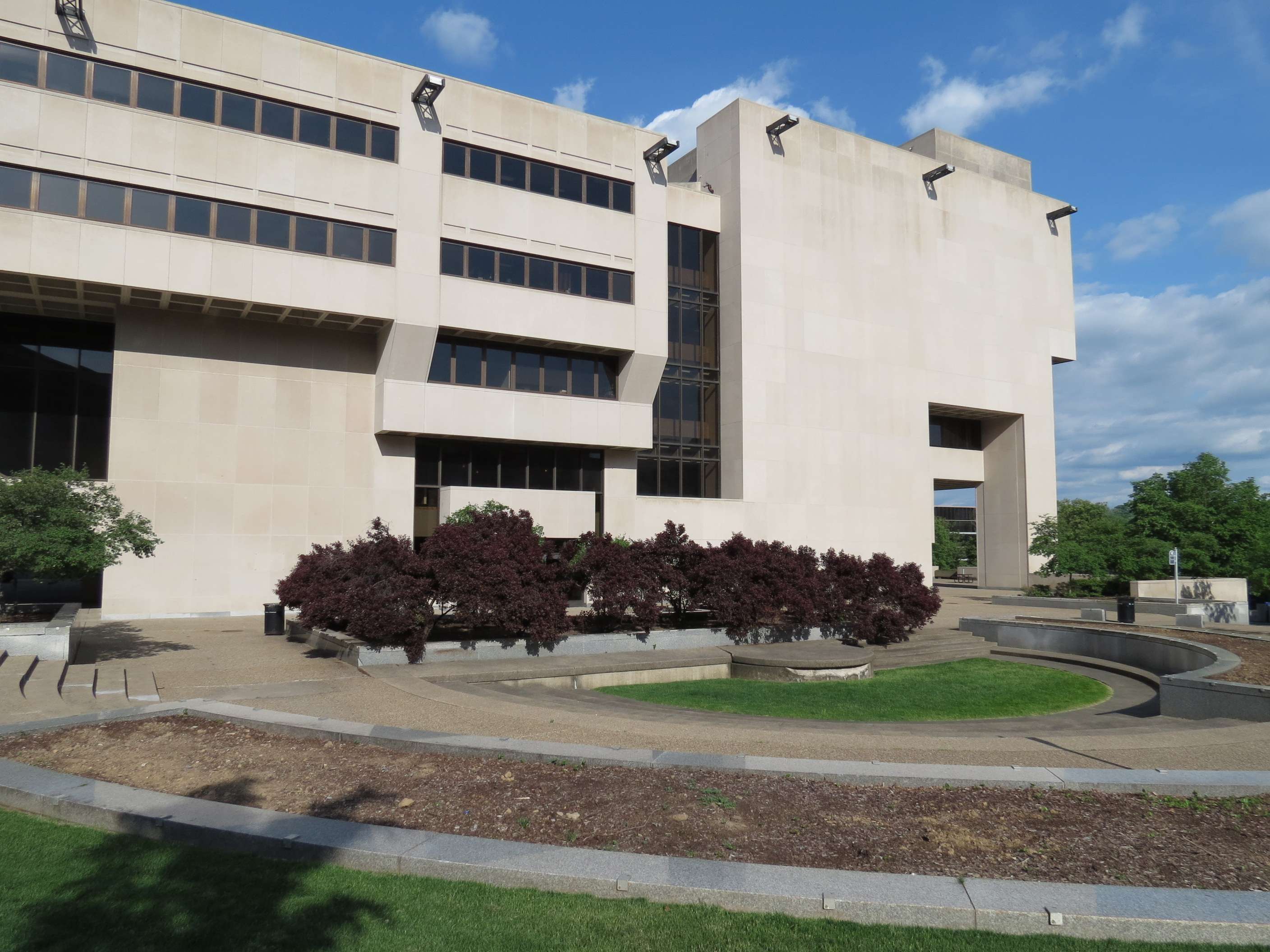
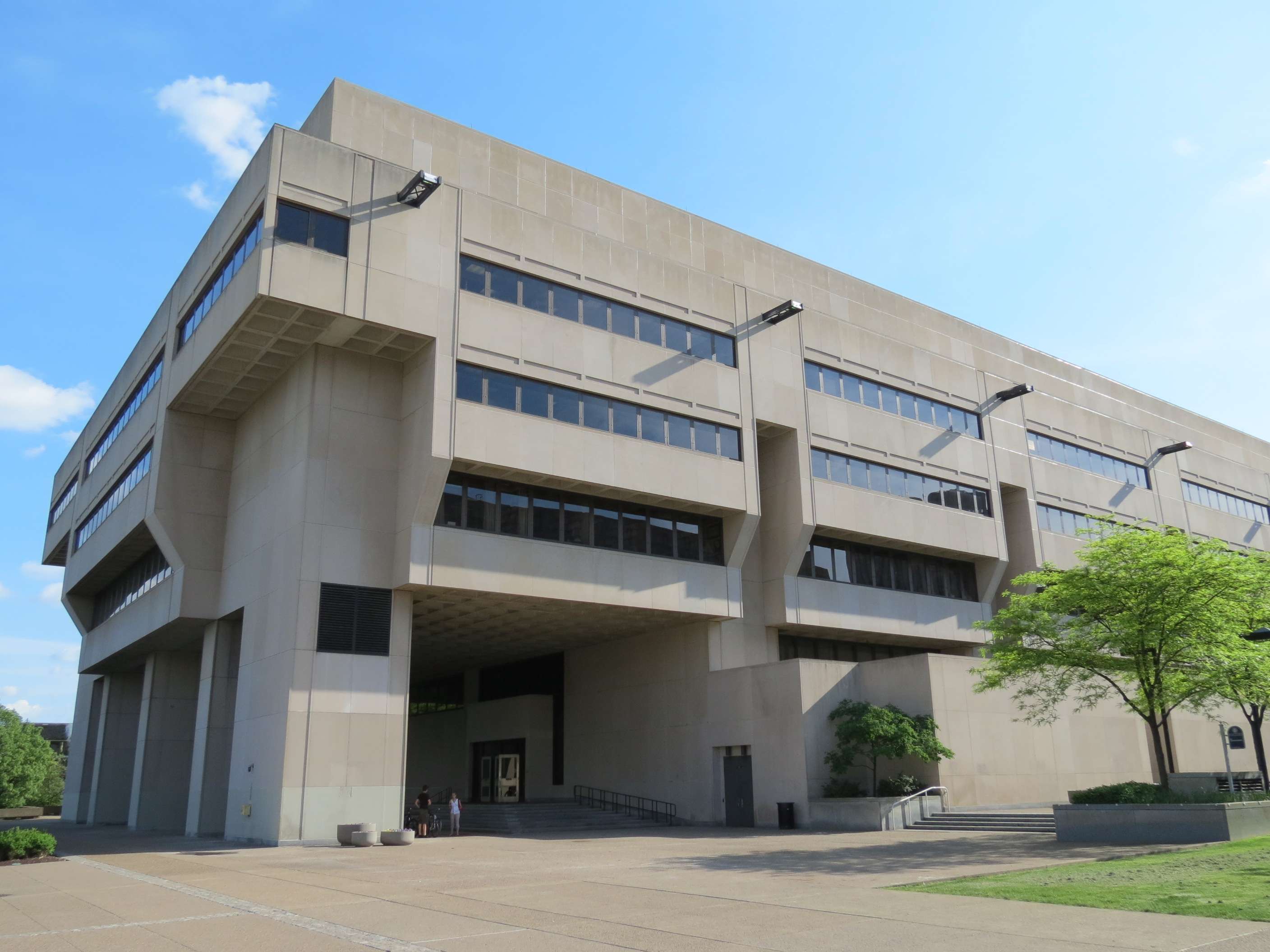
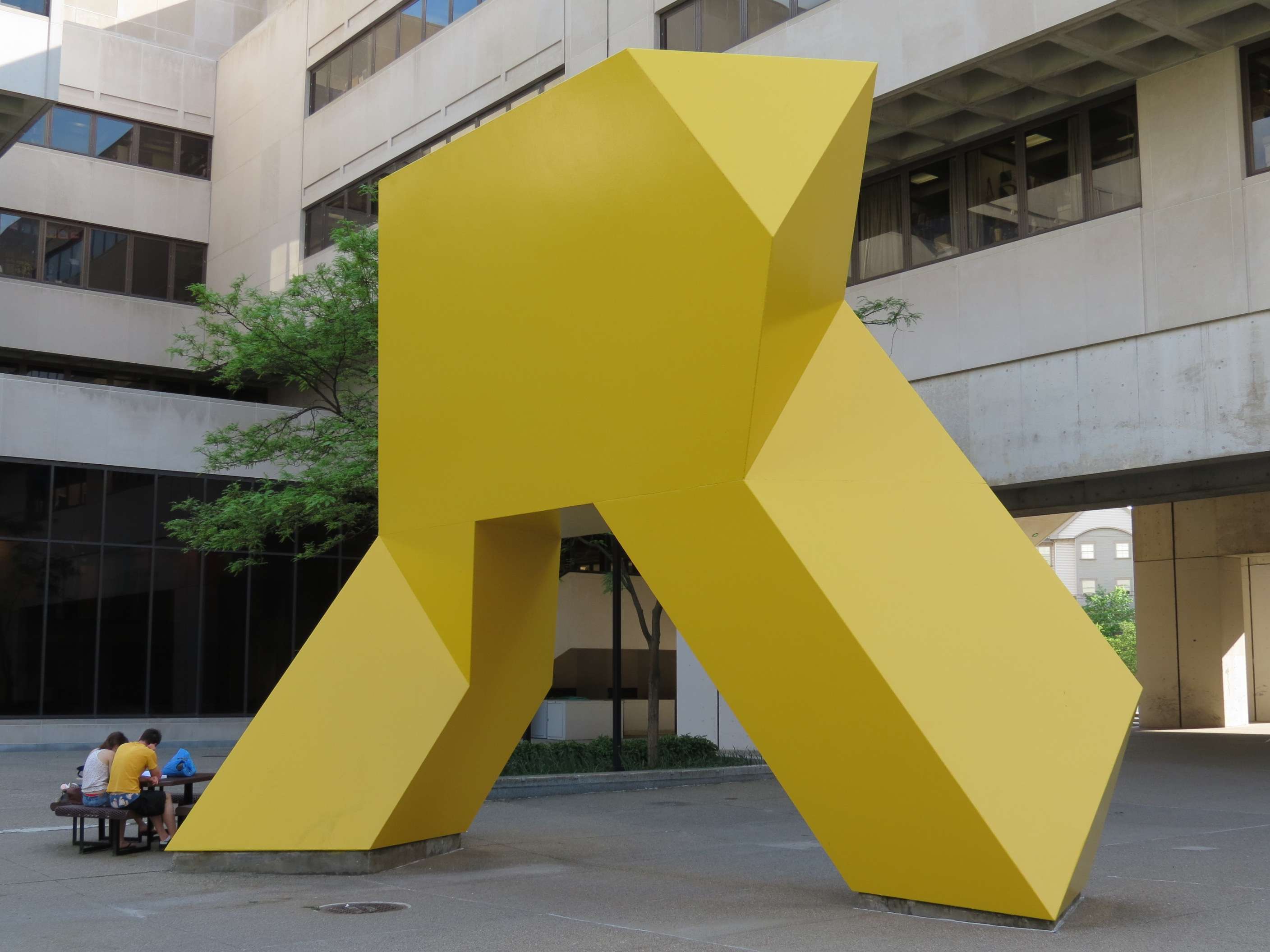
Hillman Library, 1968:
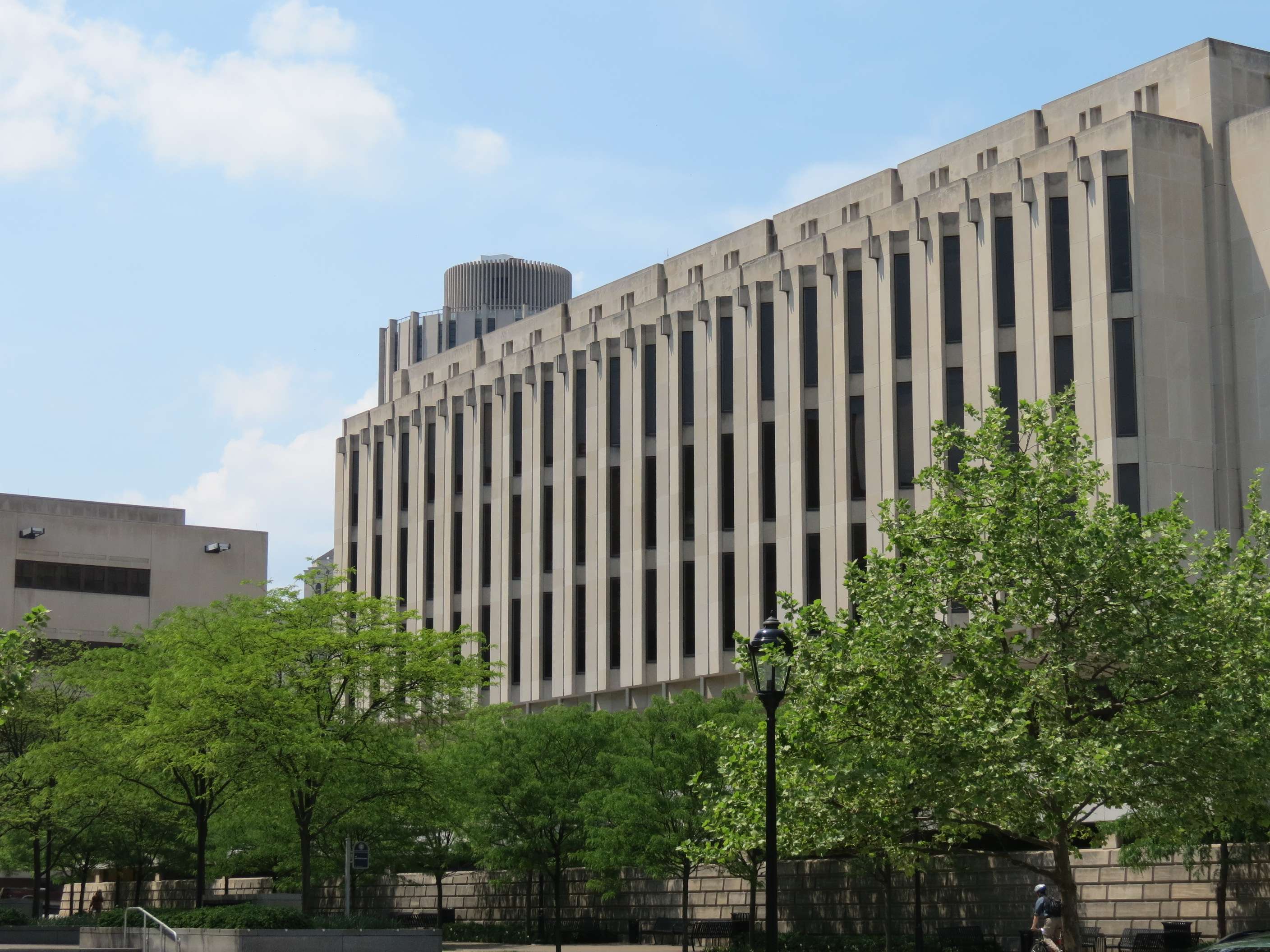
Schenley Plaza, 2006:
This greenspace at the crossroads of the University of Pittsburgh campus and the Carnegie Complex and Schenley Park features a large lawn, planted seating areas, a restaurant, a carousel, and a tented pavilion.
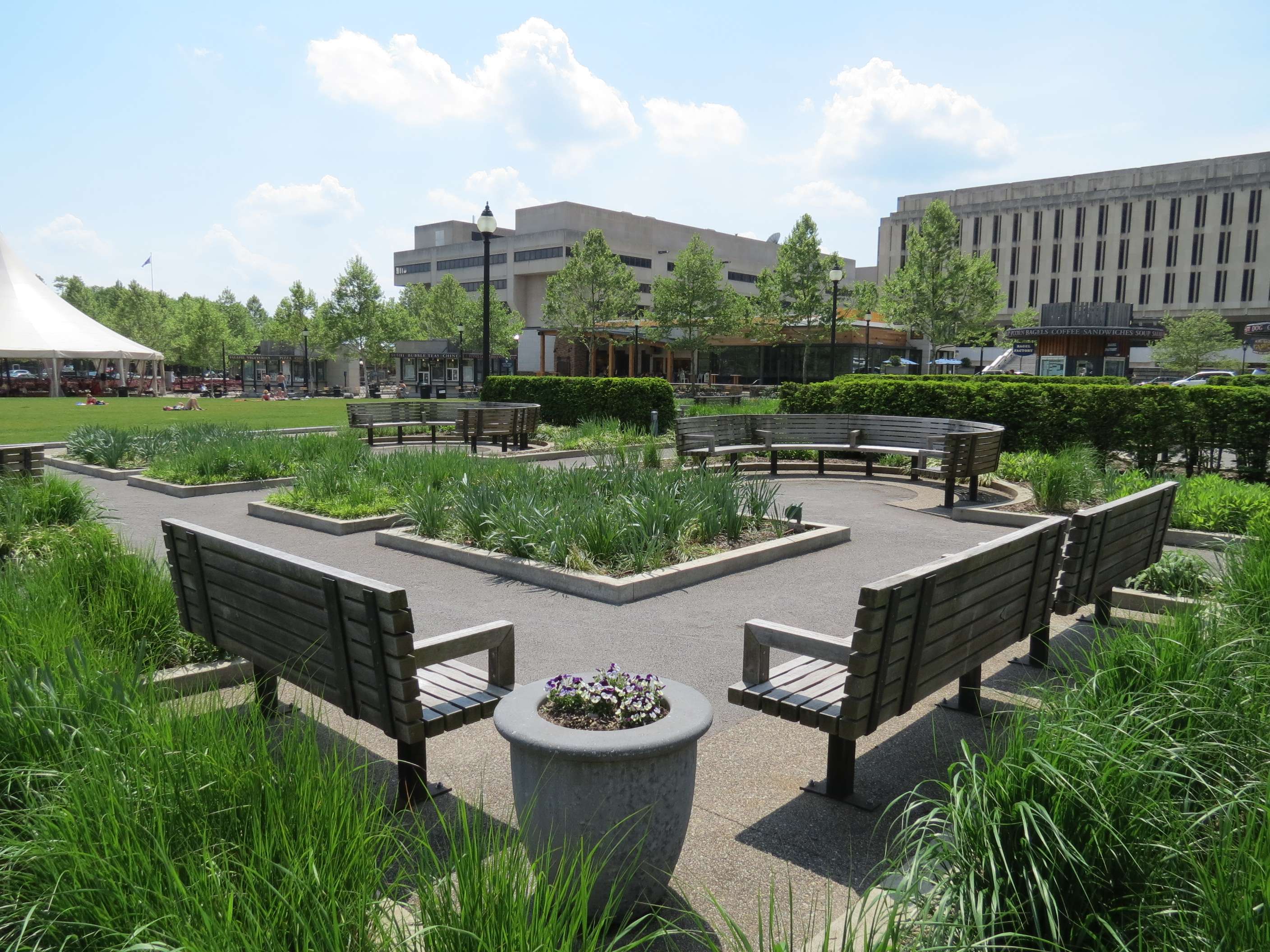
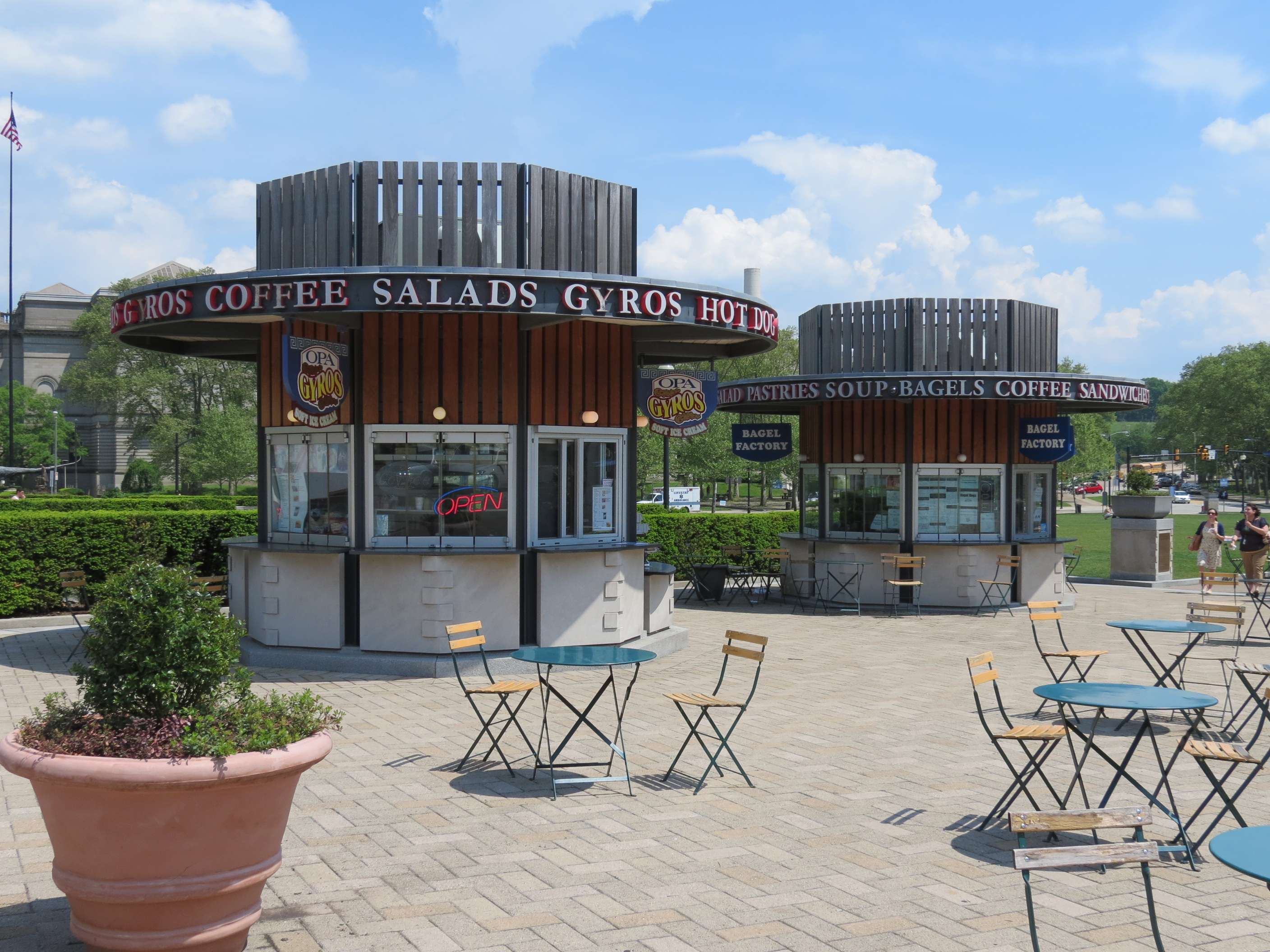
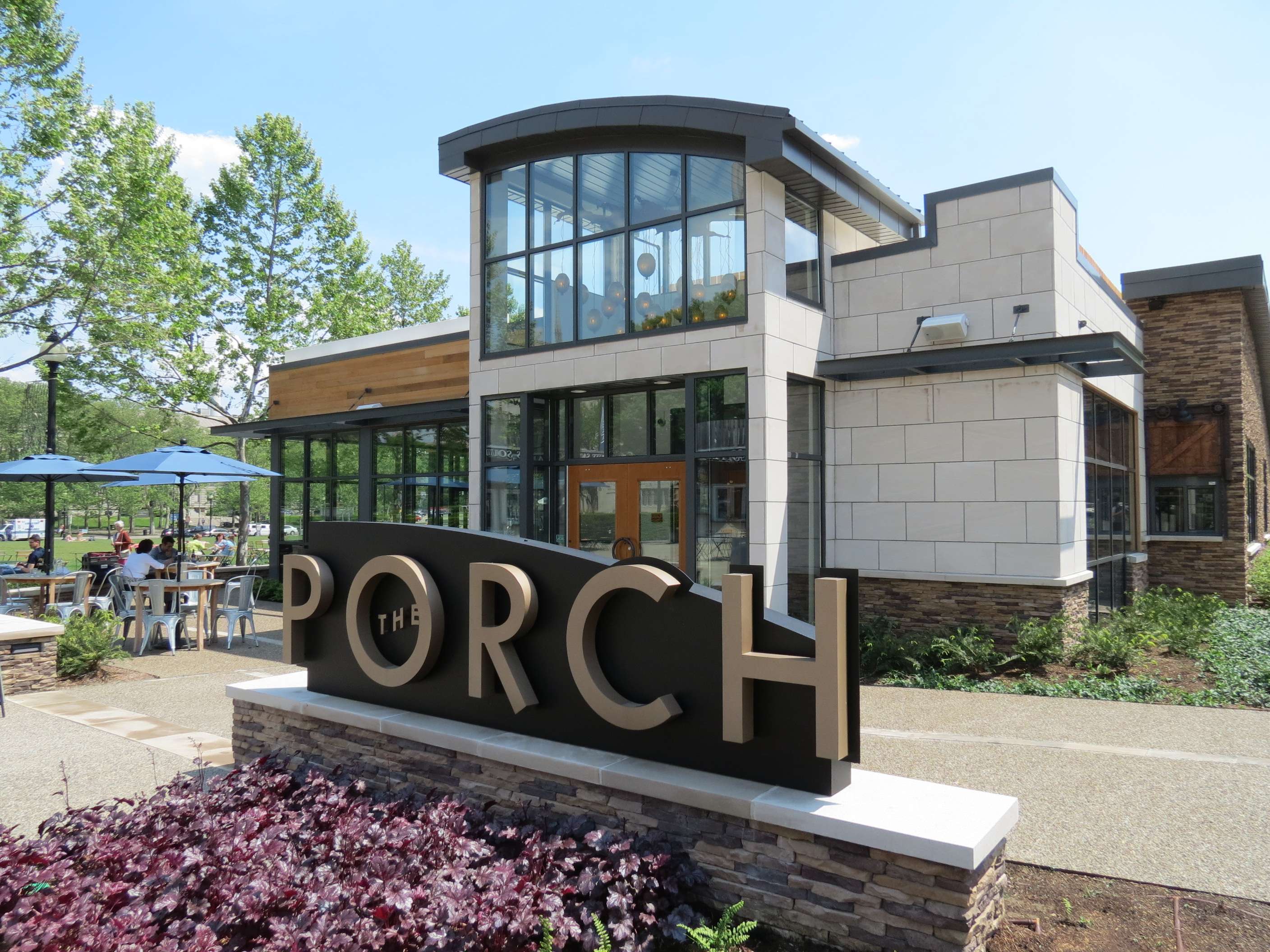
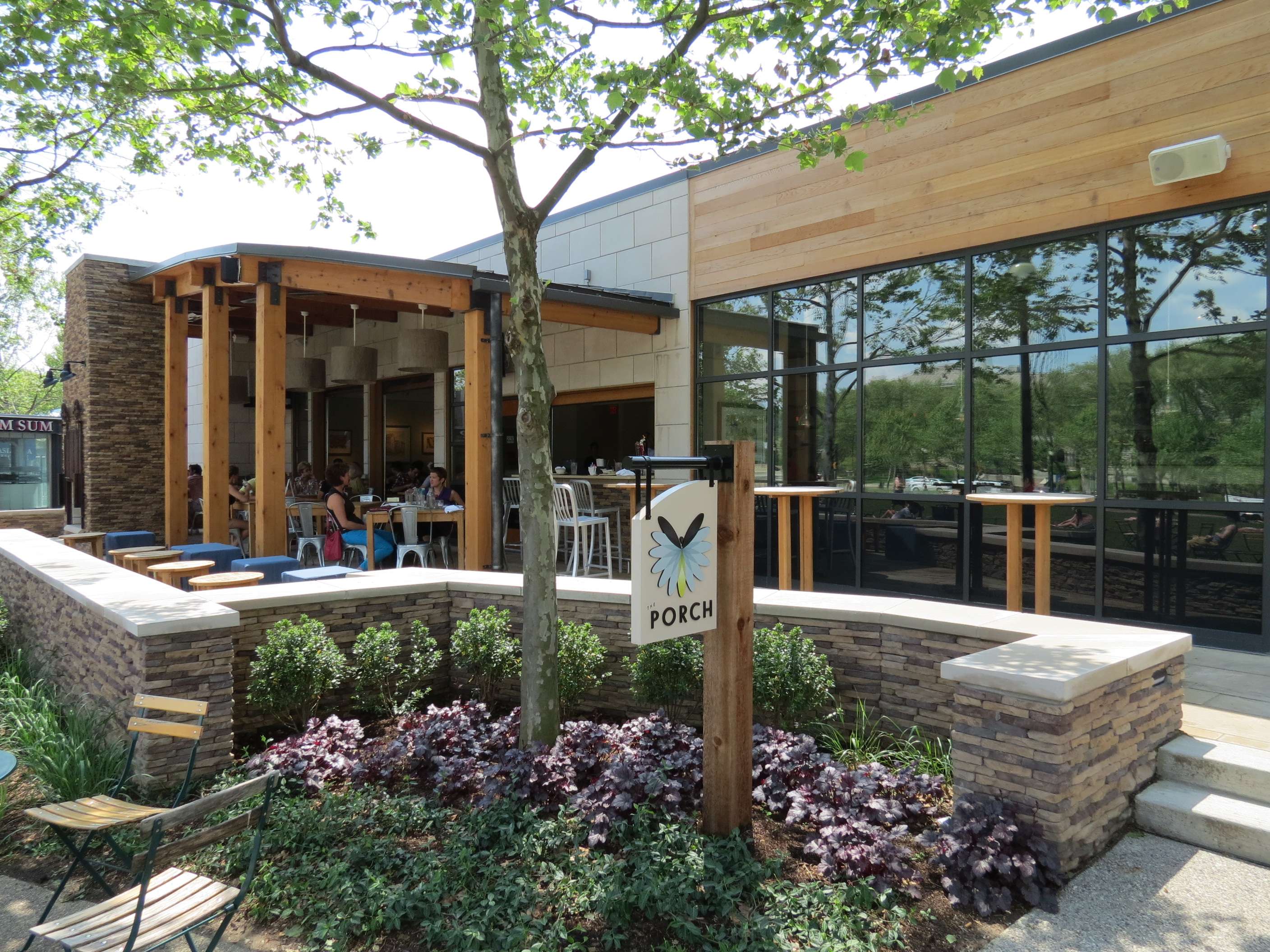
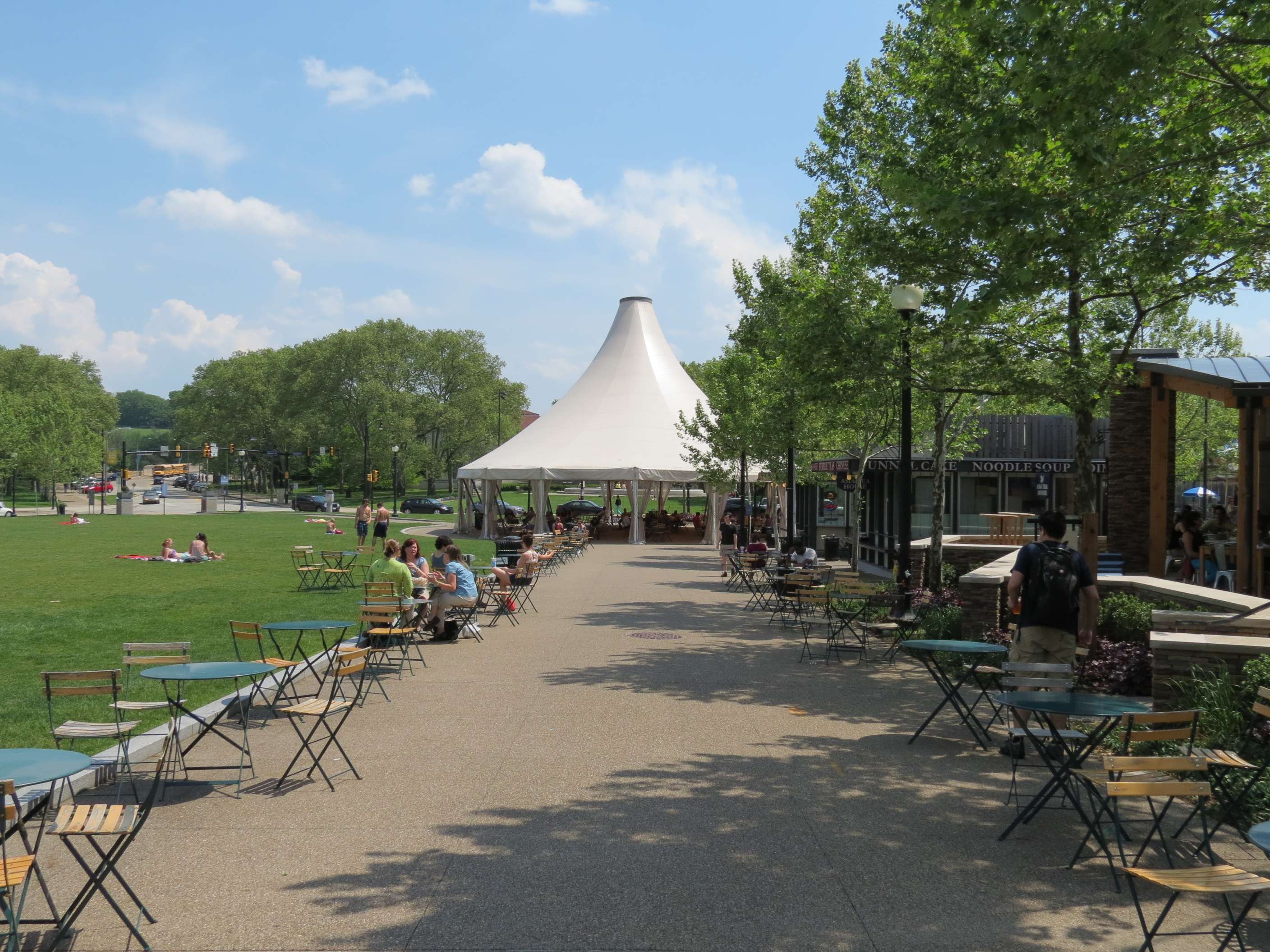
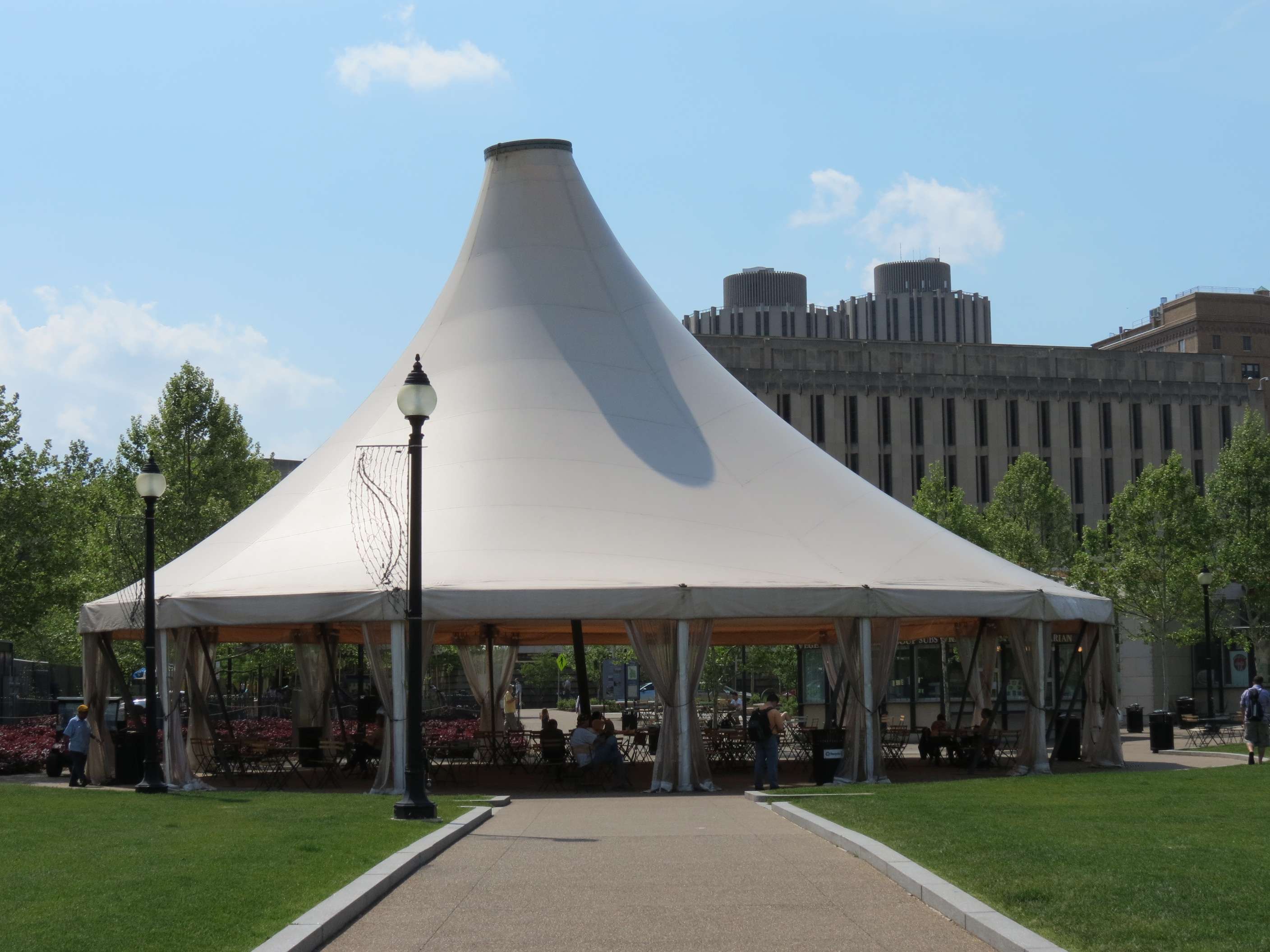
Phipps Conservatory:
Located in Schenley Park, just across a bridge from Oakland, this extensive botanical attraction's original greenhouses were built in 1893. A modern entry addition was completed in 2005 while a modern tropical greenhouse was completed in 2006.
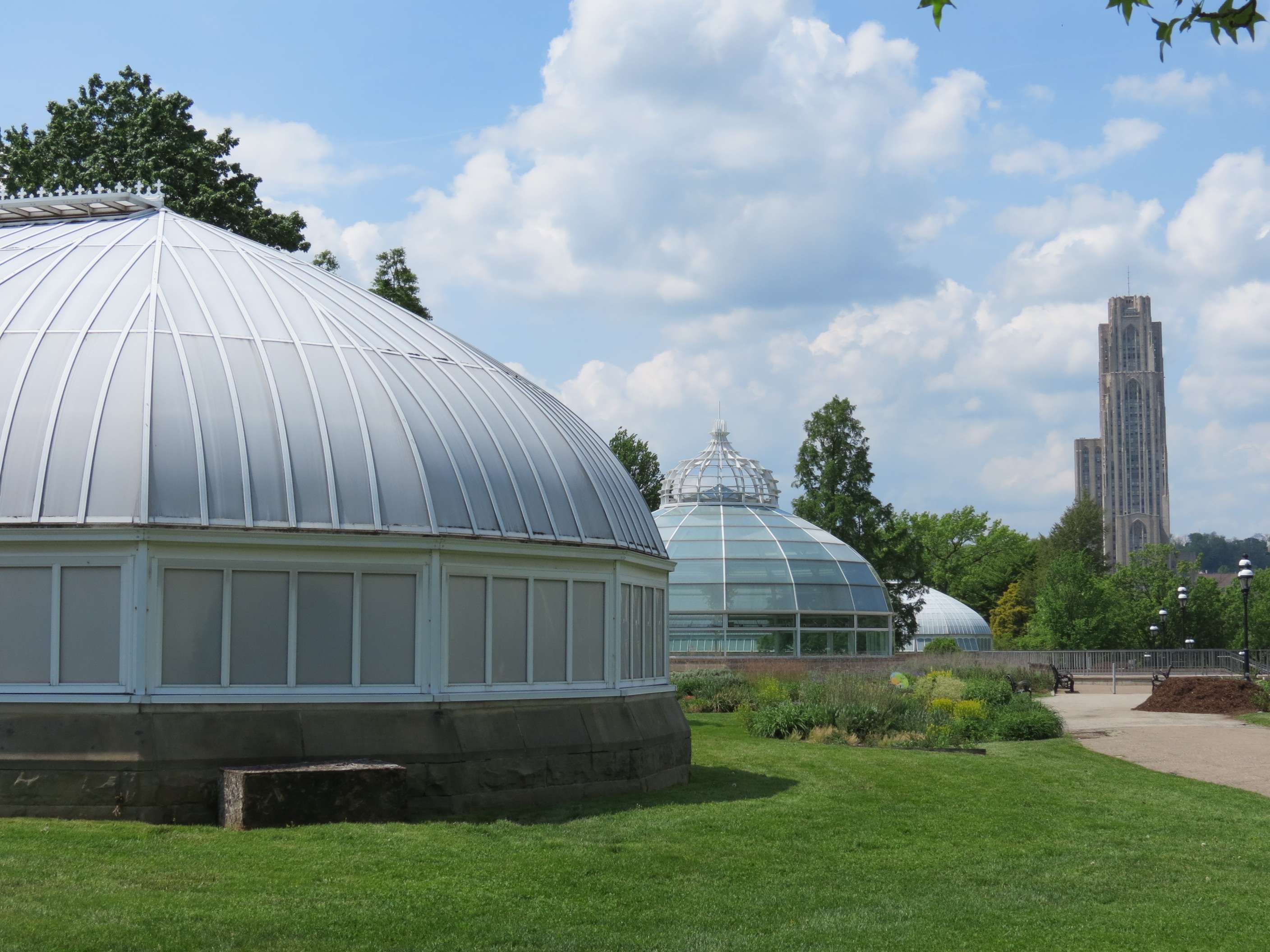
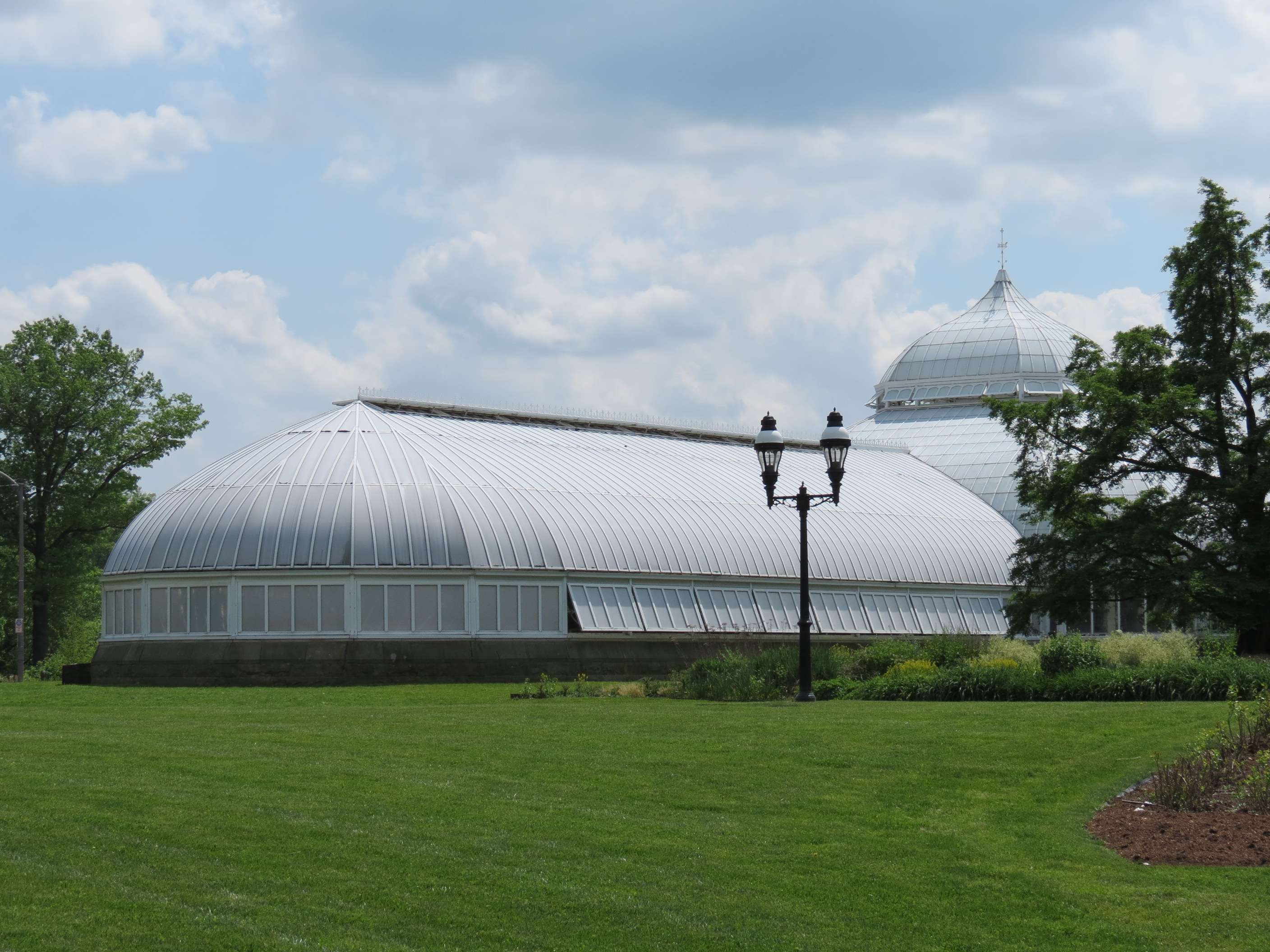
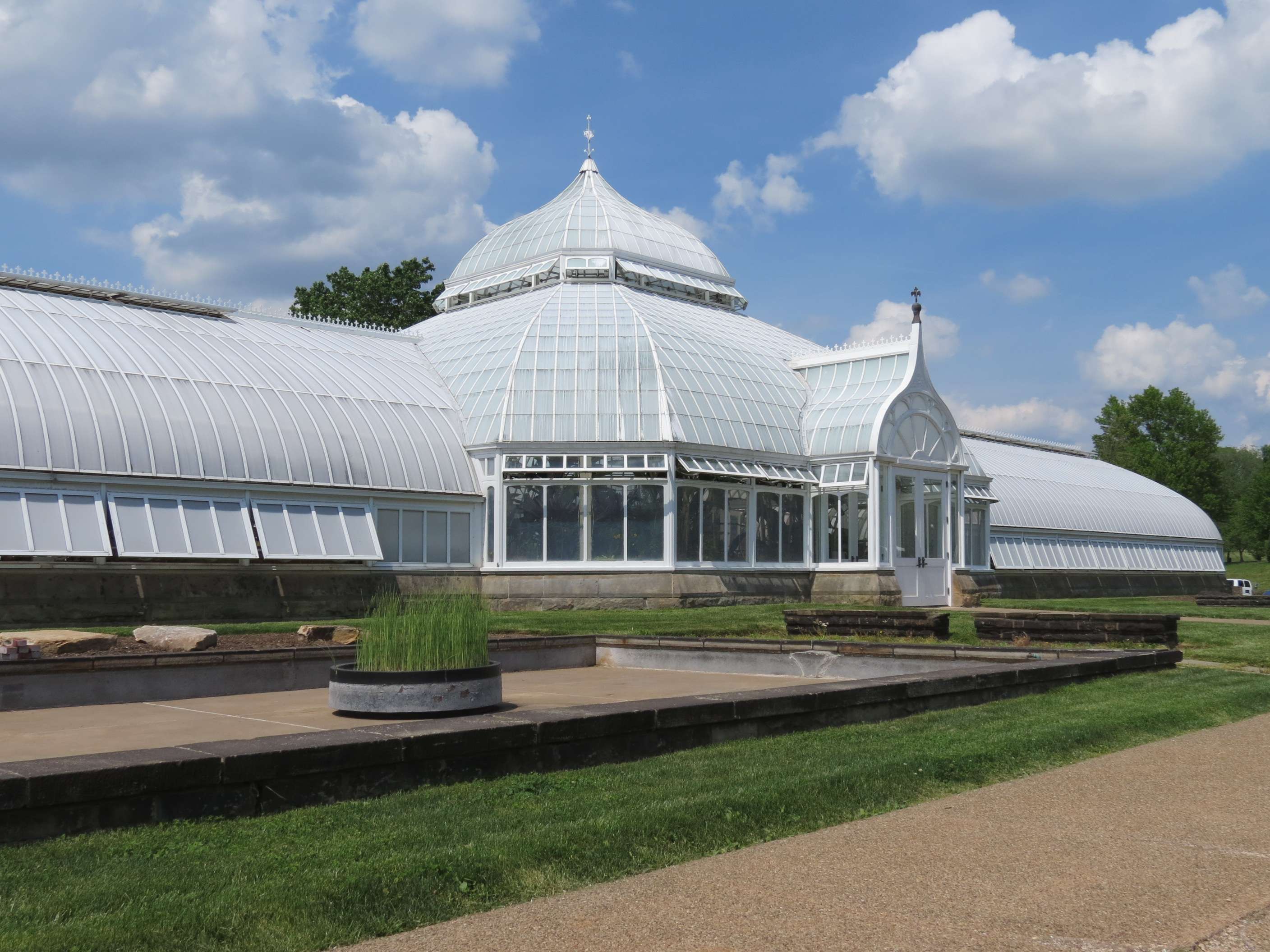

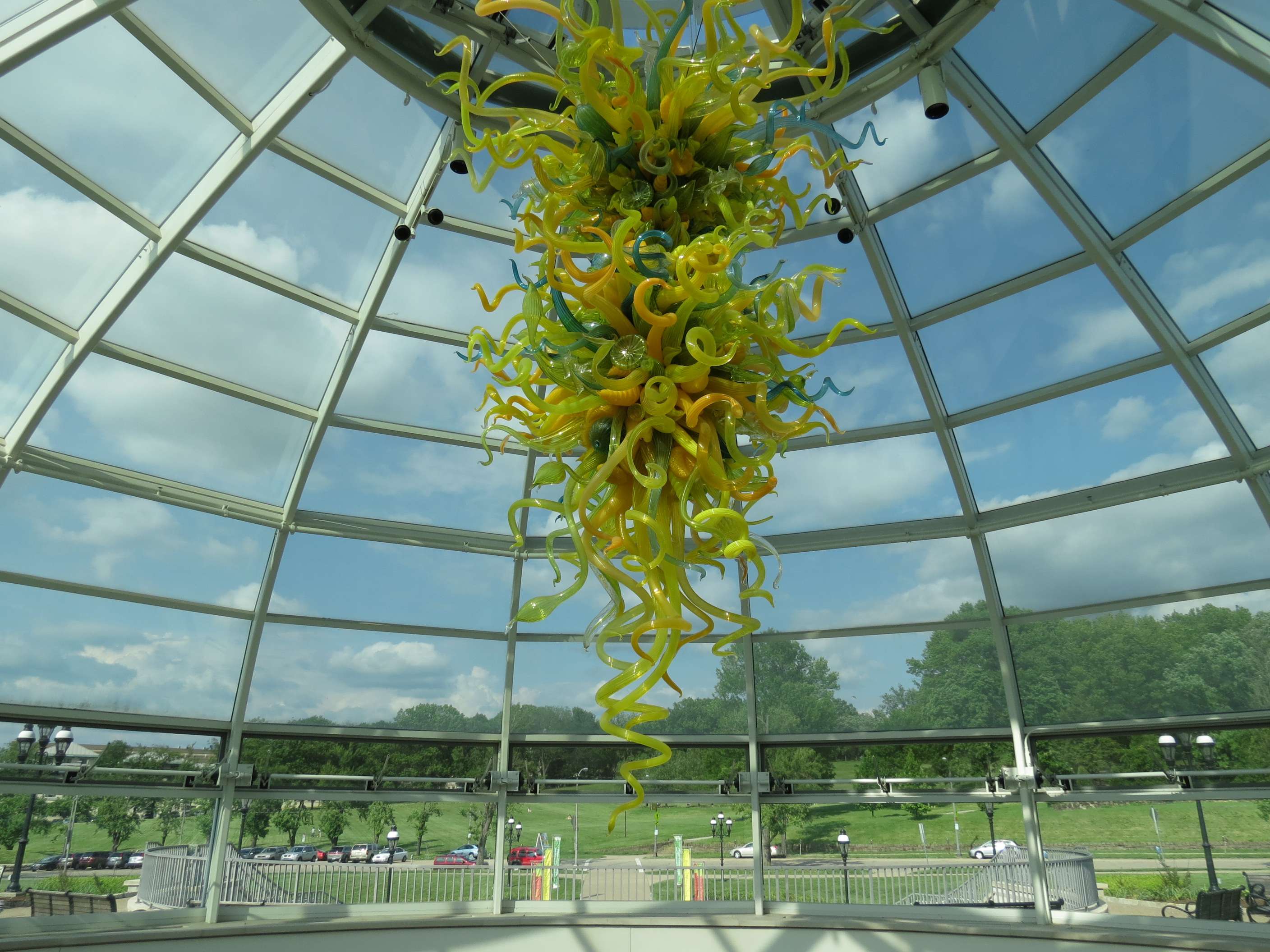

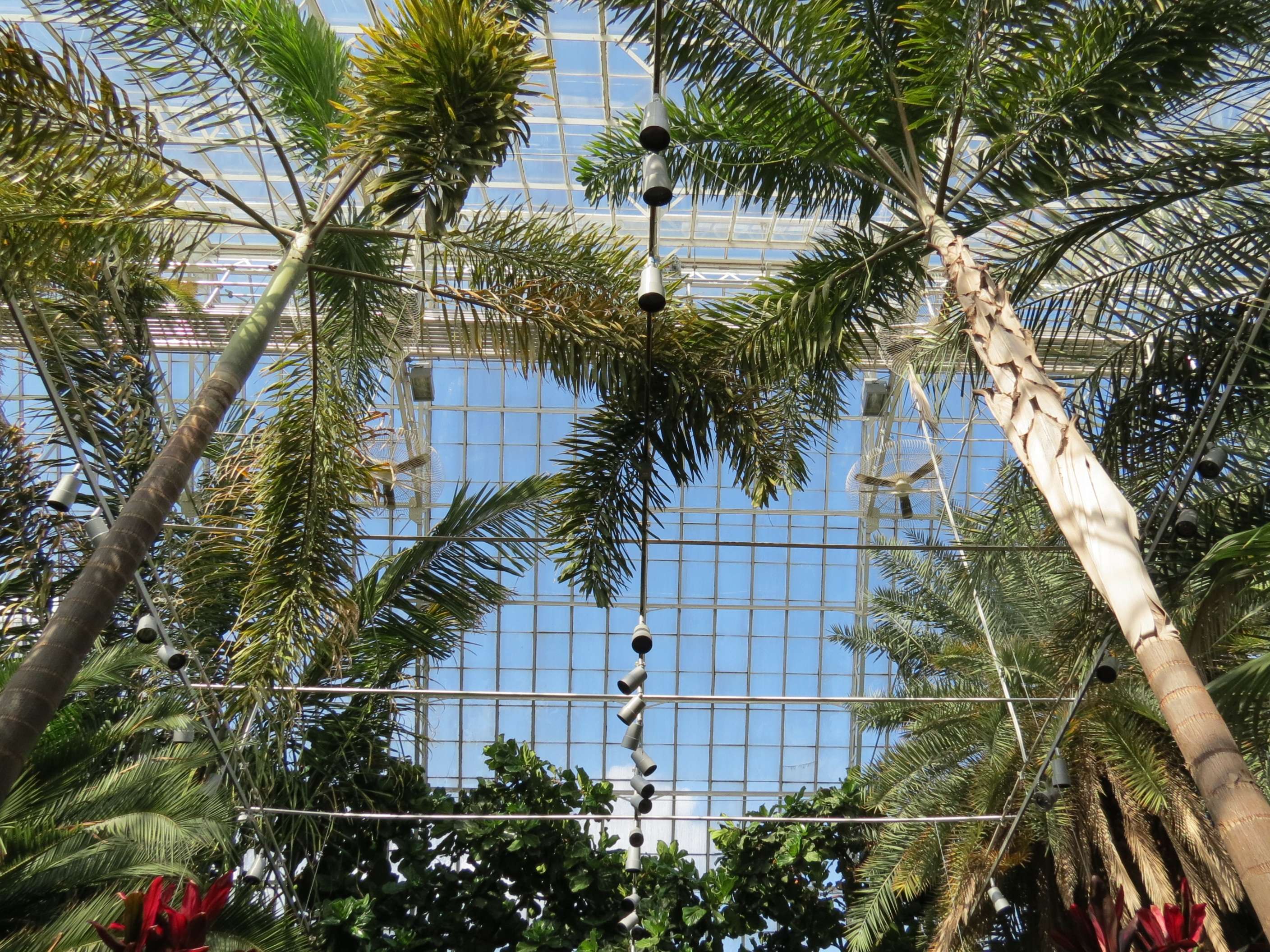
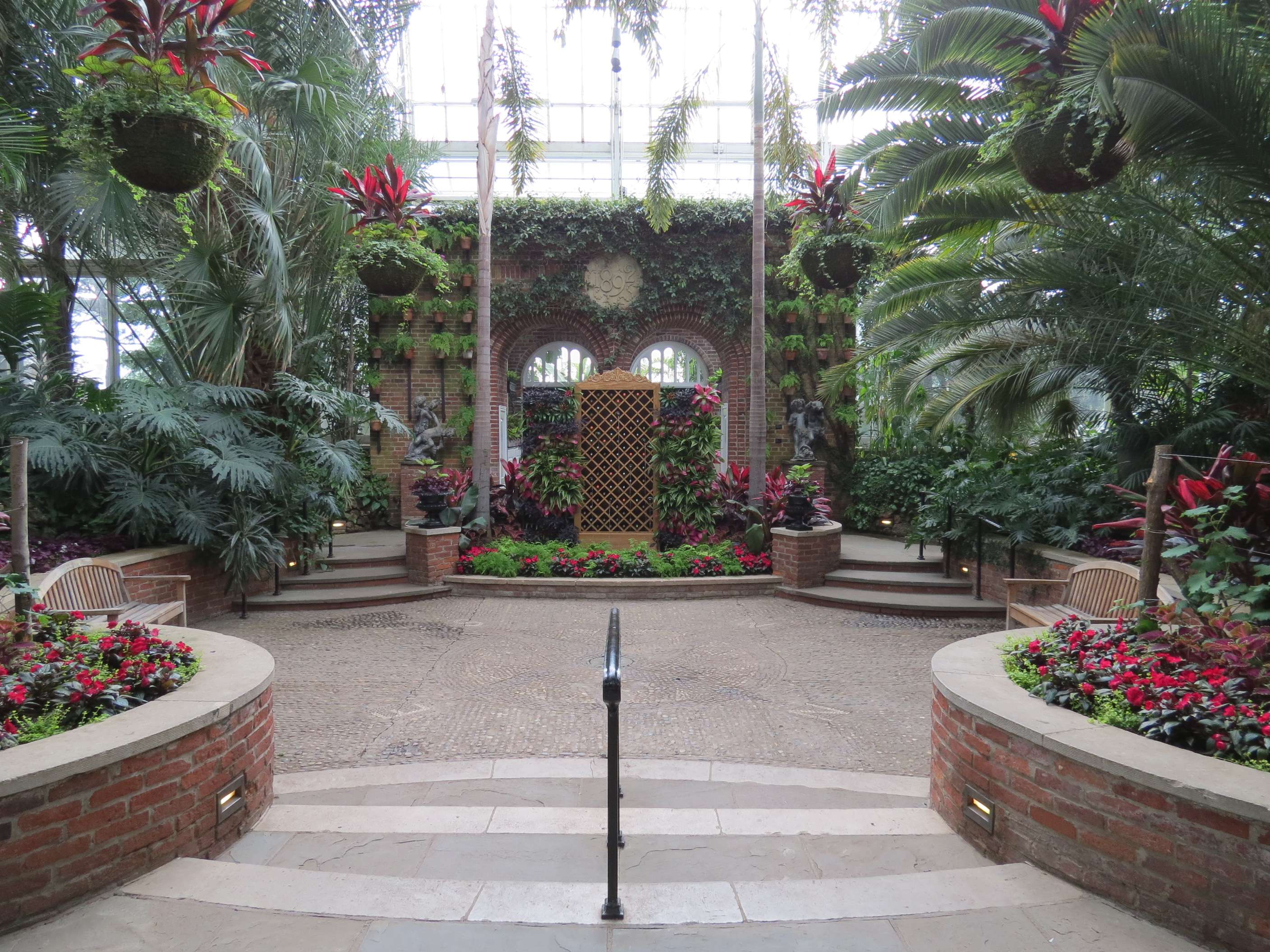
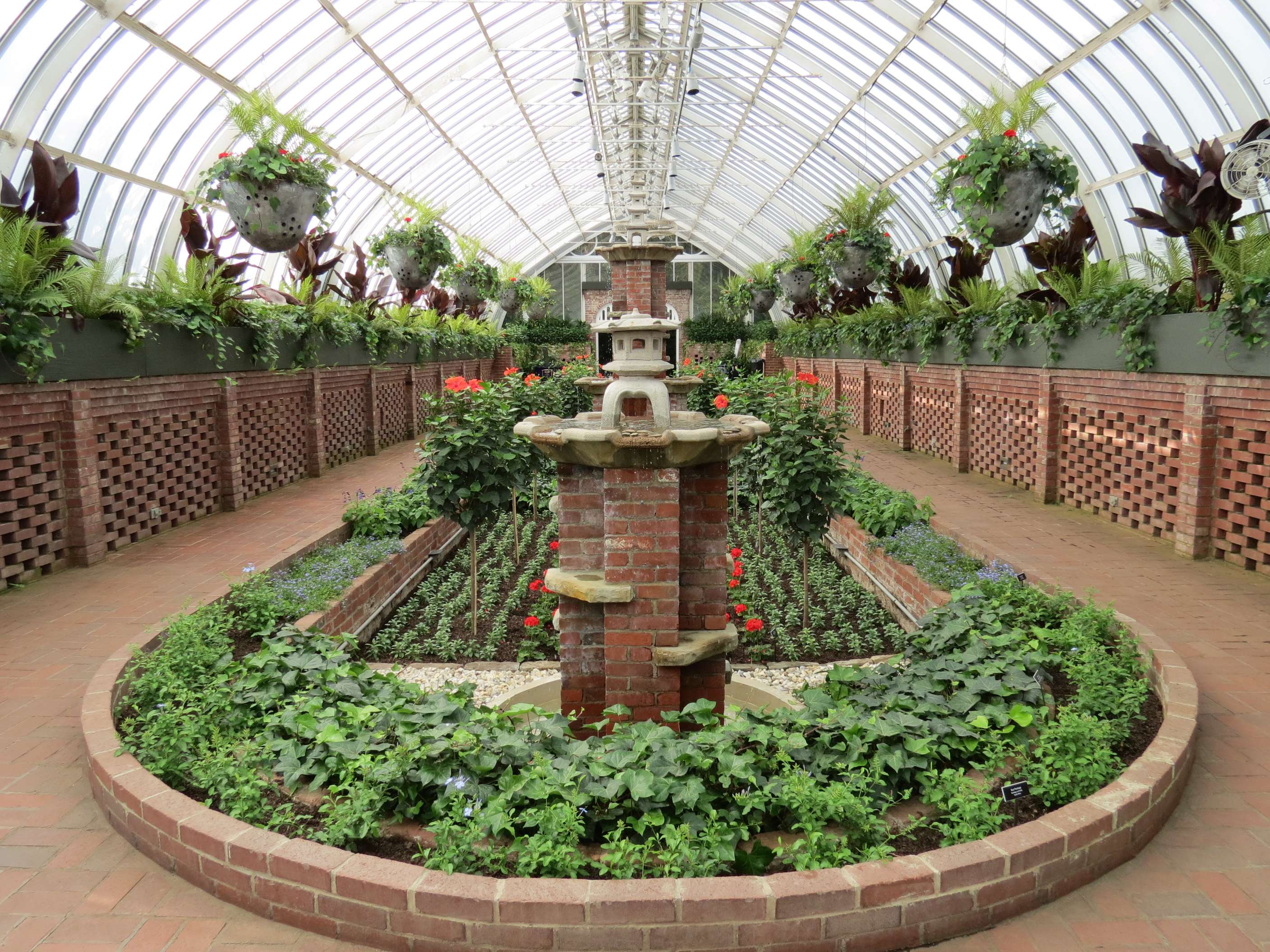
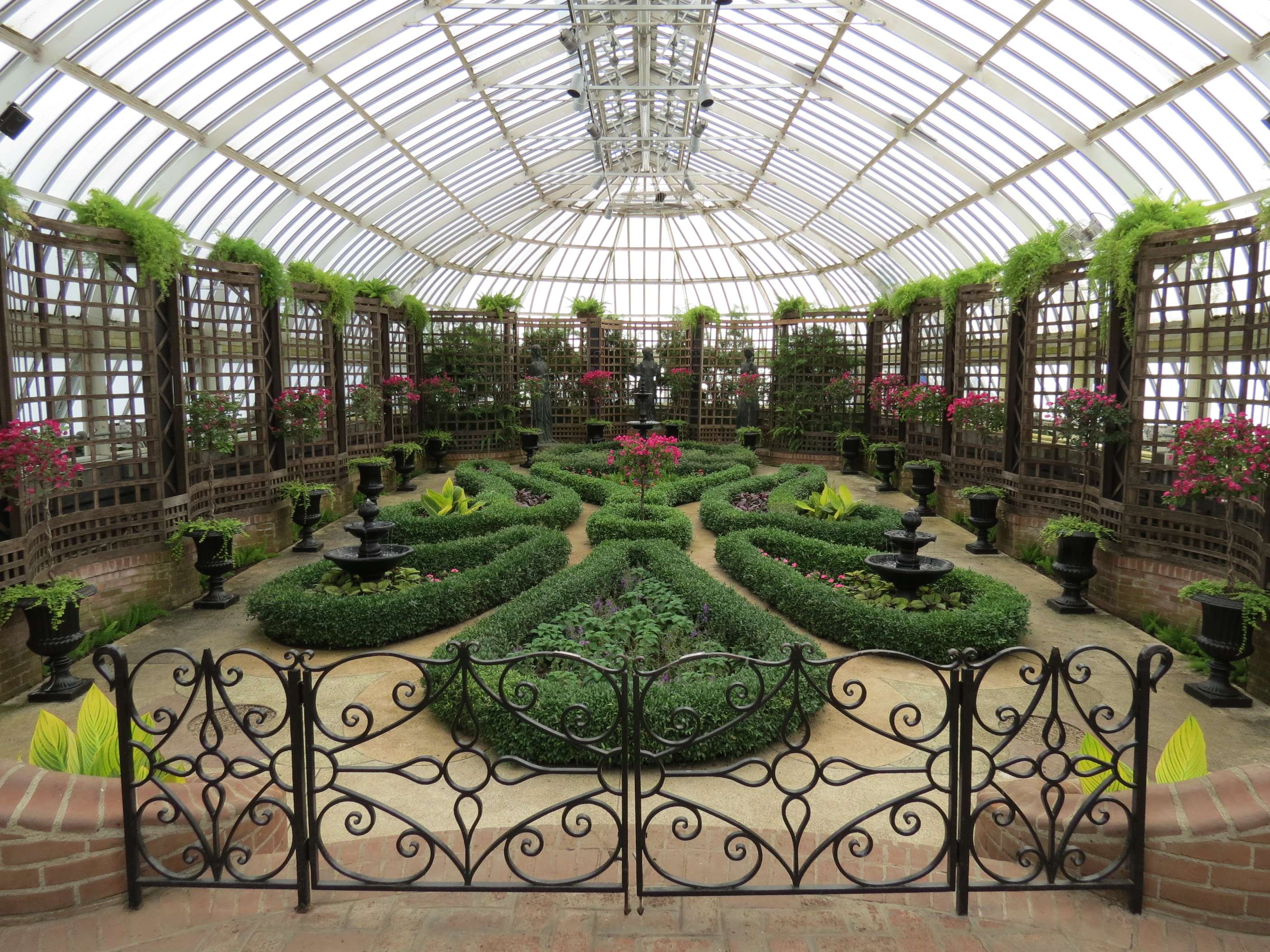
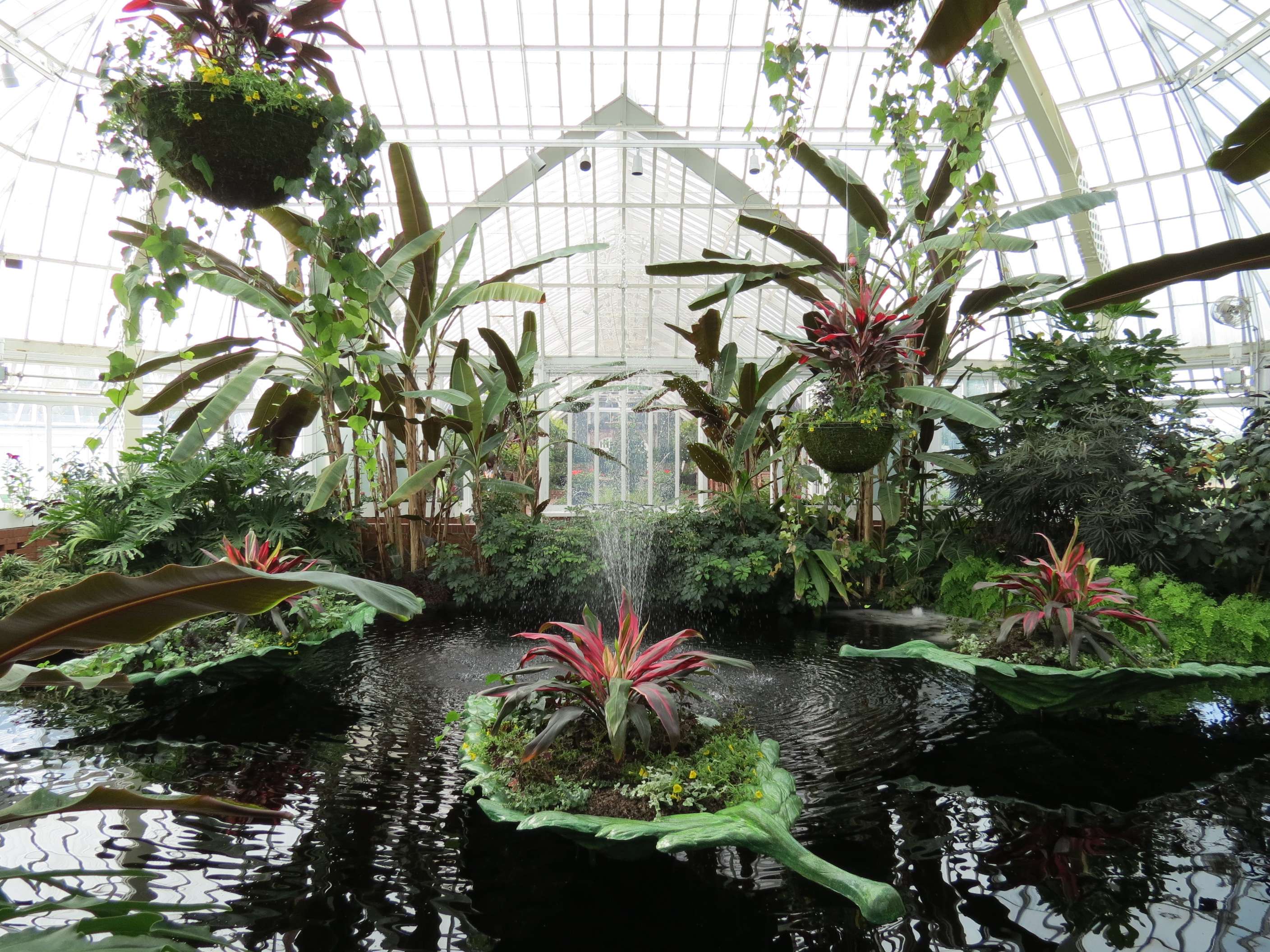
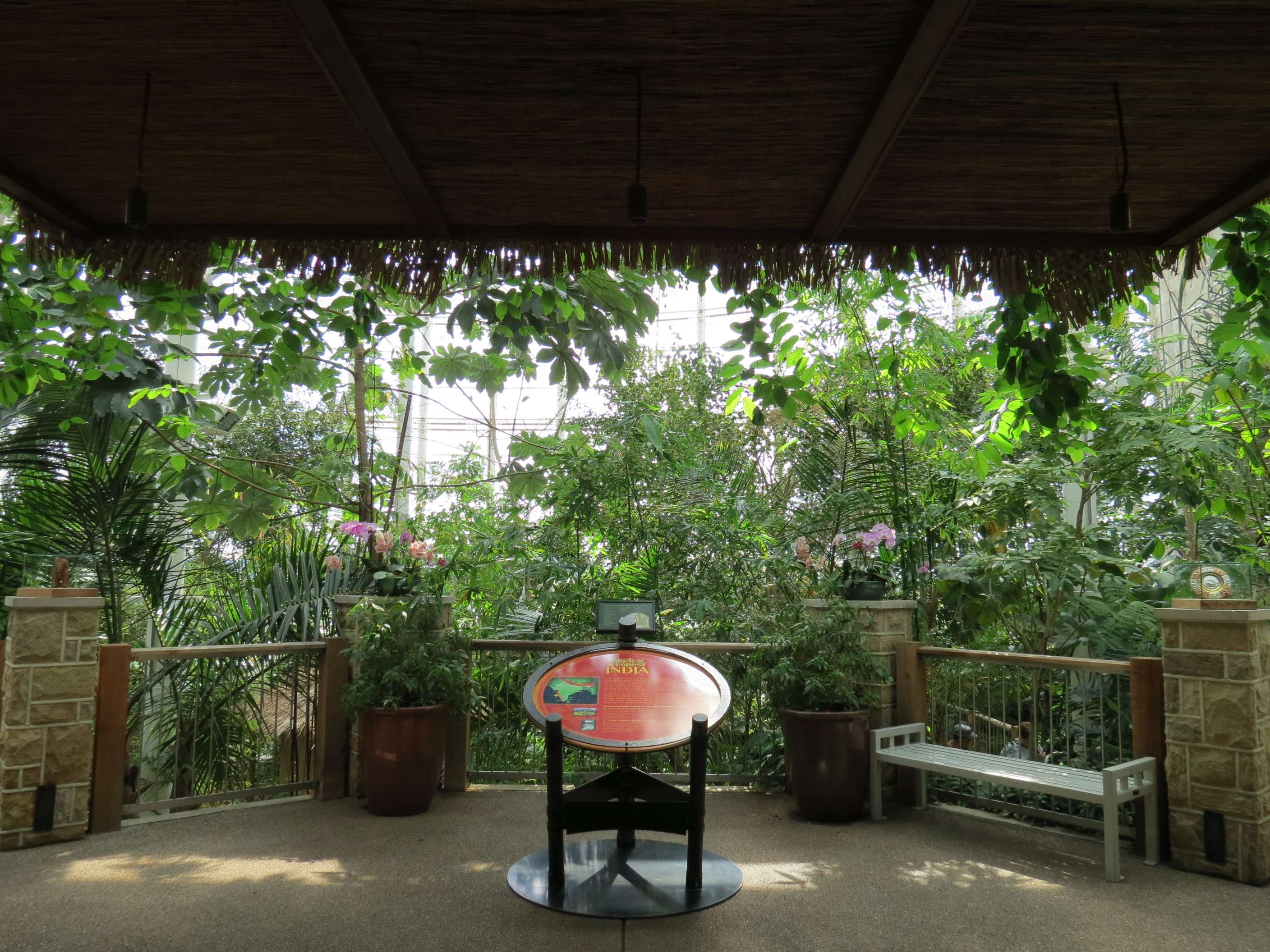
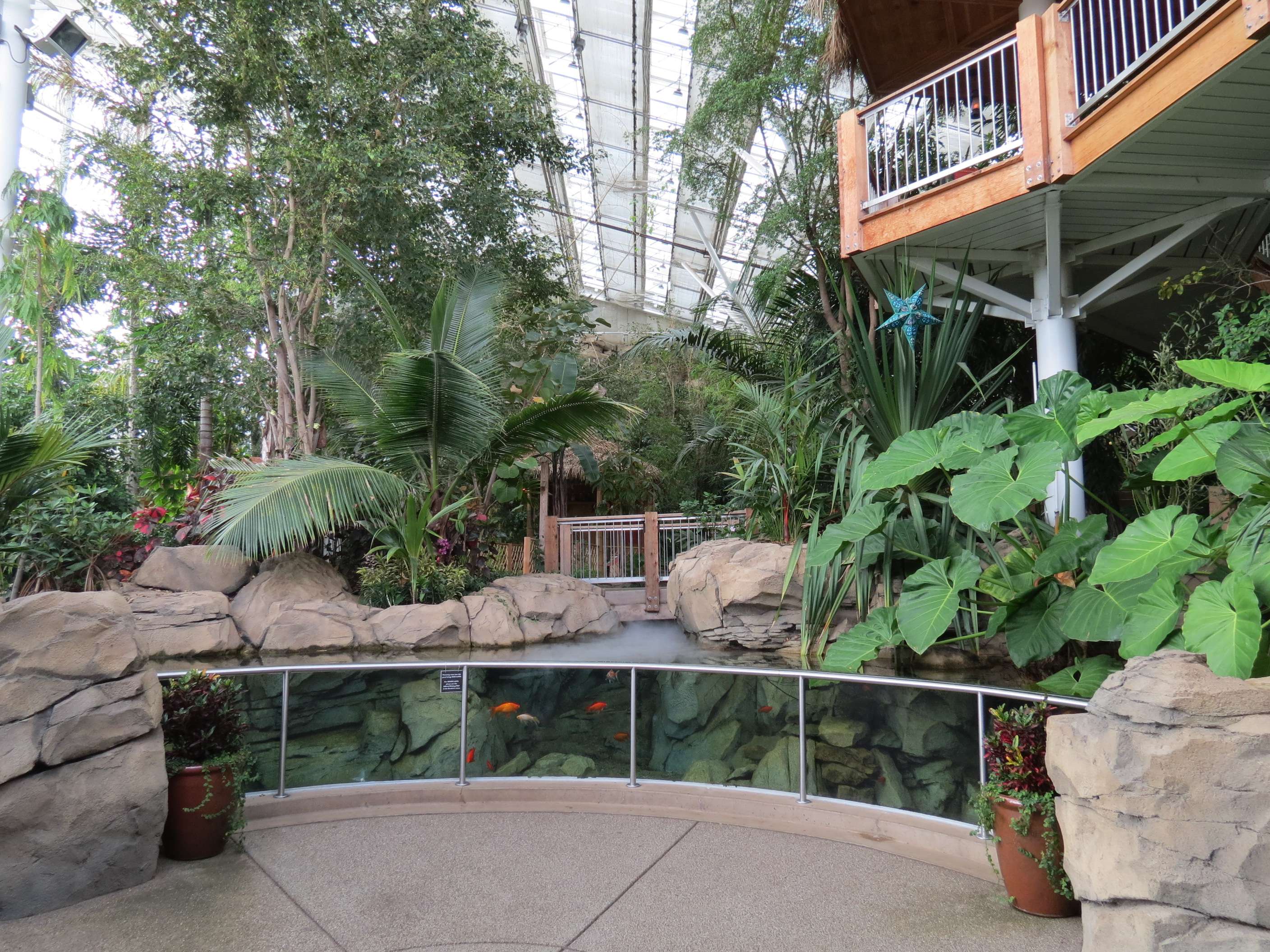
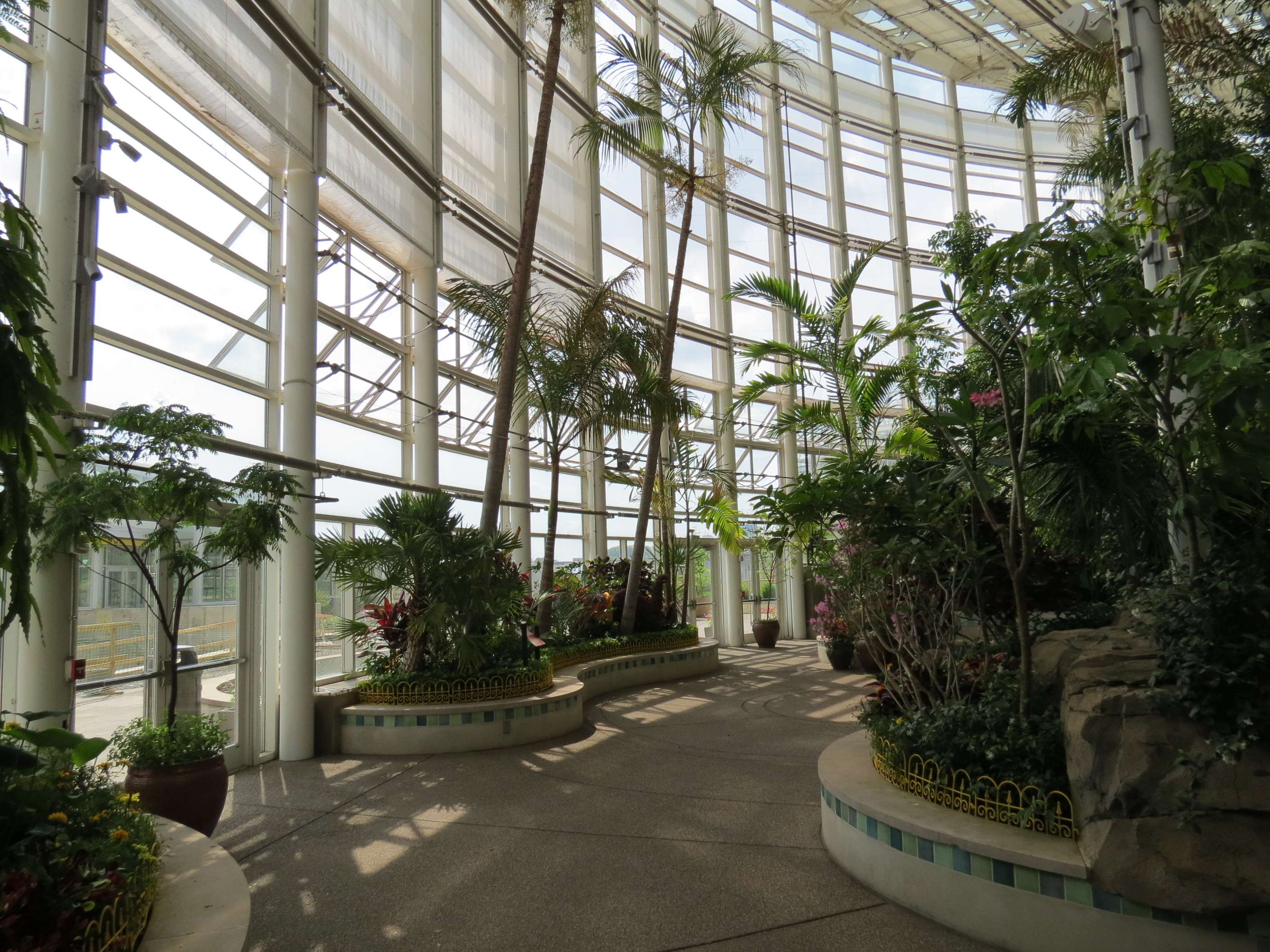
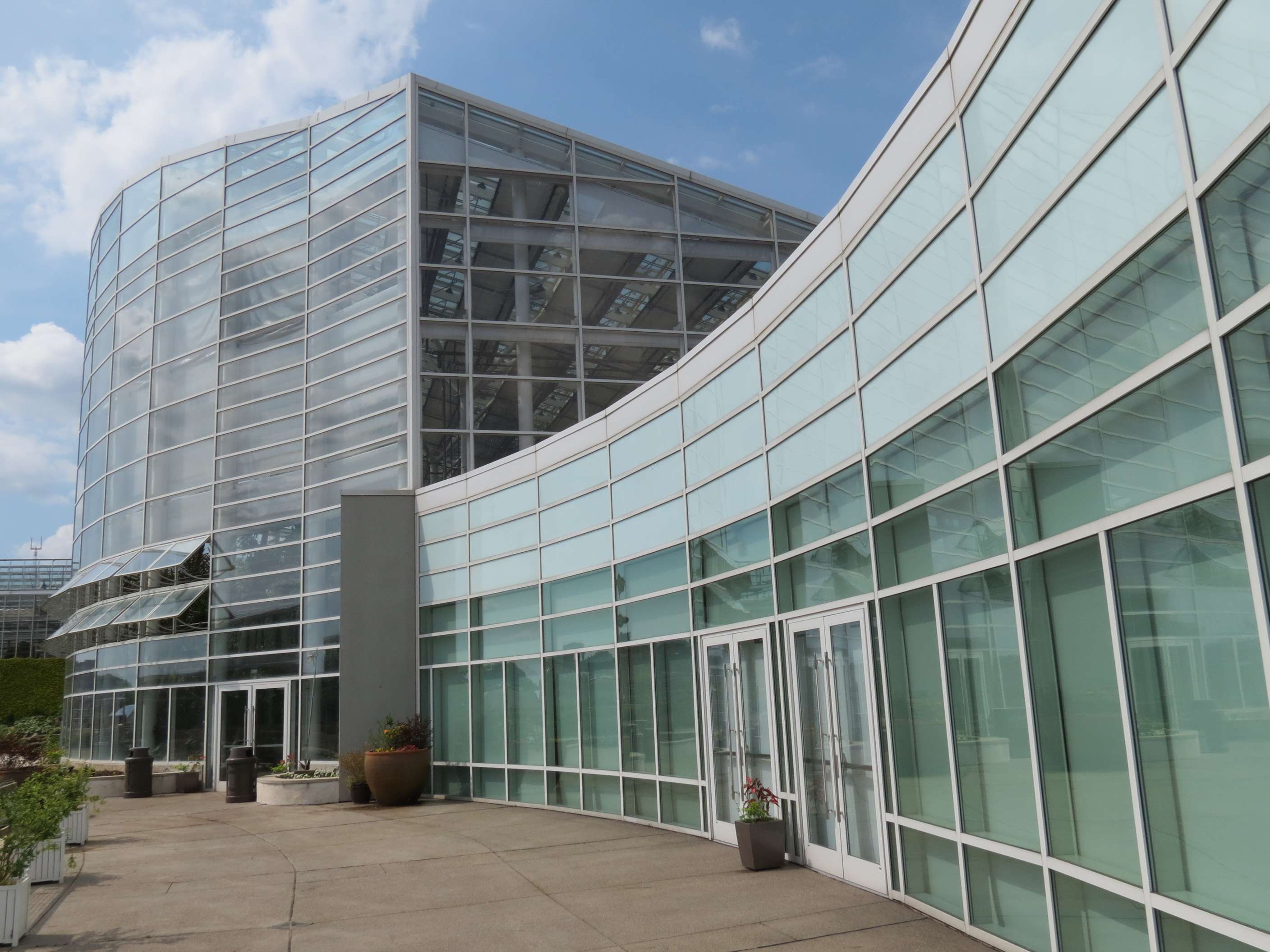
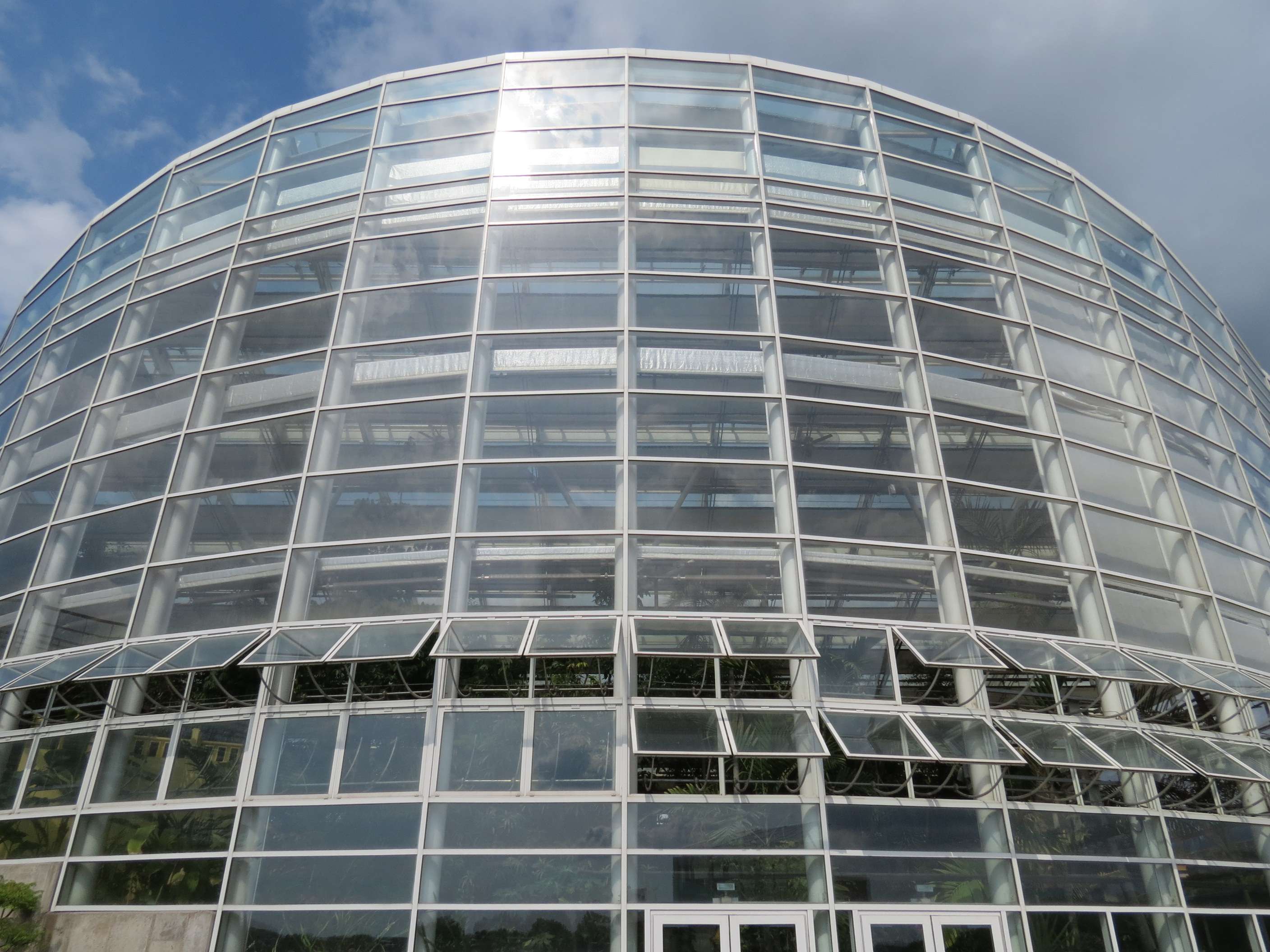
Carnegie Mellon University Buildings:
In contrast to the mostly historic buildings that line this campus' primary mall, a grouping of modern buildings forms another axis on either side of a greenspace. They were completed 1990-99 by the same architecture firm as each other, and include the University Center, Dormitory and Dining Hall, Gesling Stadium and Parking Garage, and Purnell Center for the Arts. Jonathan Borofsky's 'Walking to the Sky' sculpture (2006) holds a prominent place in the lawn.
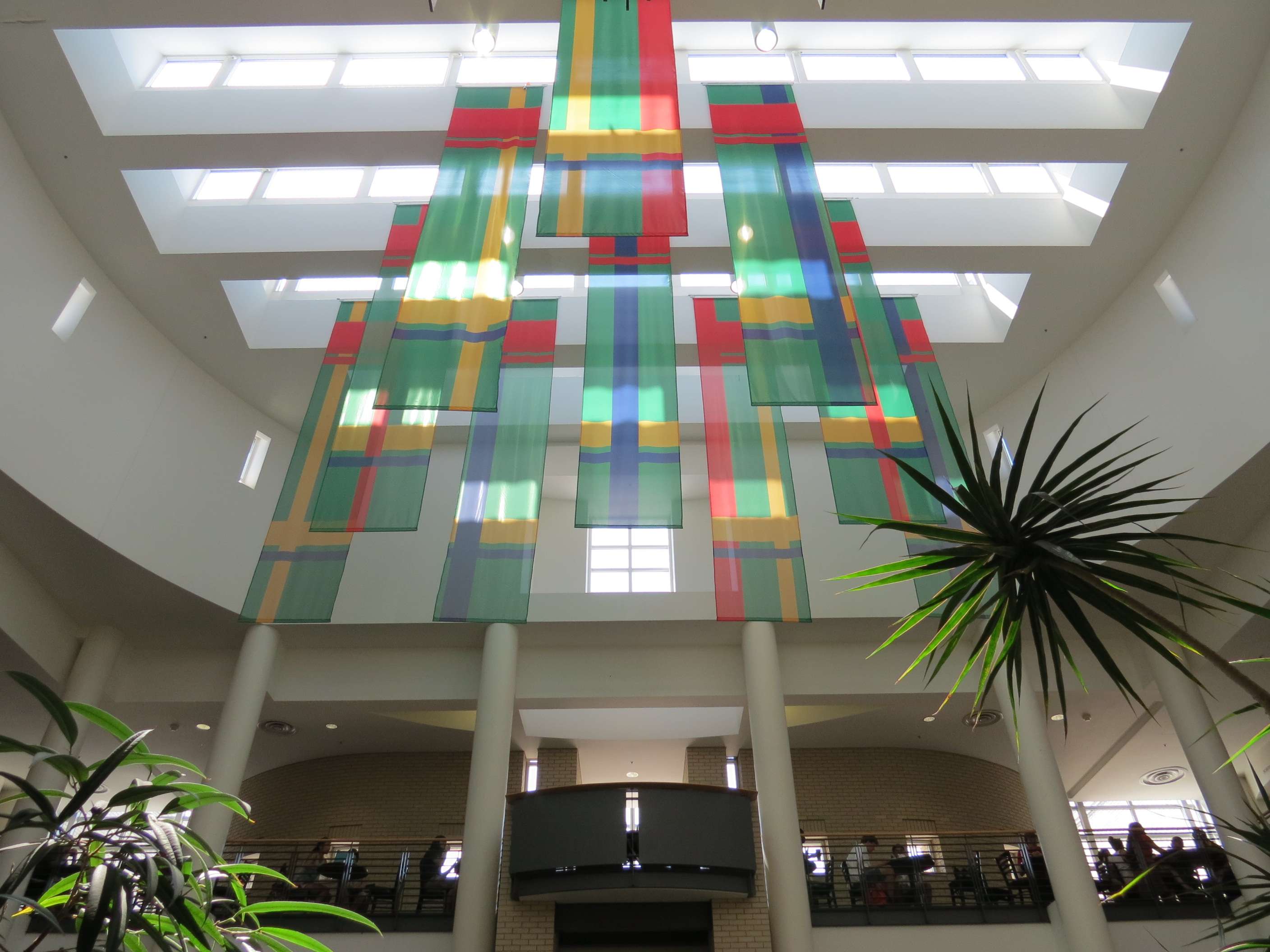

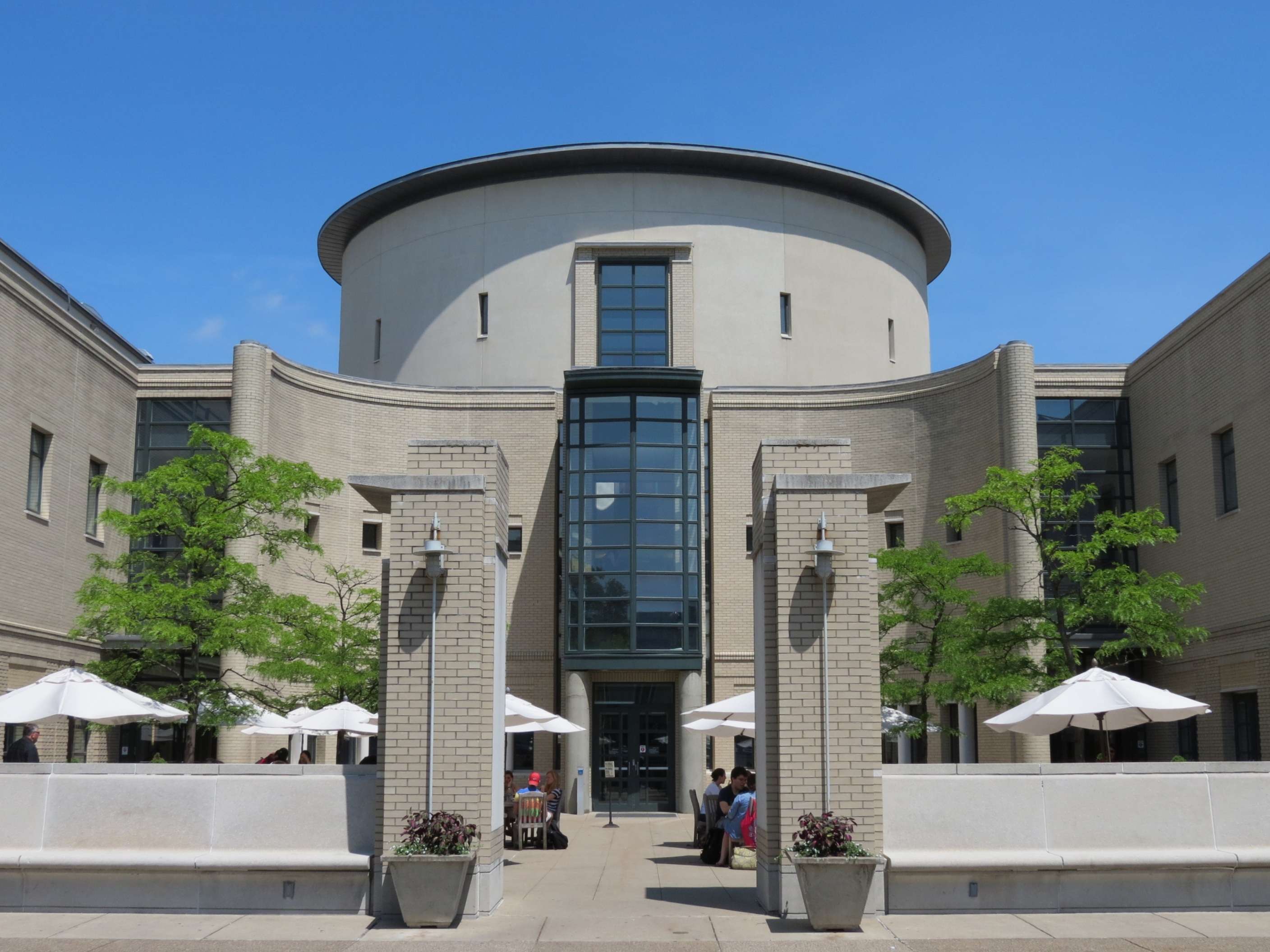
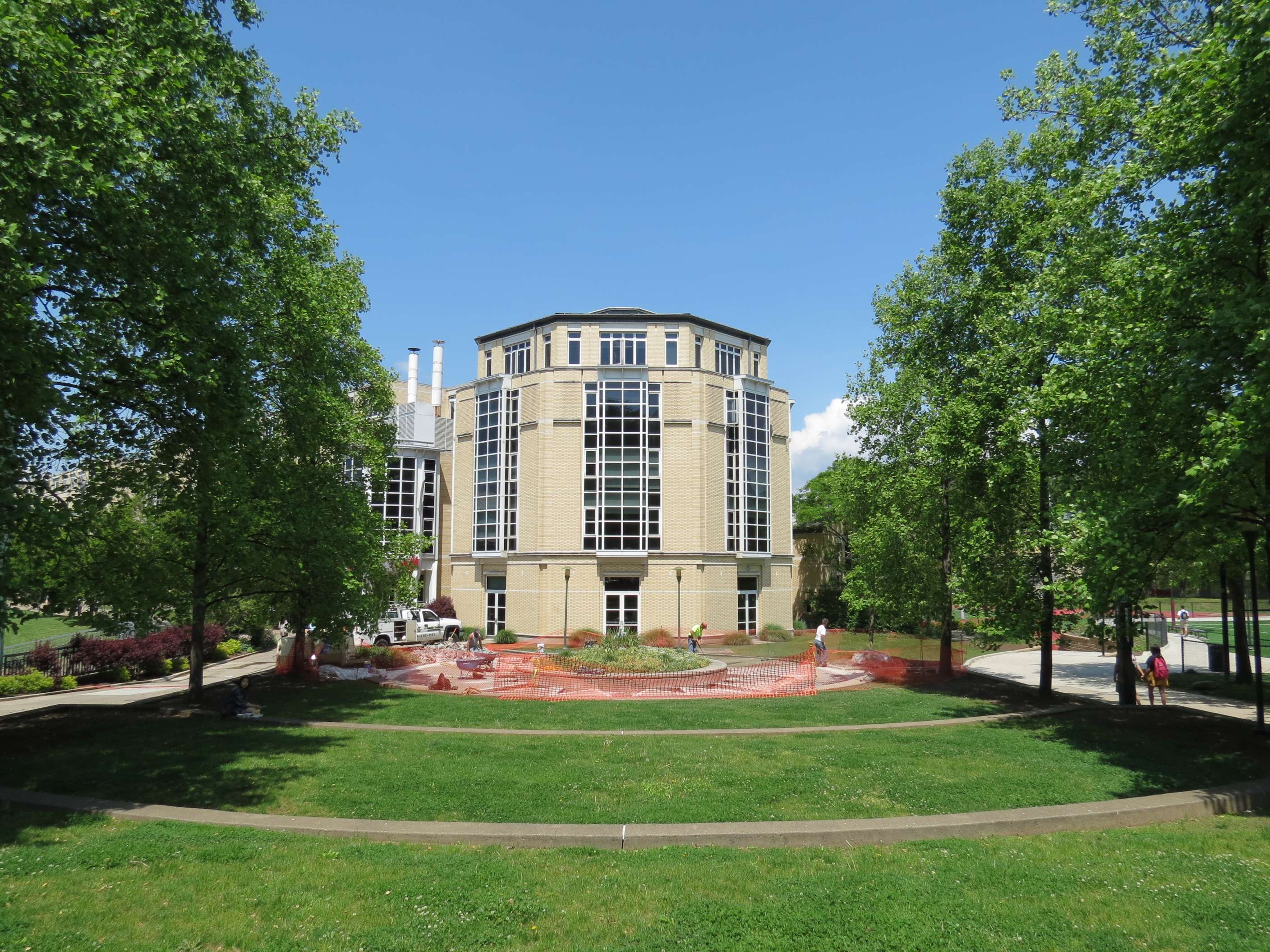
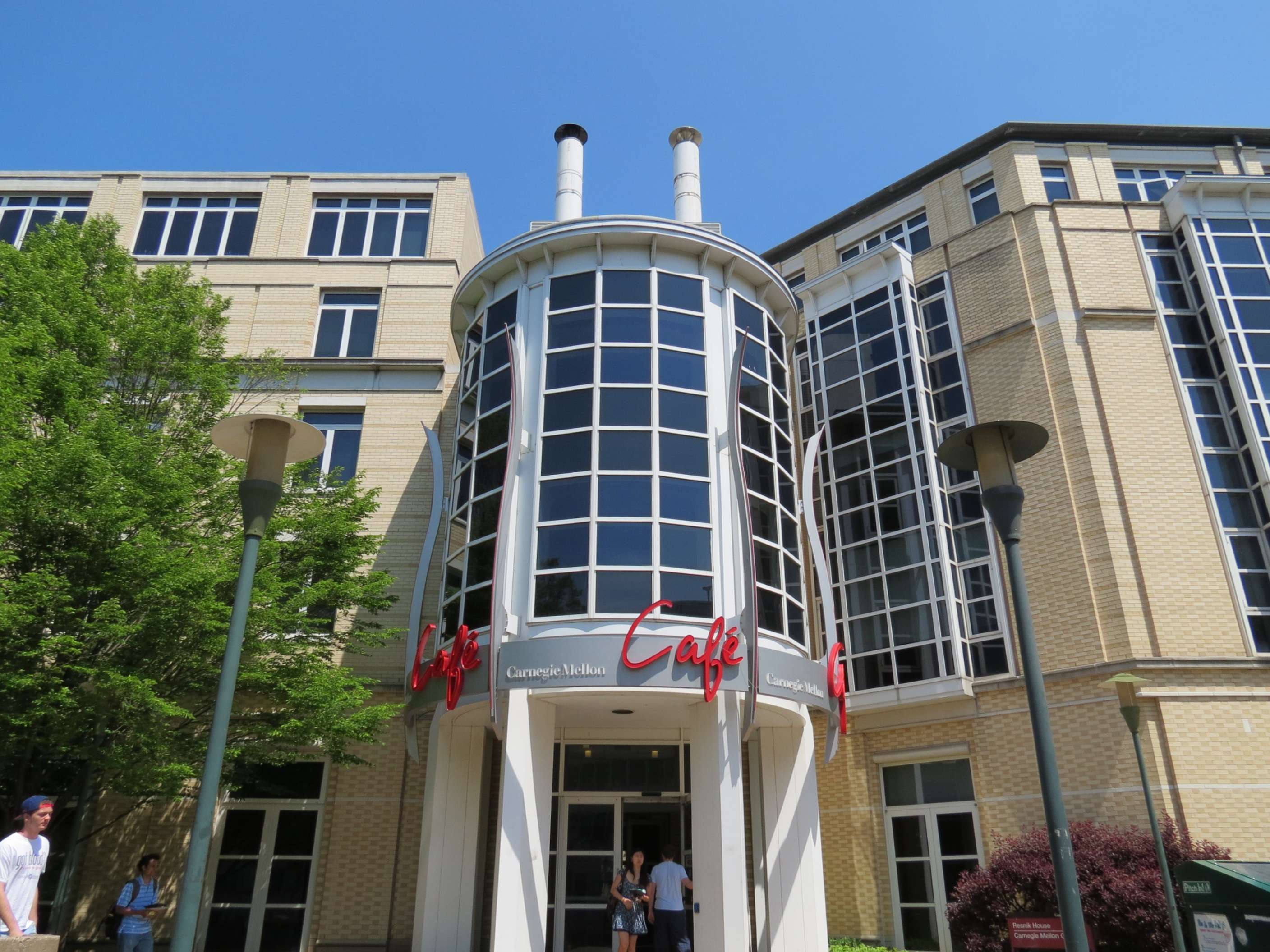
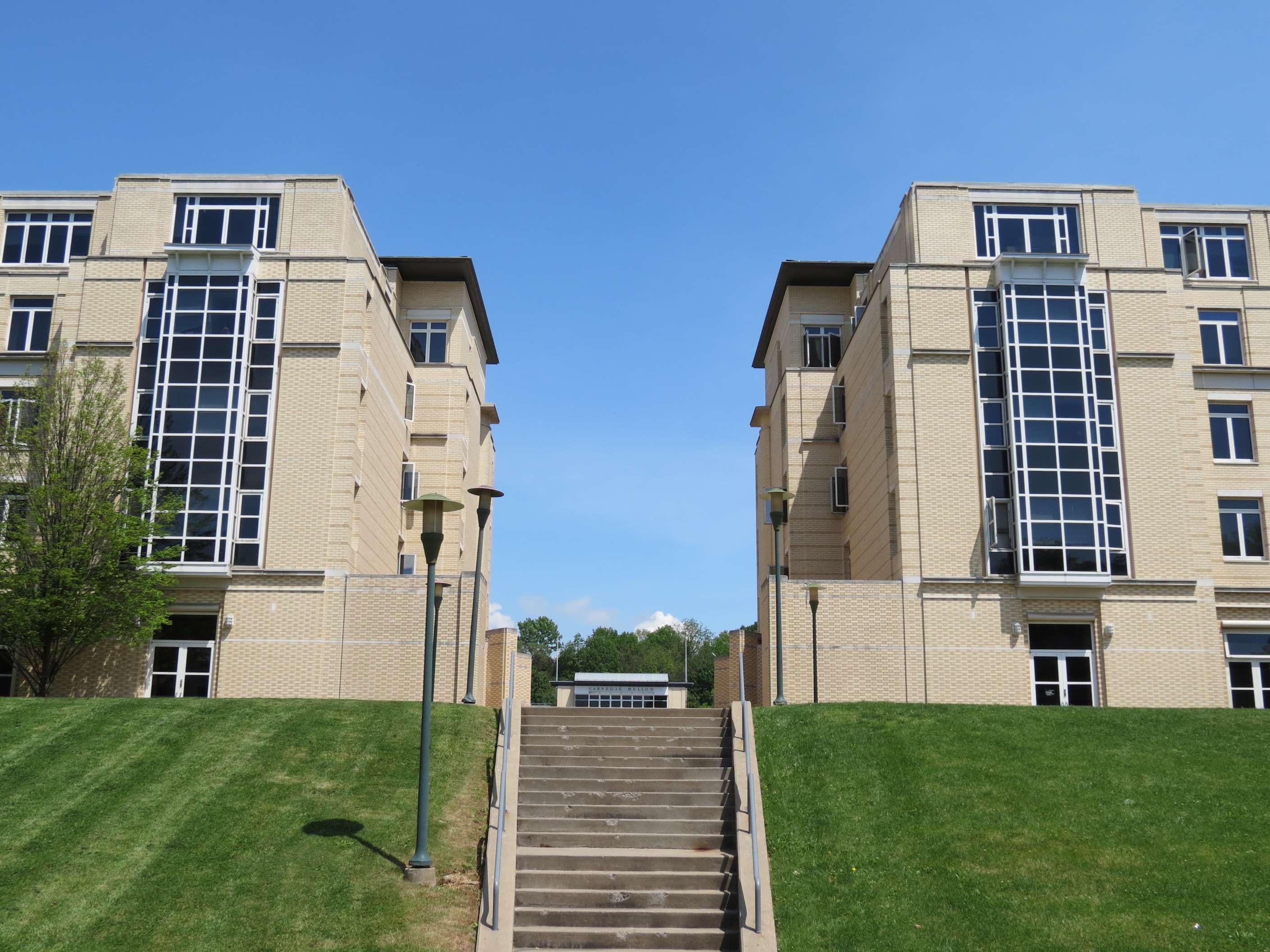


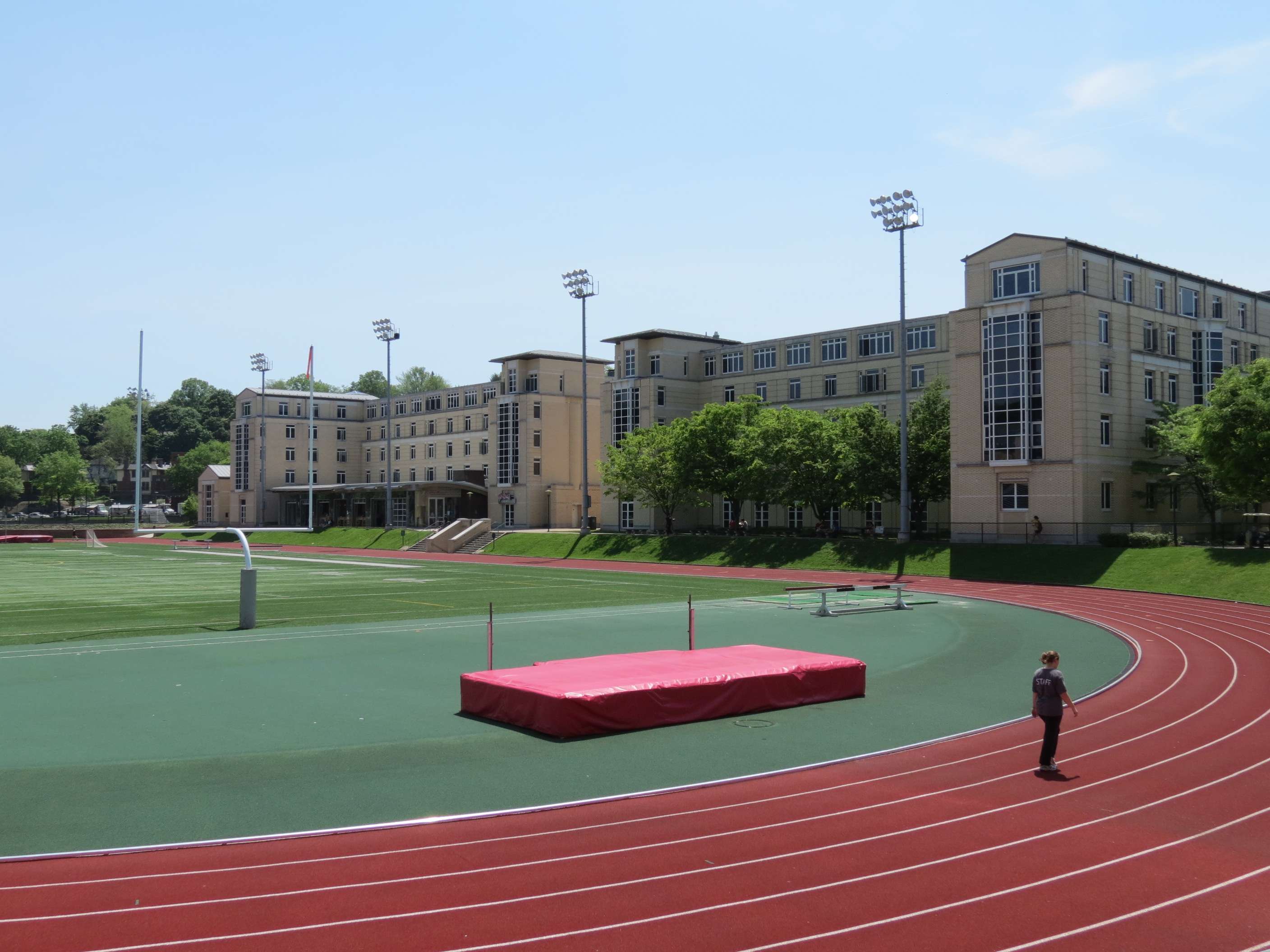
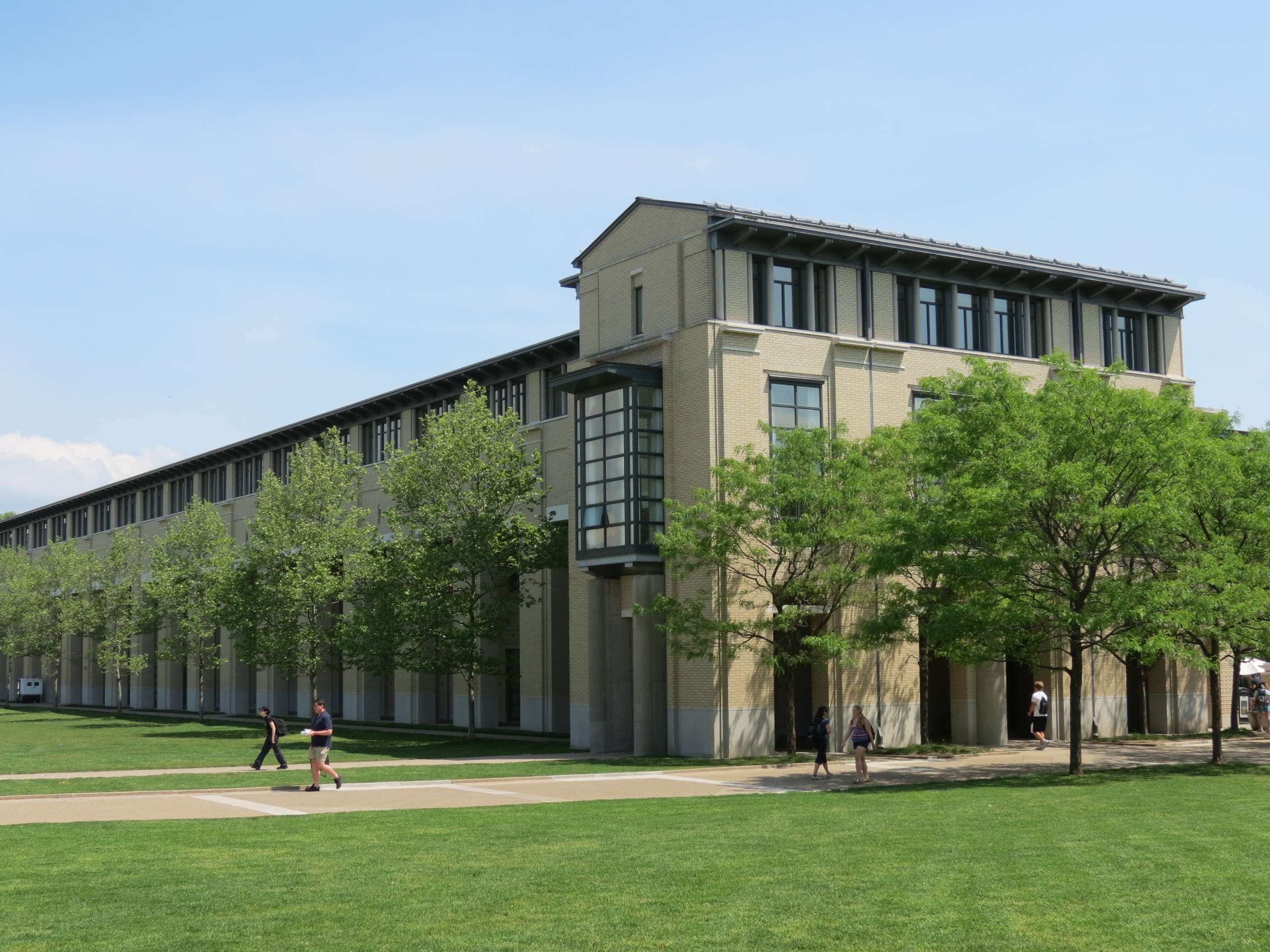


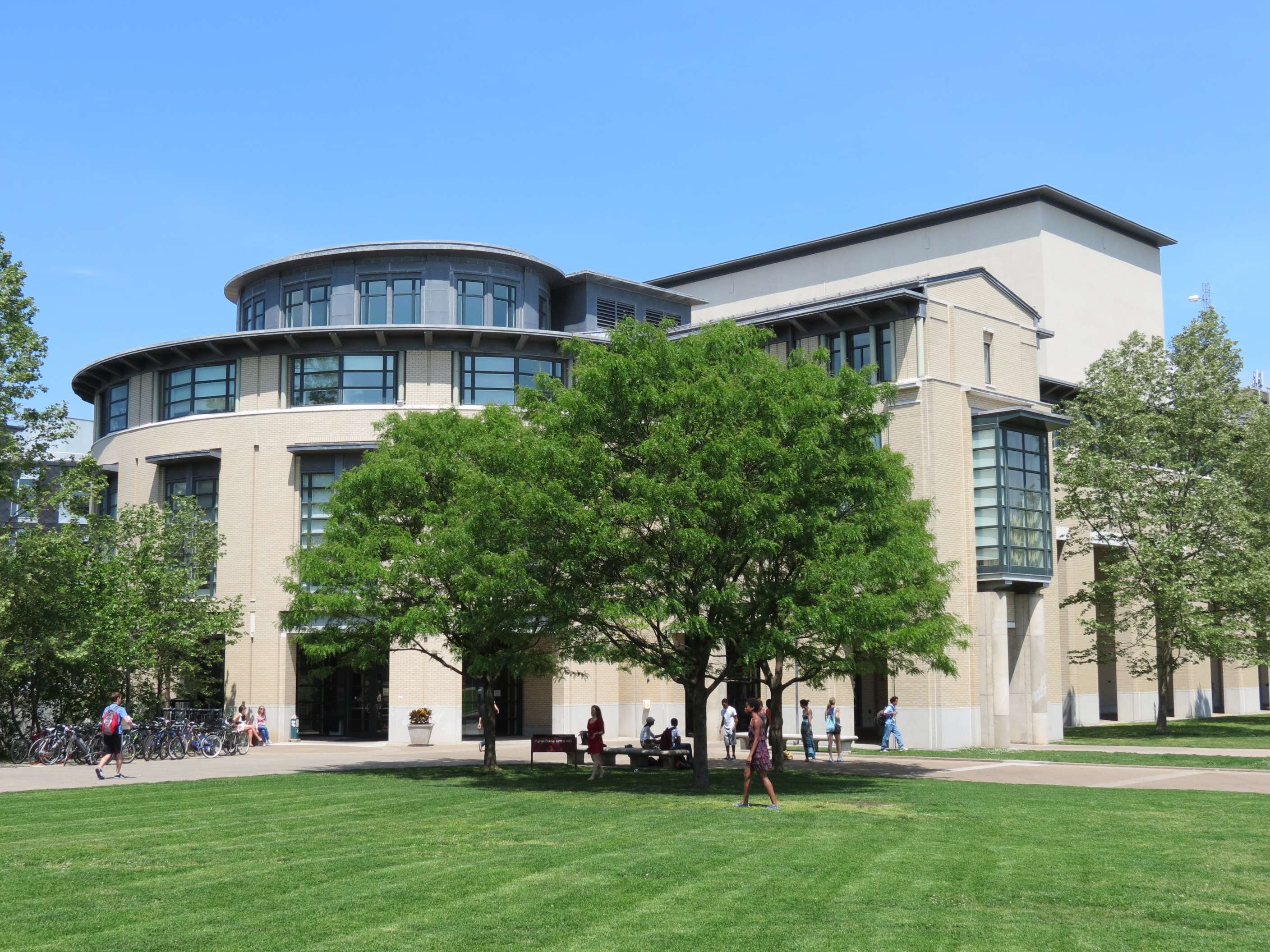
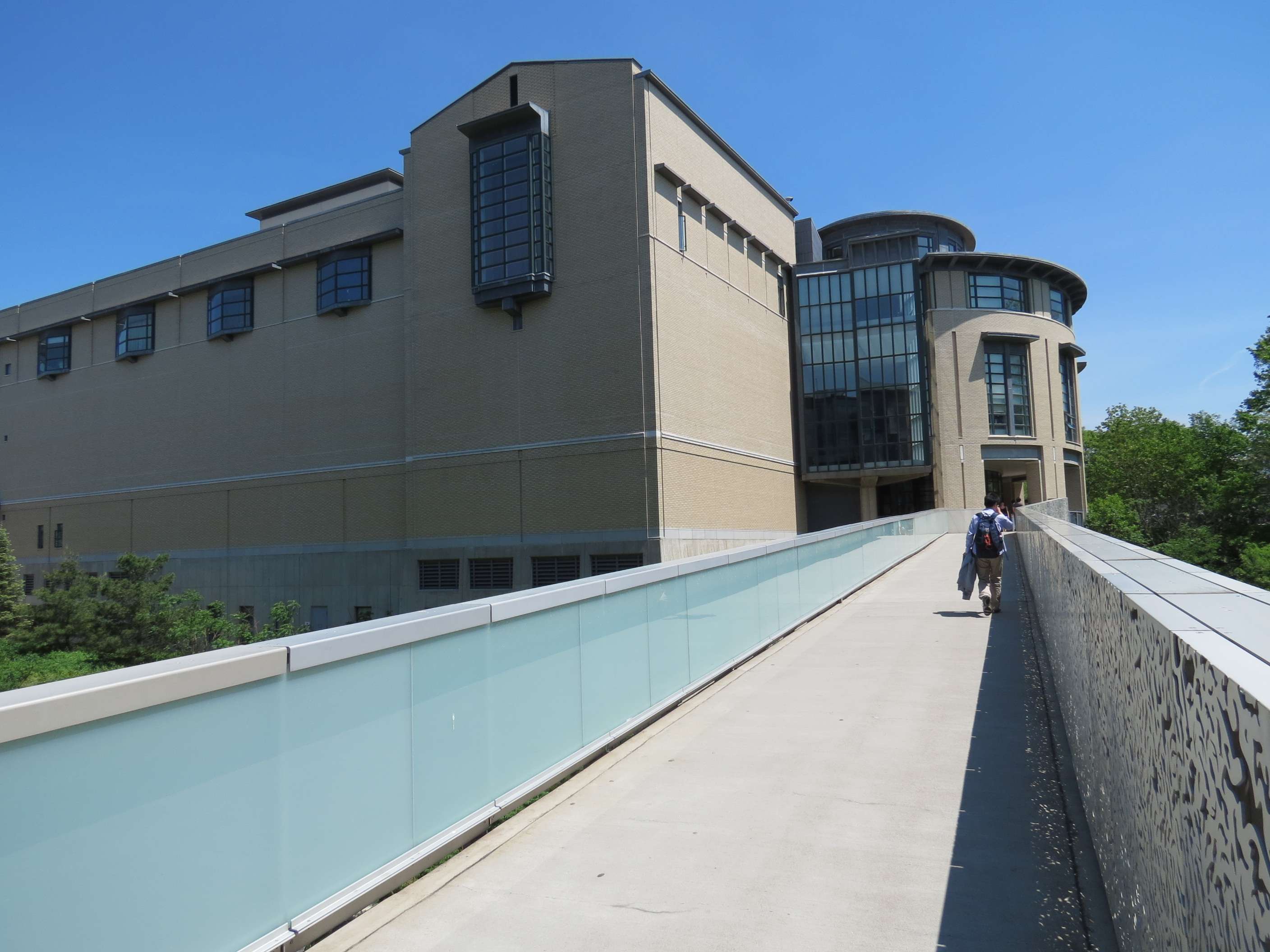
Gates and Hillman Centers, 2009:
These two modern buildings are also on the Carnegie Mellon University campus, linked to the Purnell Center of the Arts pictured above by the Pausch Bridge.

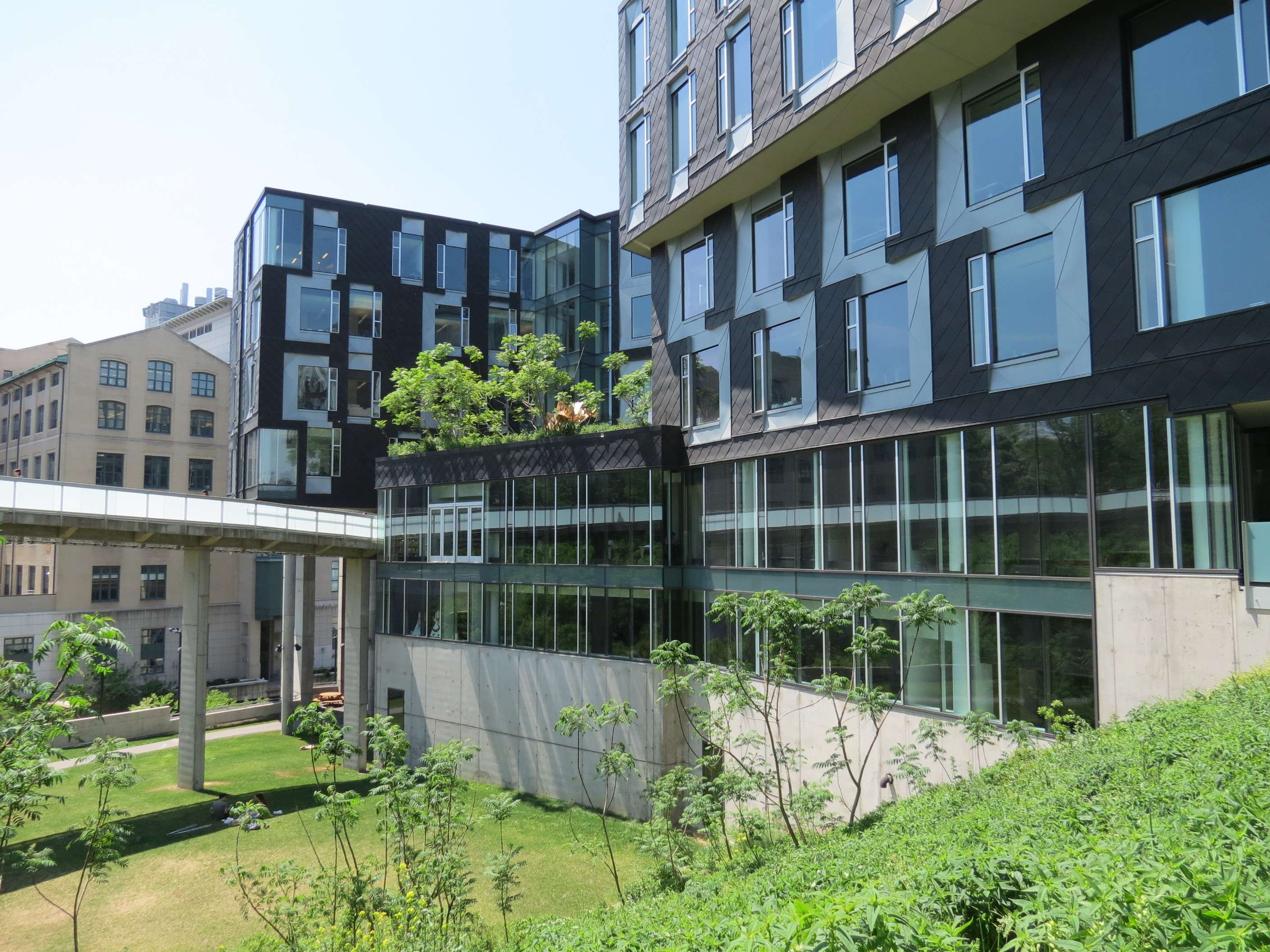
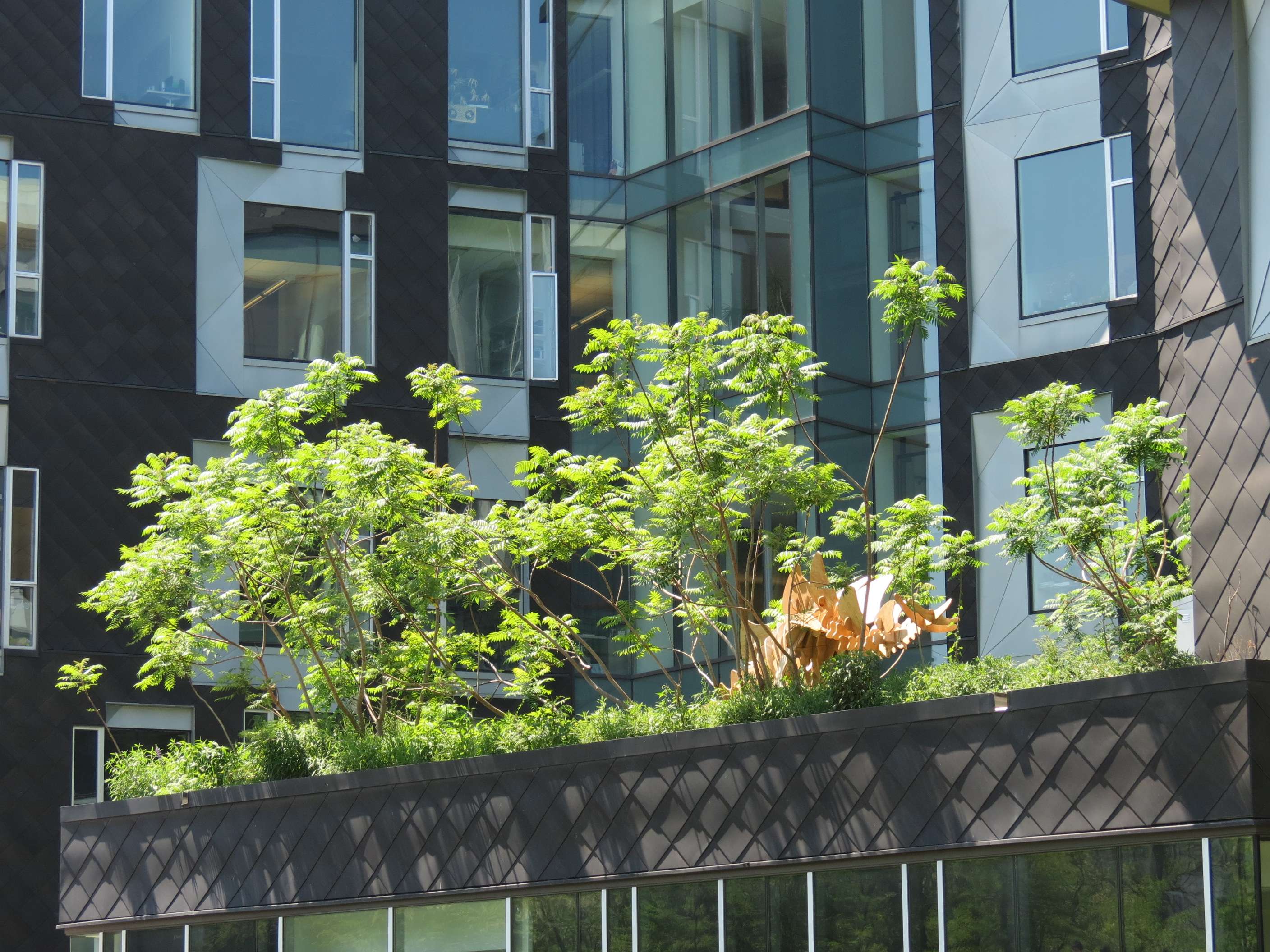
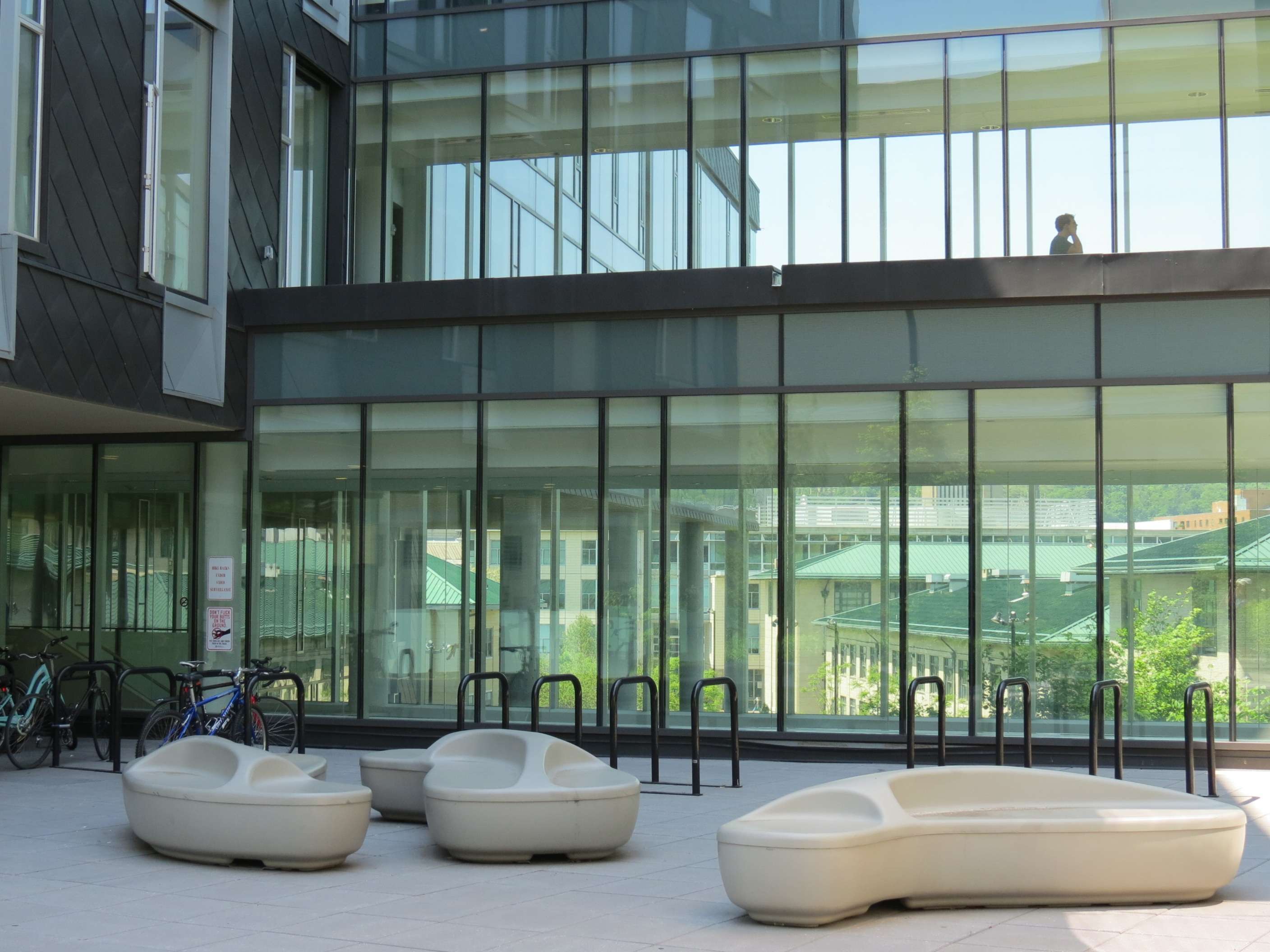
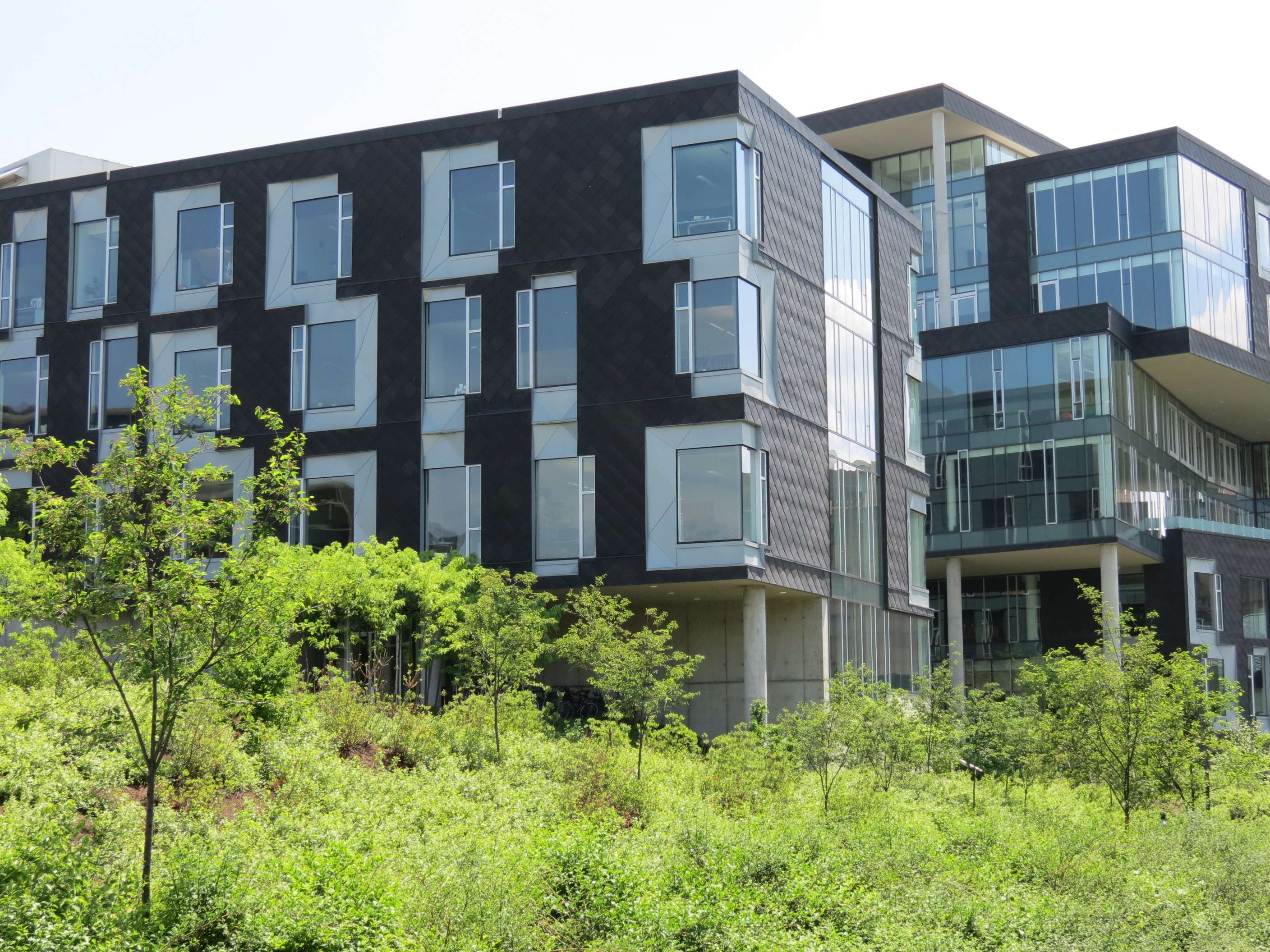
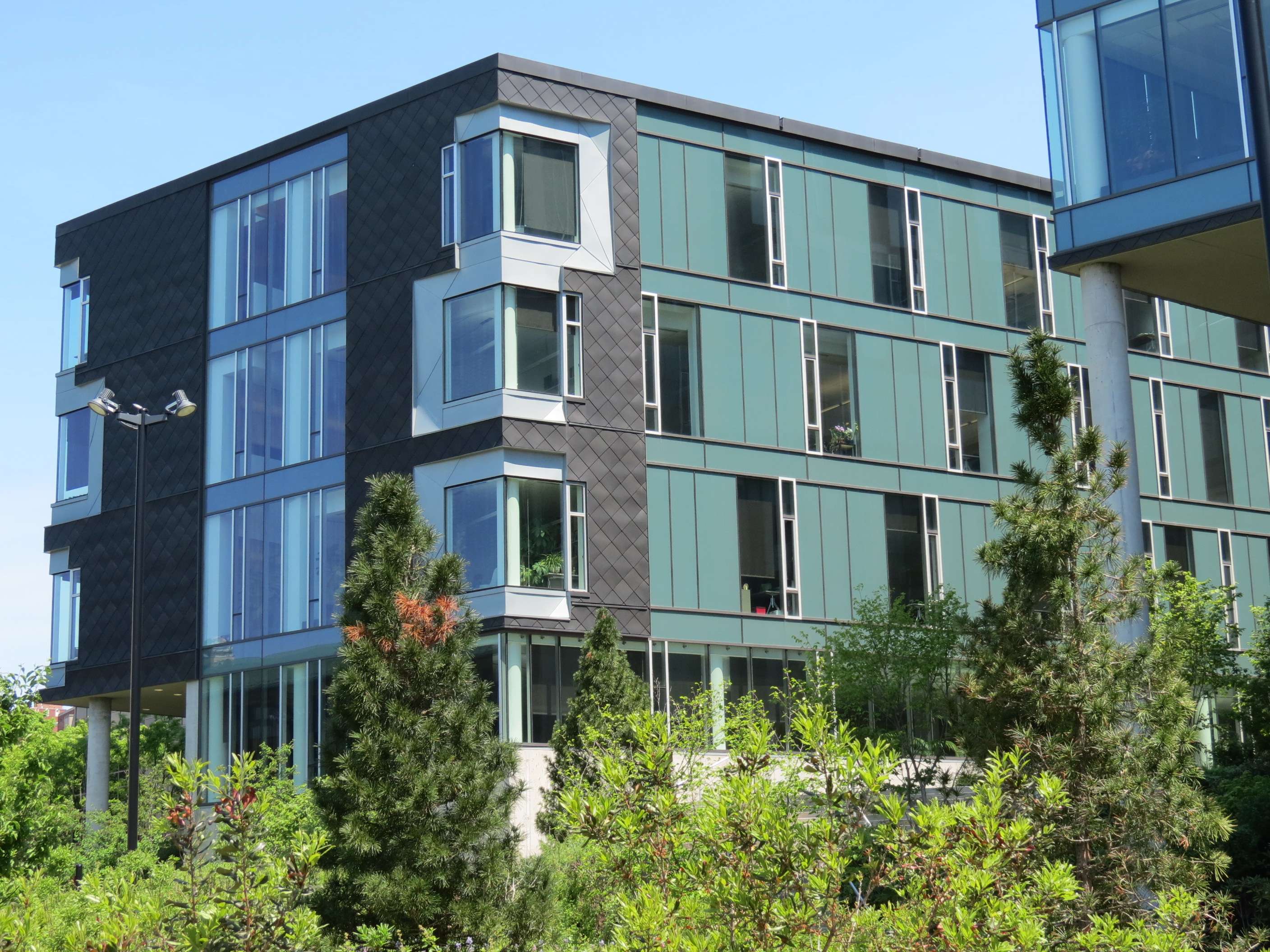
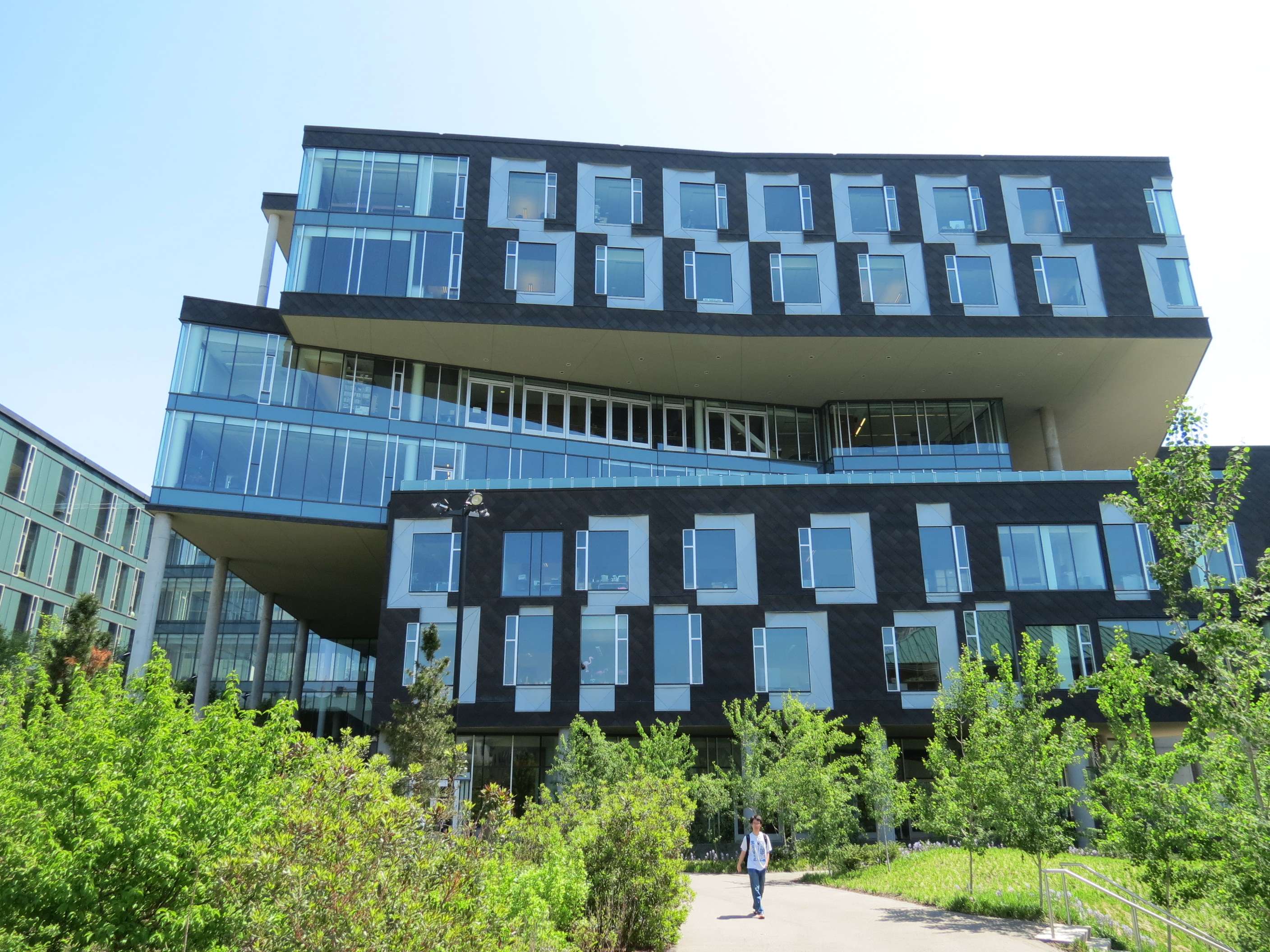
Collaborative Innovation Center, 2007:
This building is also at Carnegie Mellon University.
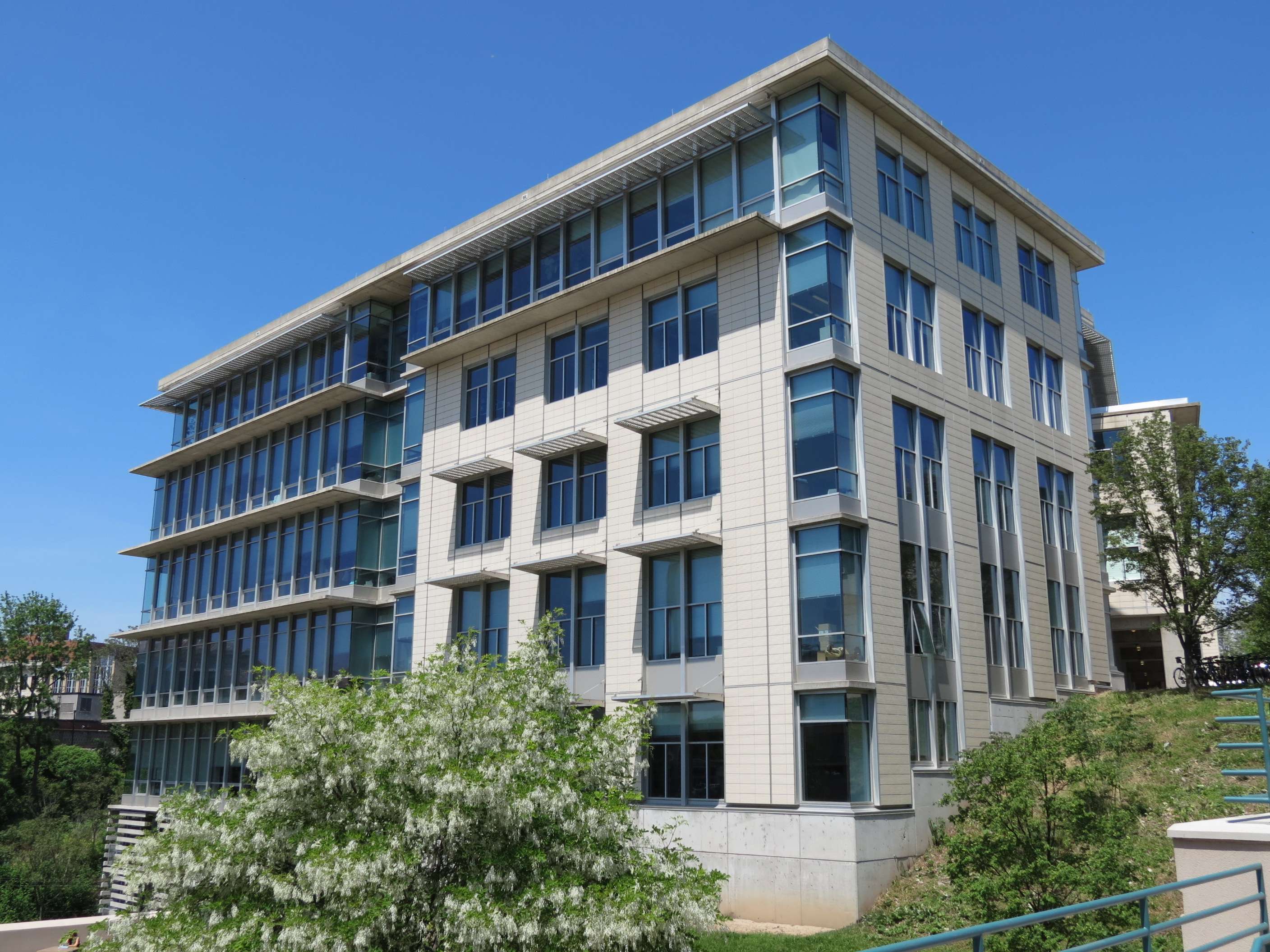

All photographs taken in May 2012 by geomorph.
See my other Pittsburgh threads:
Downtown - Historic Era :
http://forum.skyscraperpage.com/showthread.php?t=203104
Downtown - Modern Era :
http://forum.skyscraperpage.com/showthread.php?t=203090
Oakland - Part 1 :
http://forum.skyscraperpage.com/showthread.php?t=203126
North Shore :
http://forum.skyscraperpage.com/showthread.php?t=201890